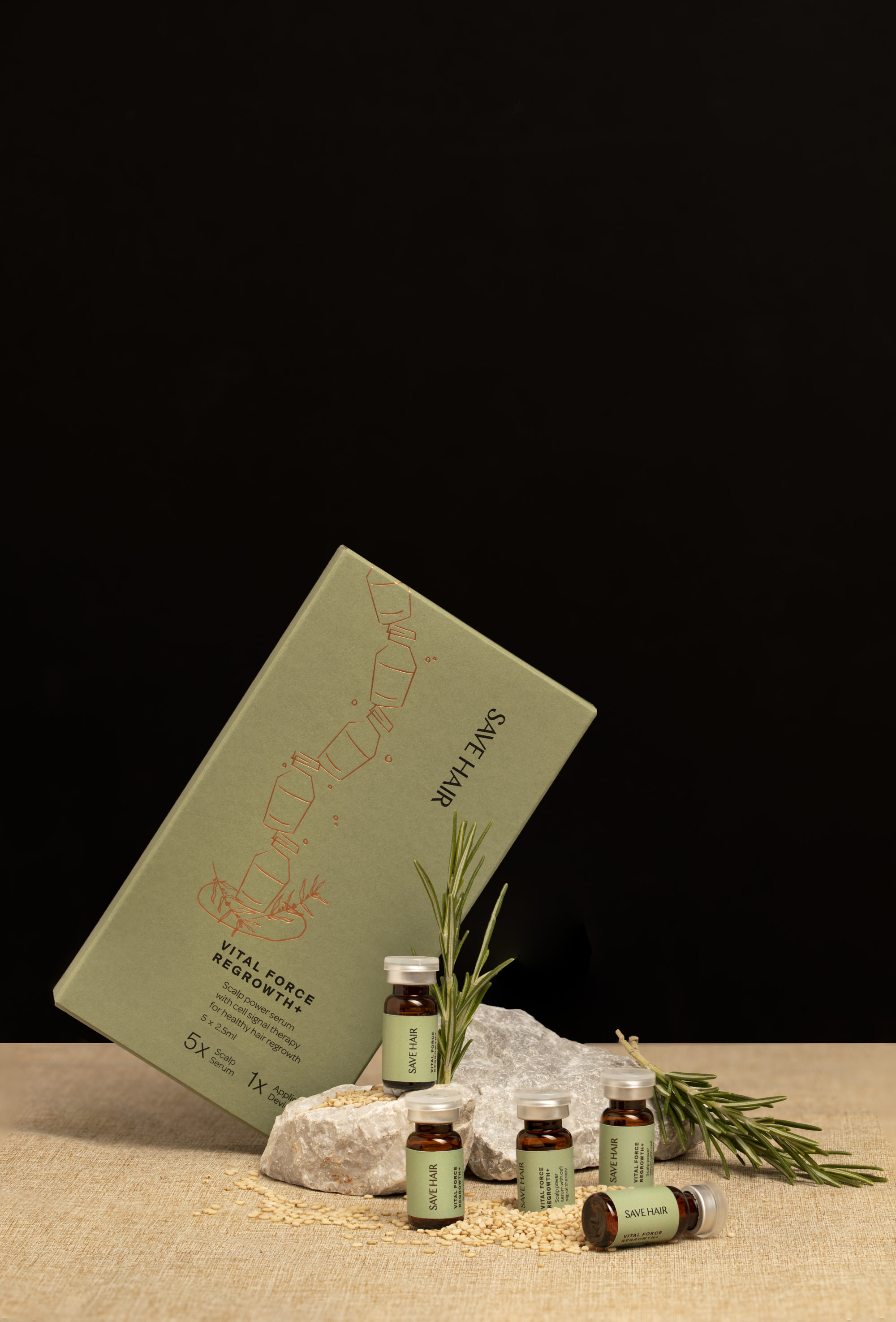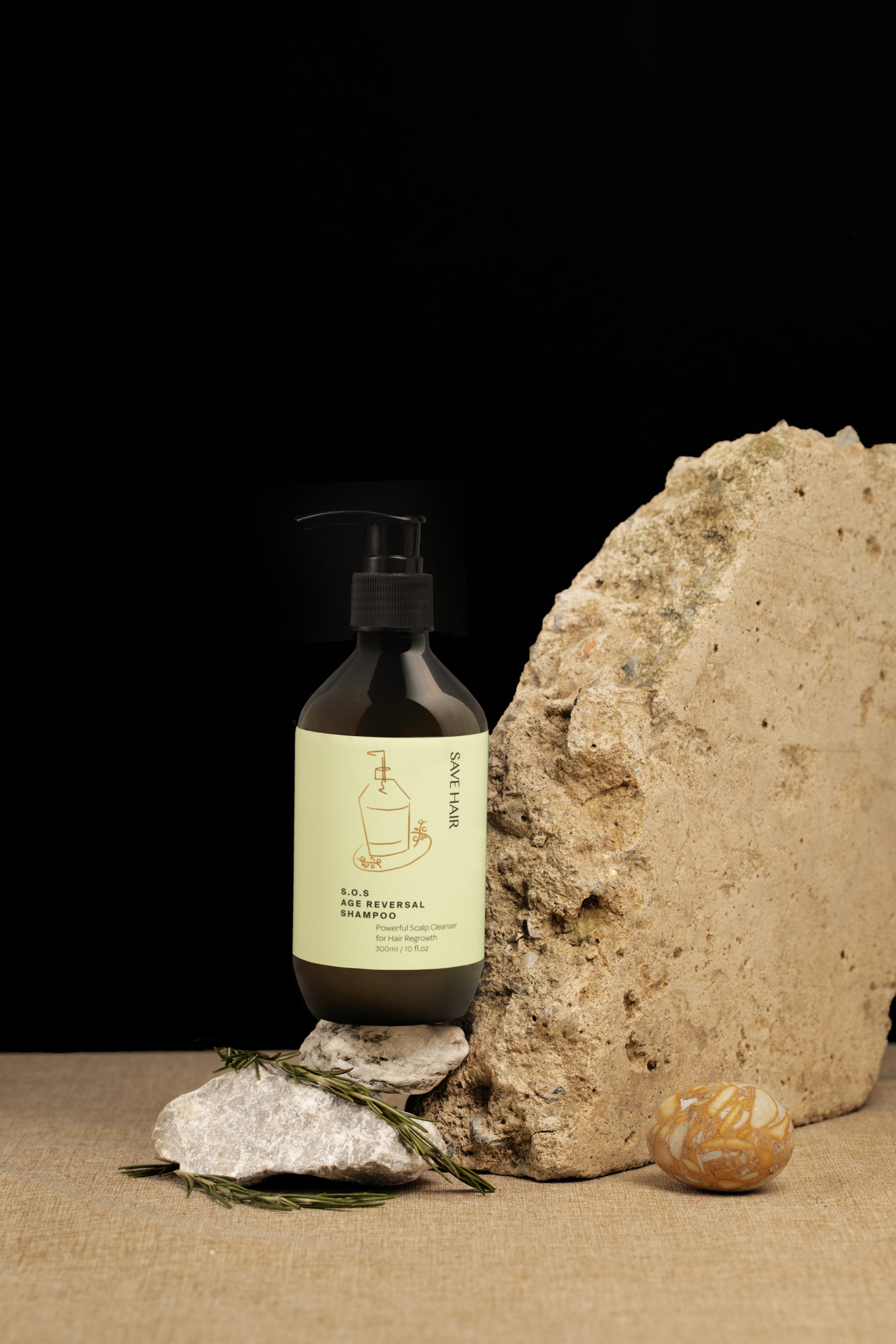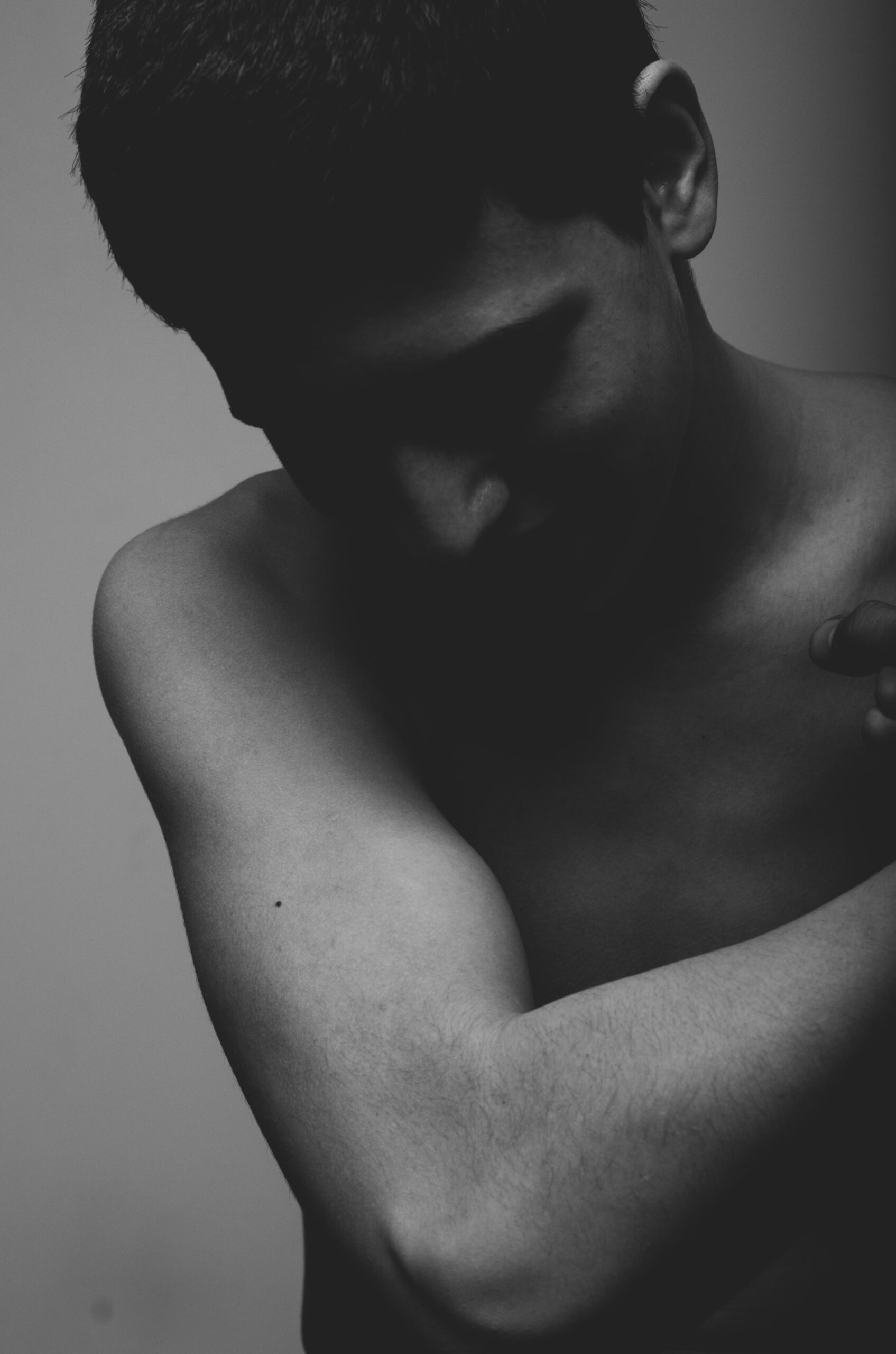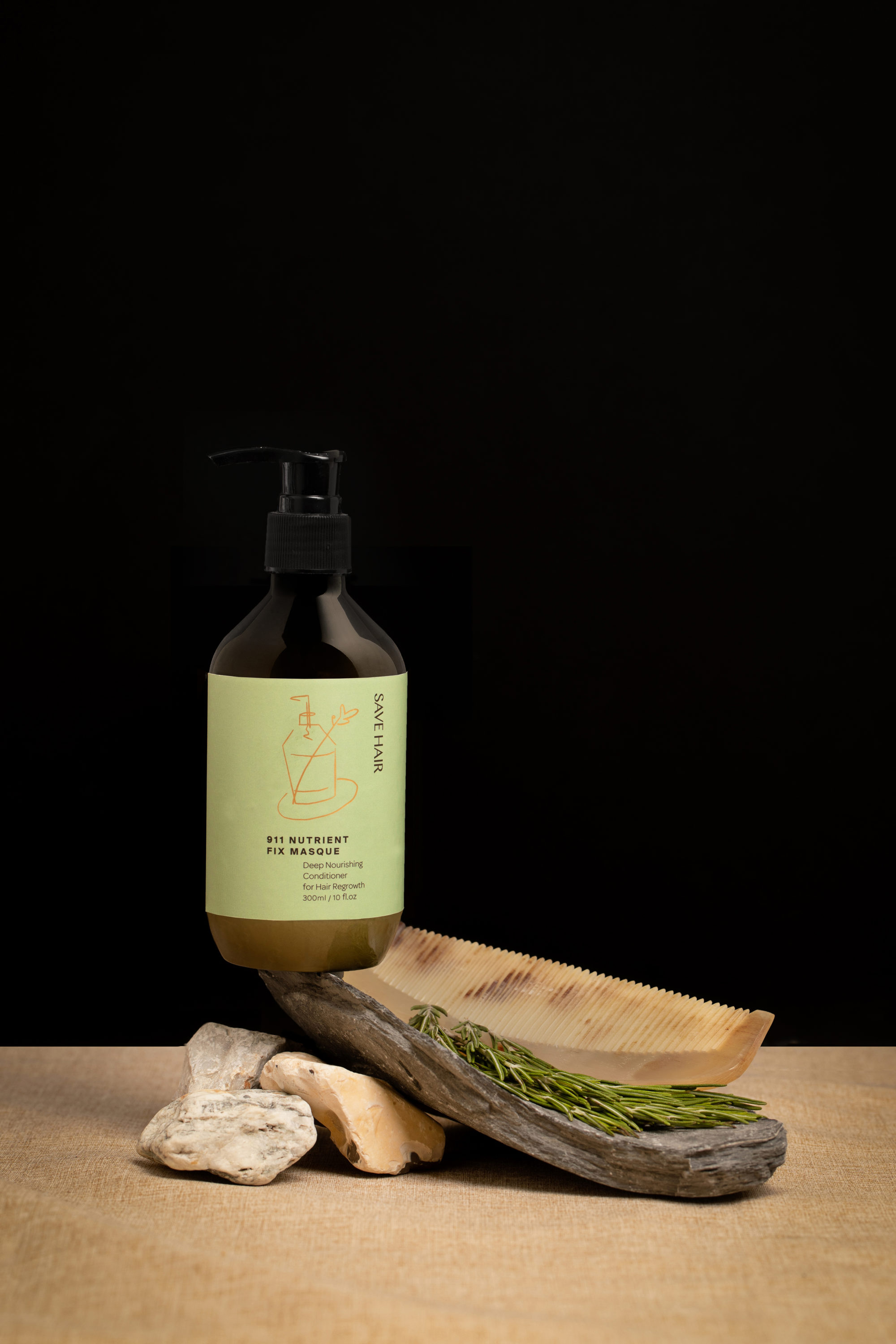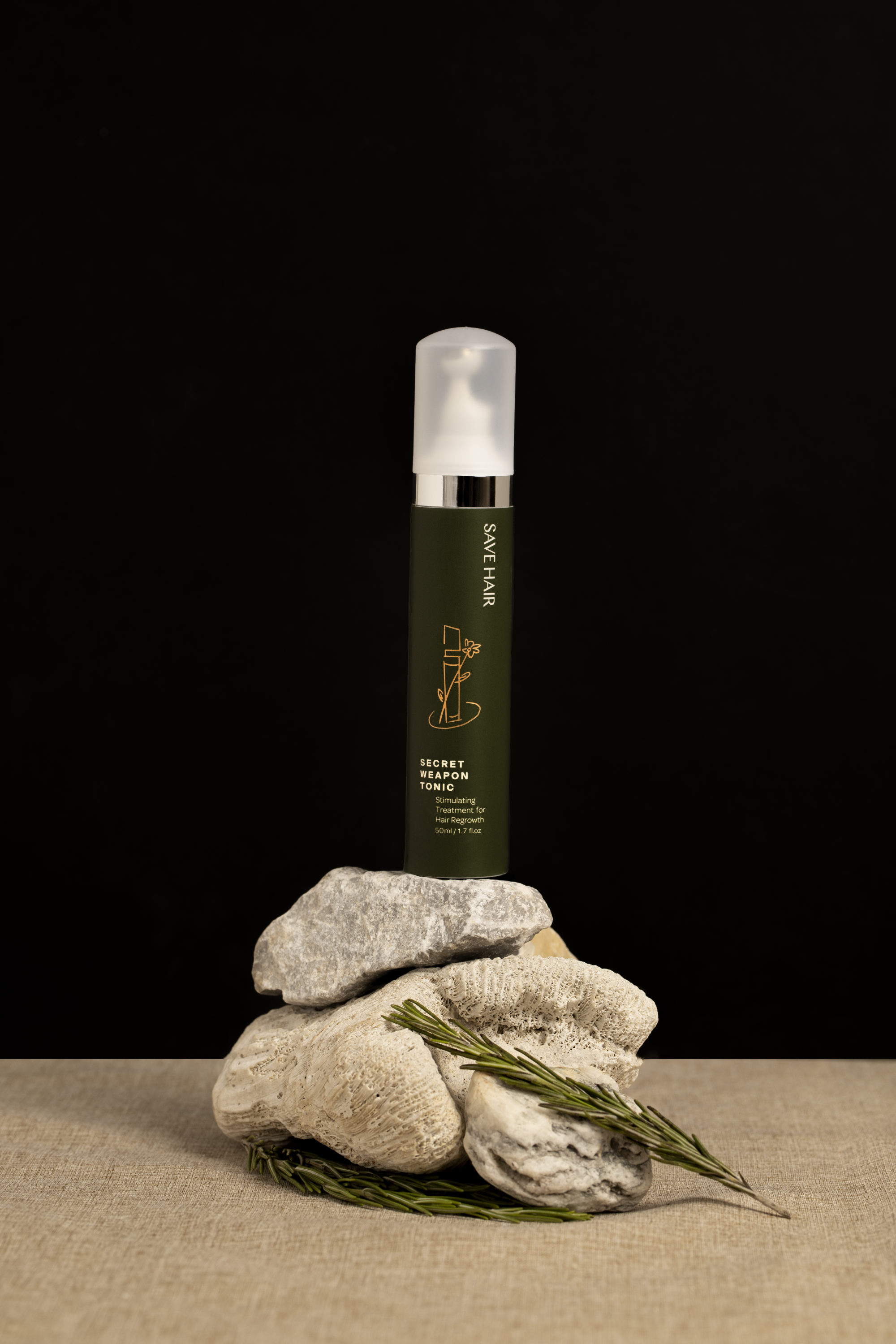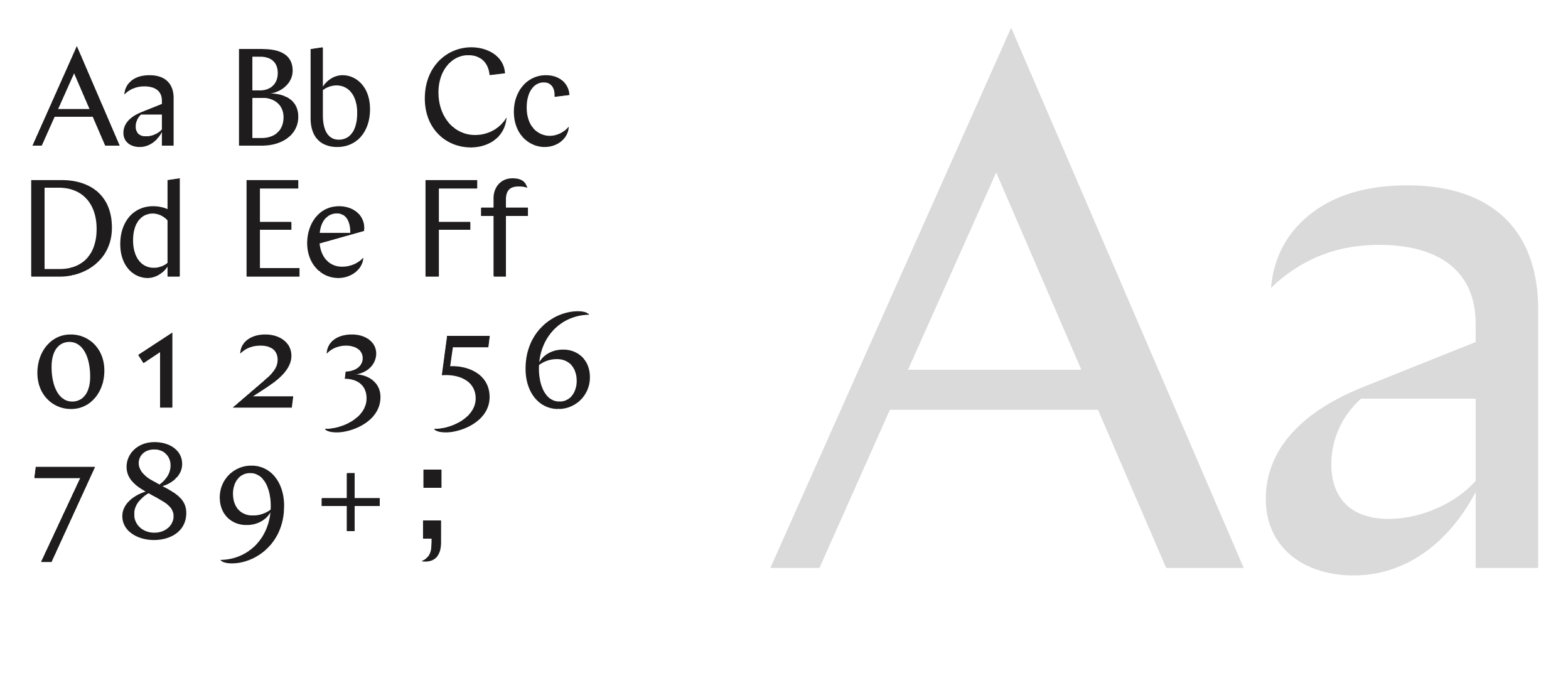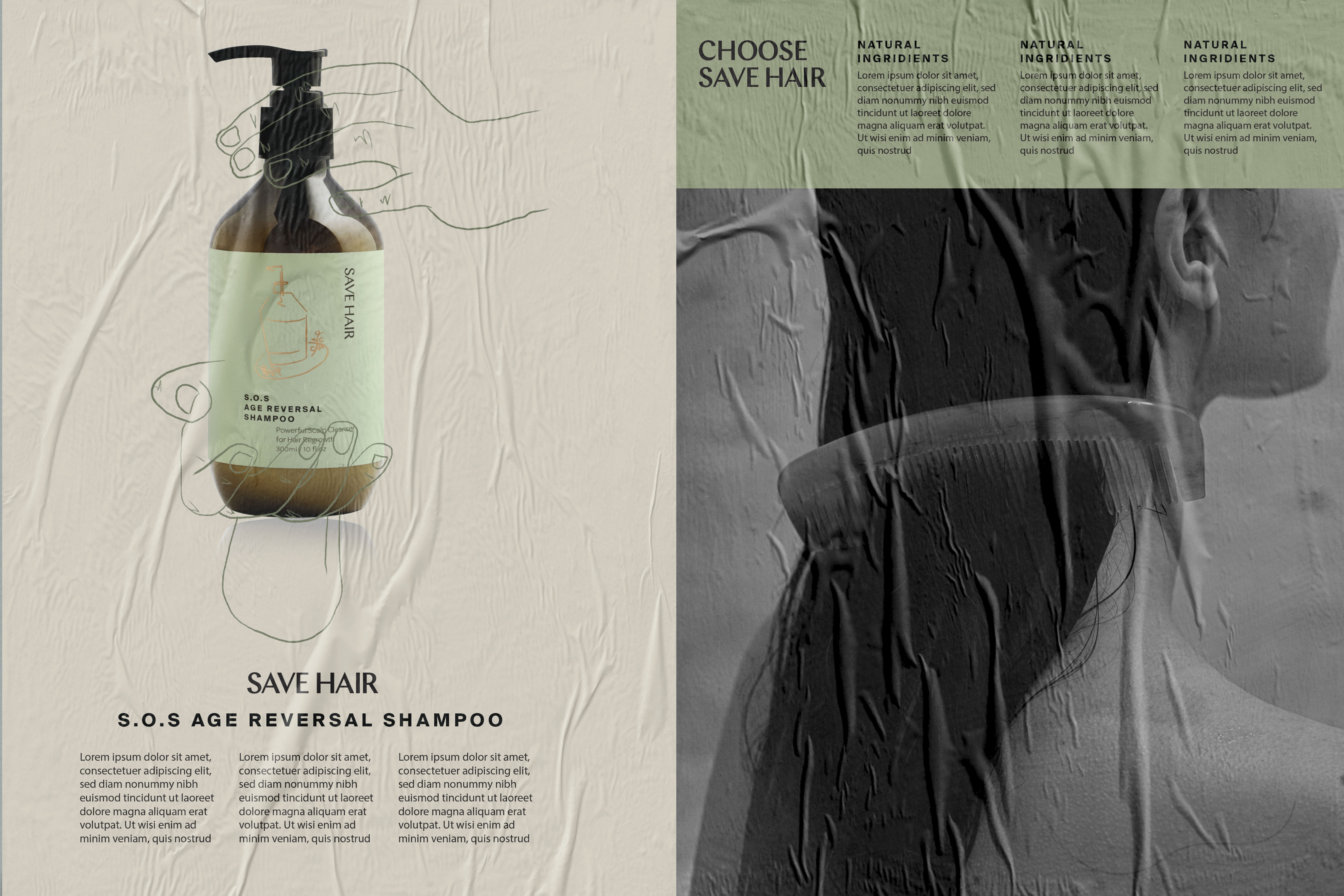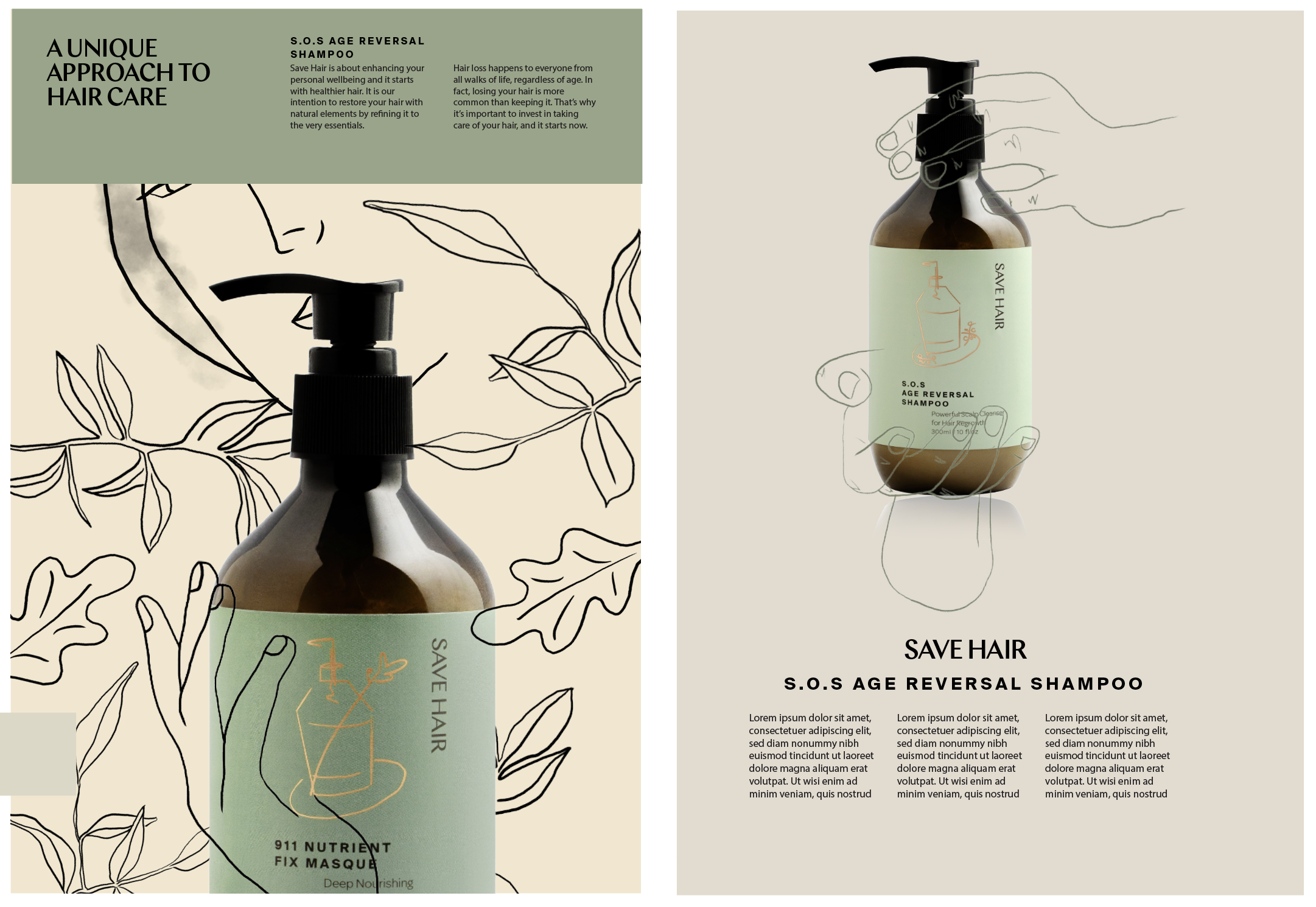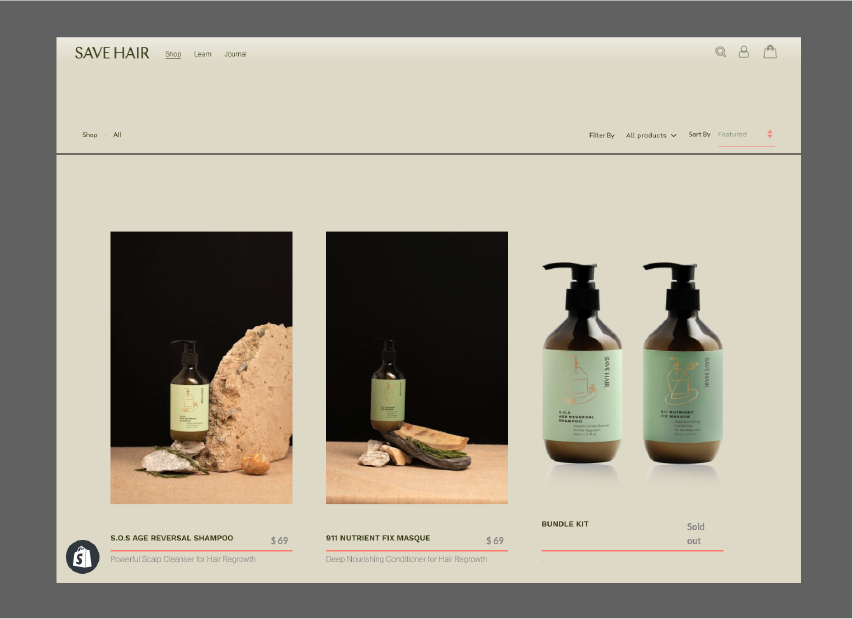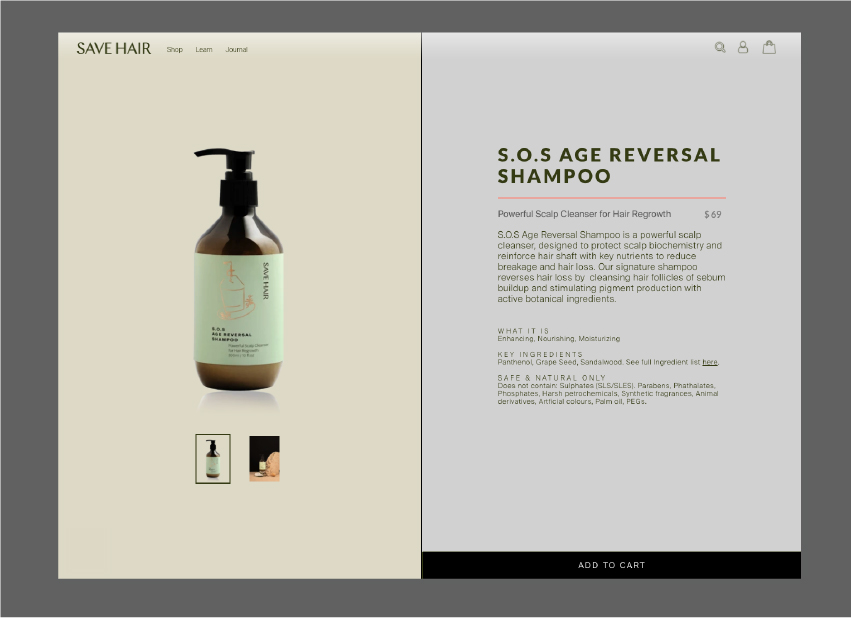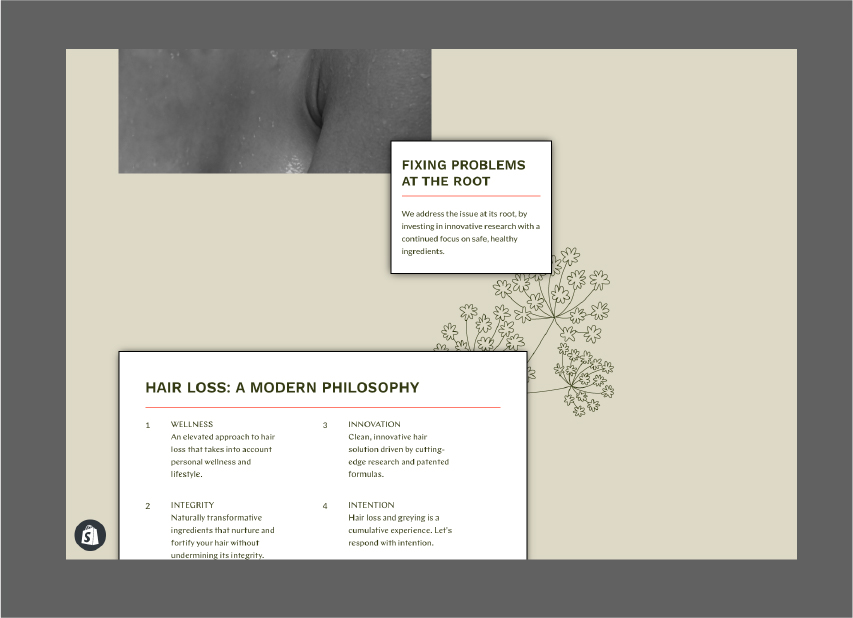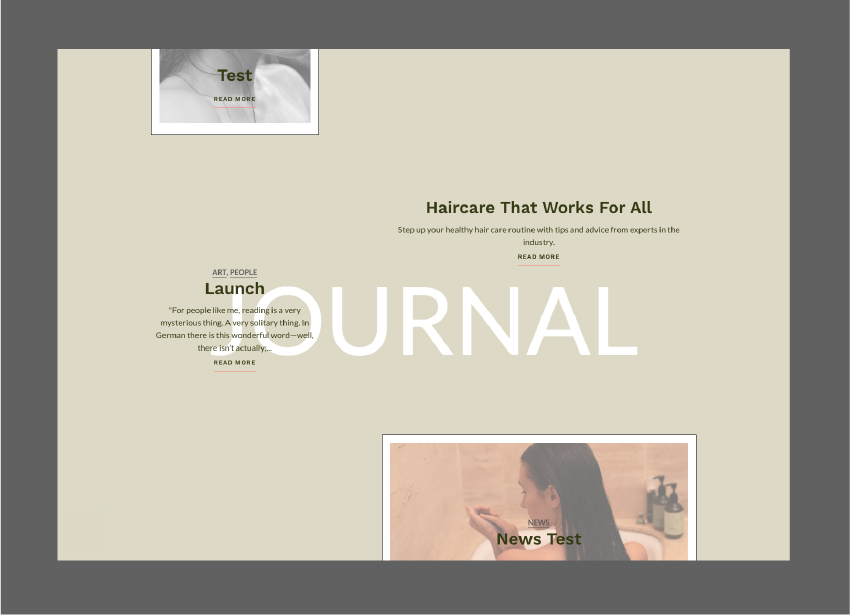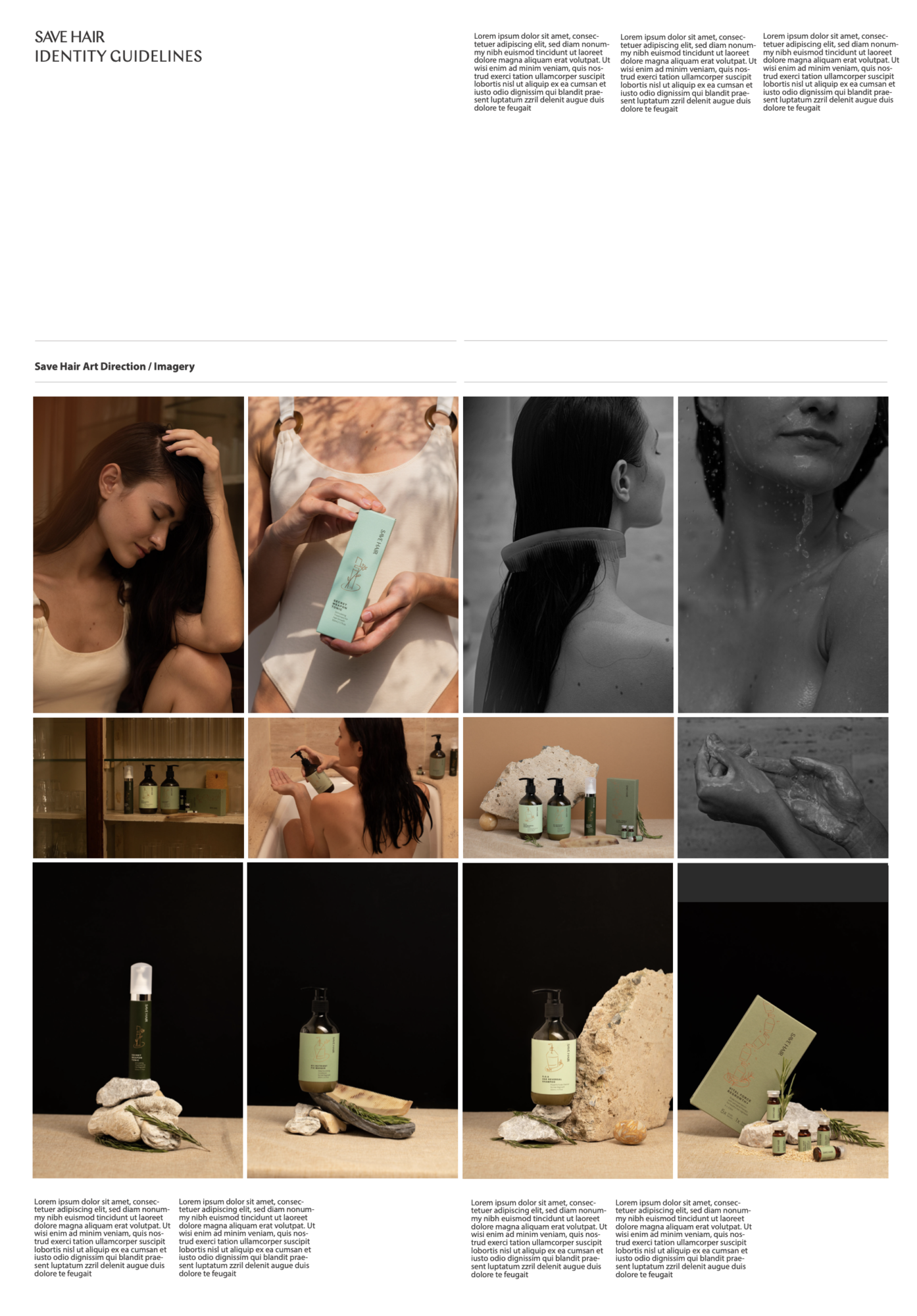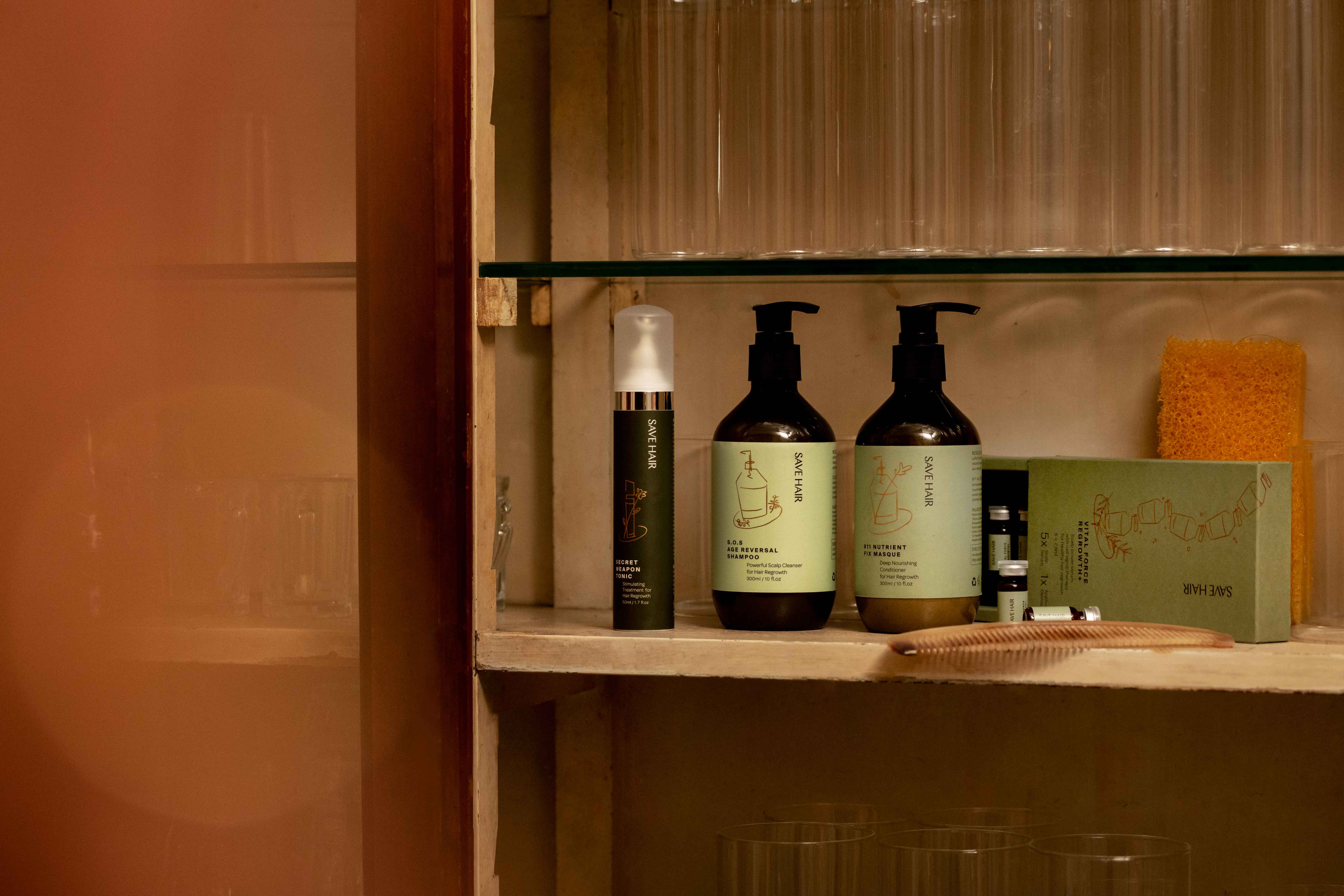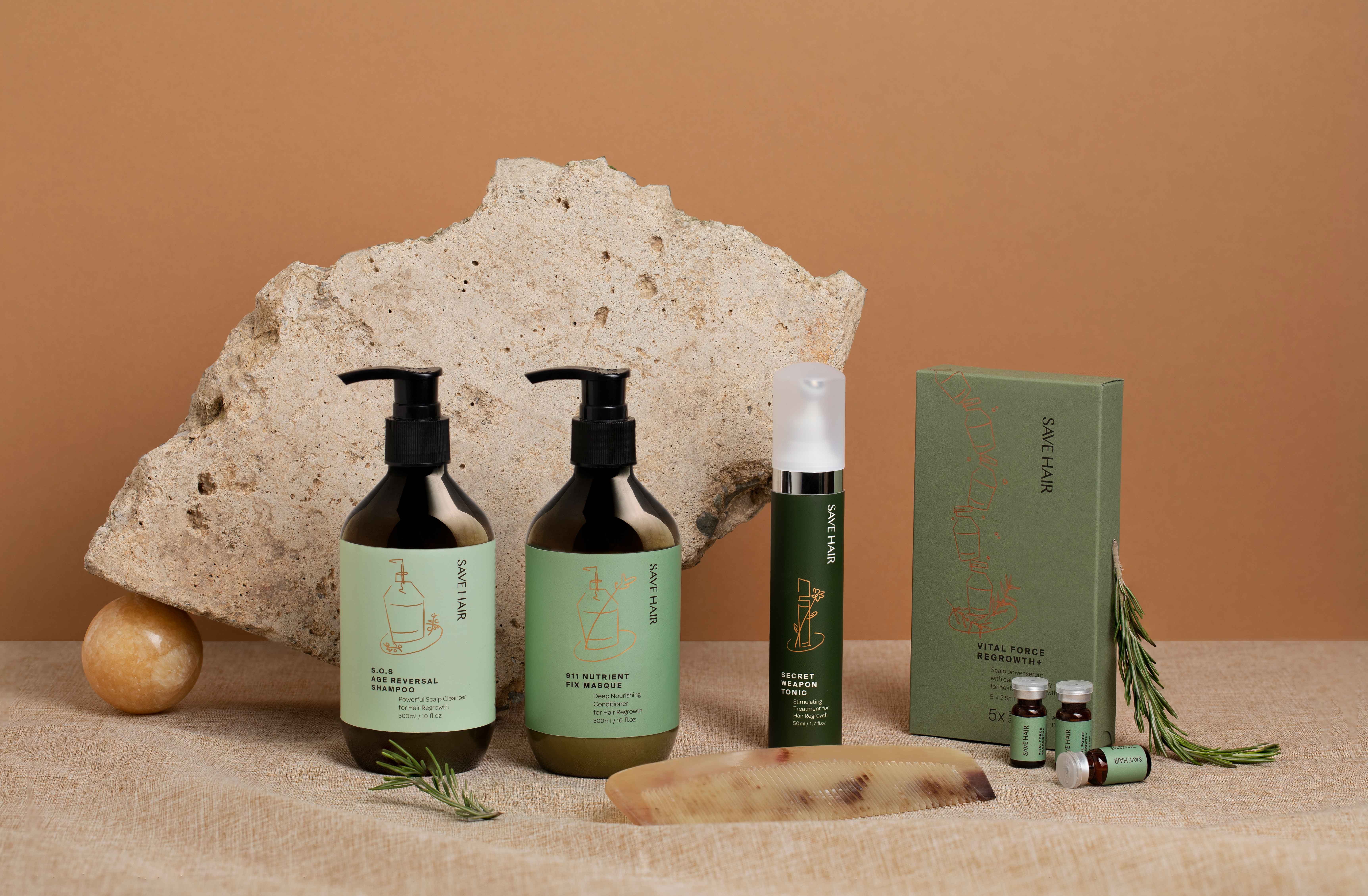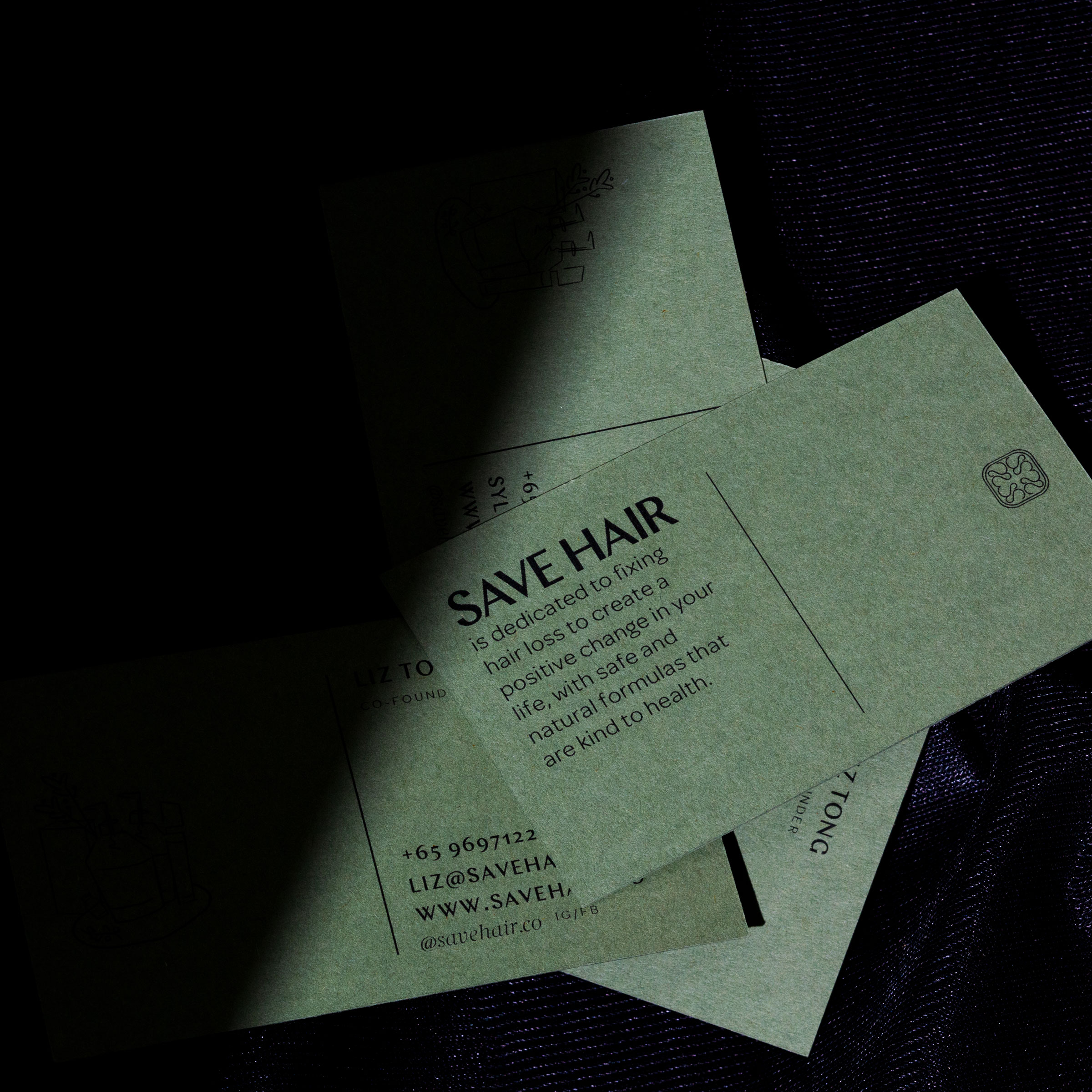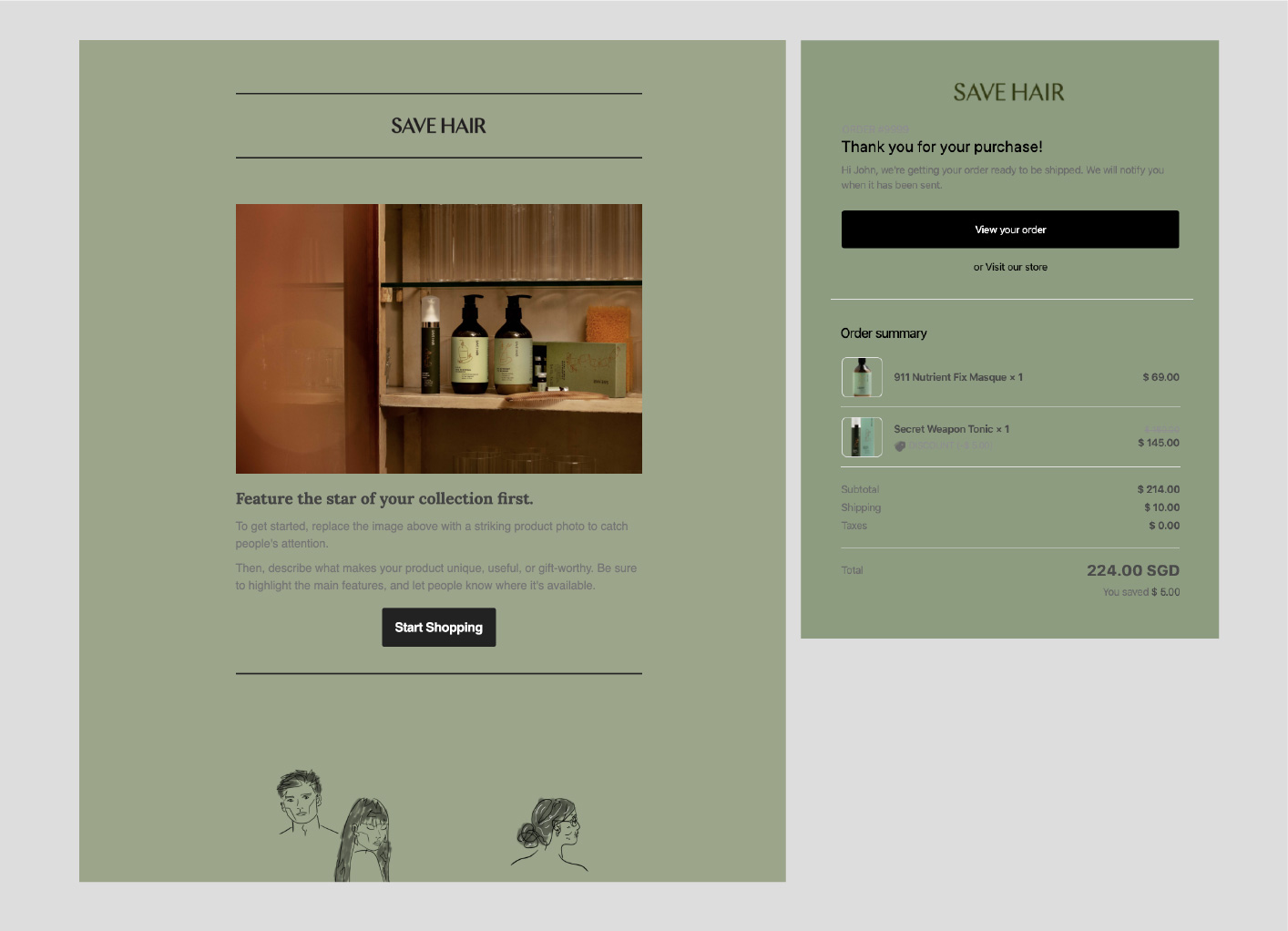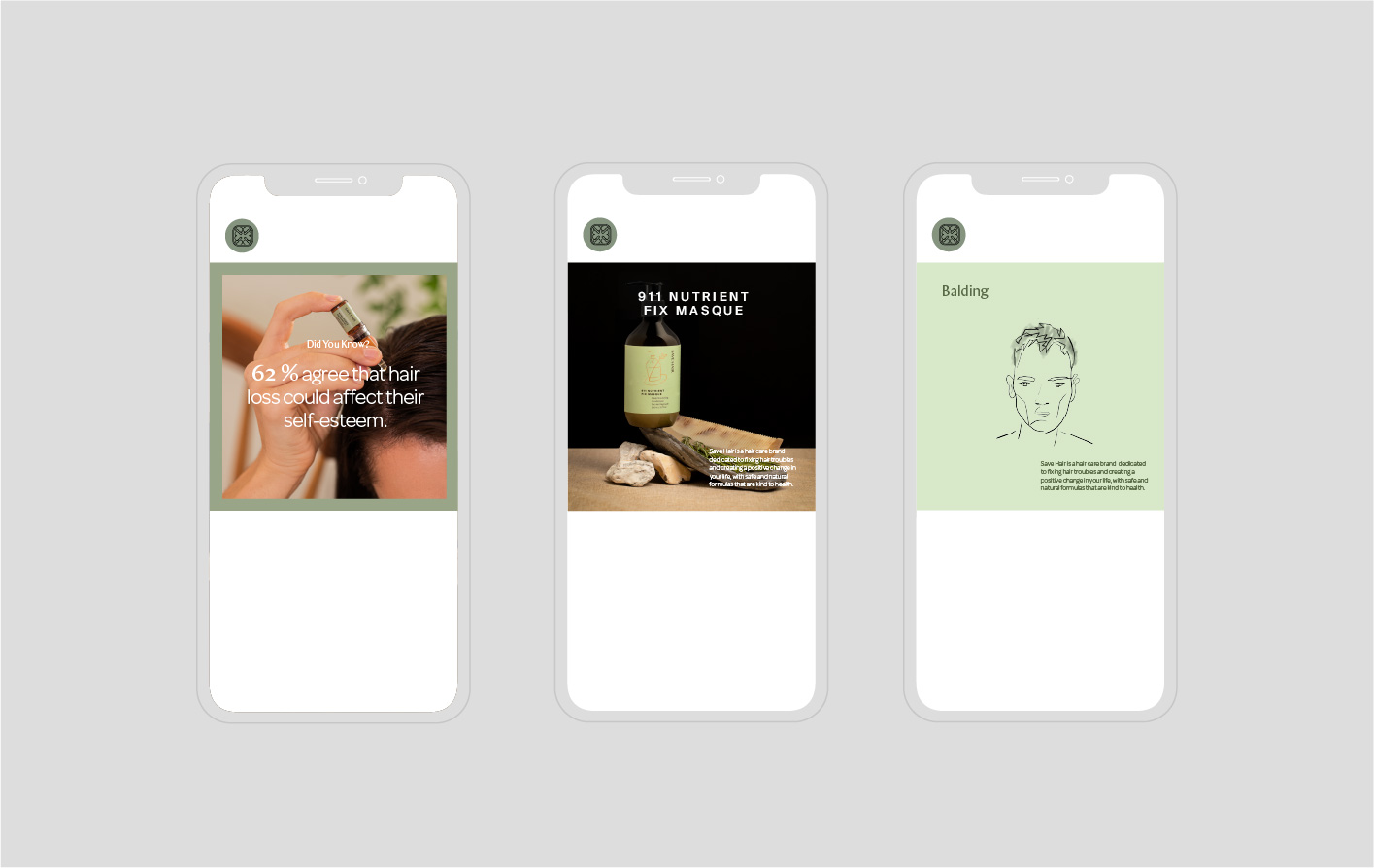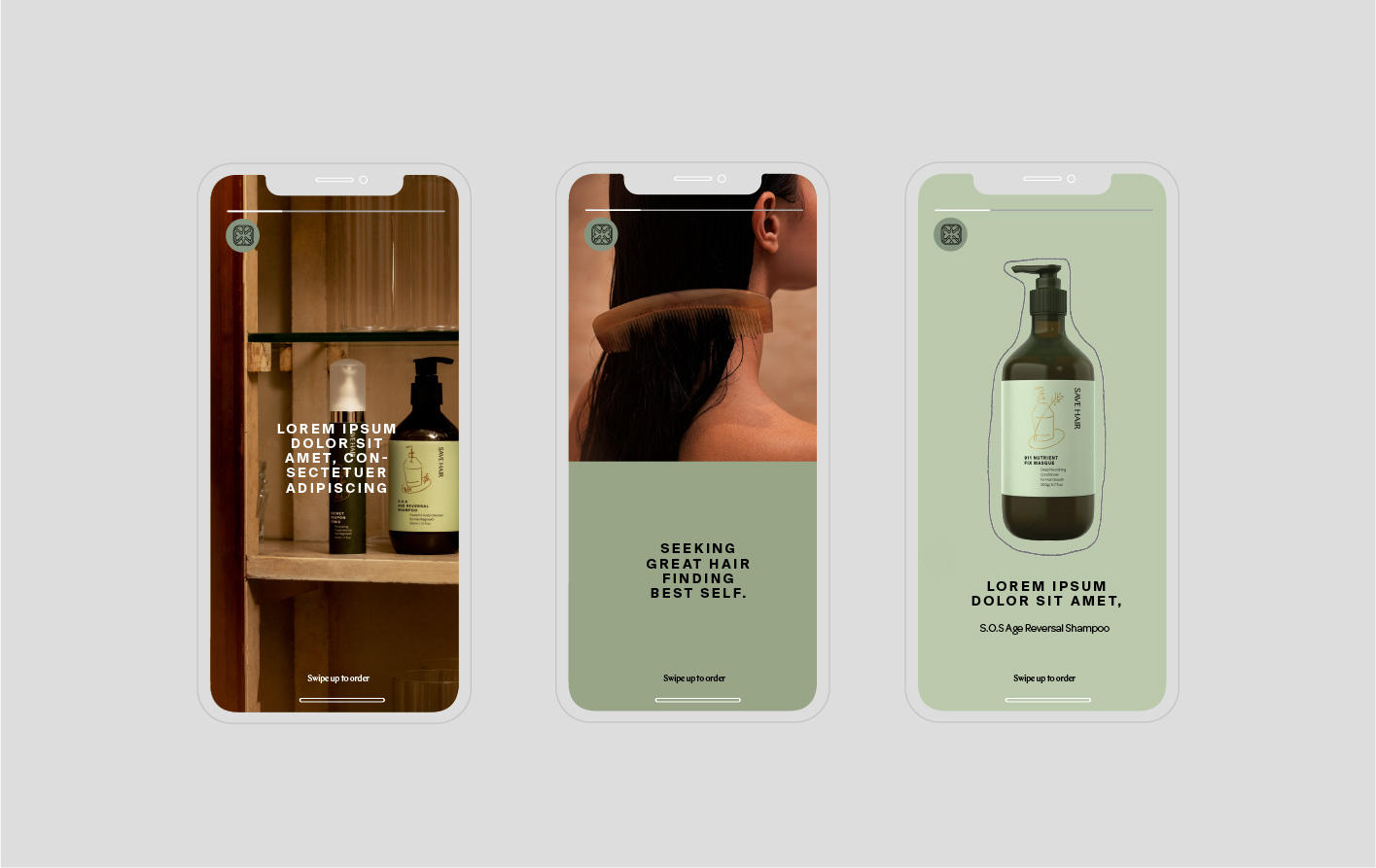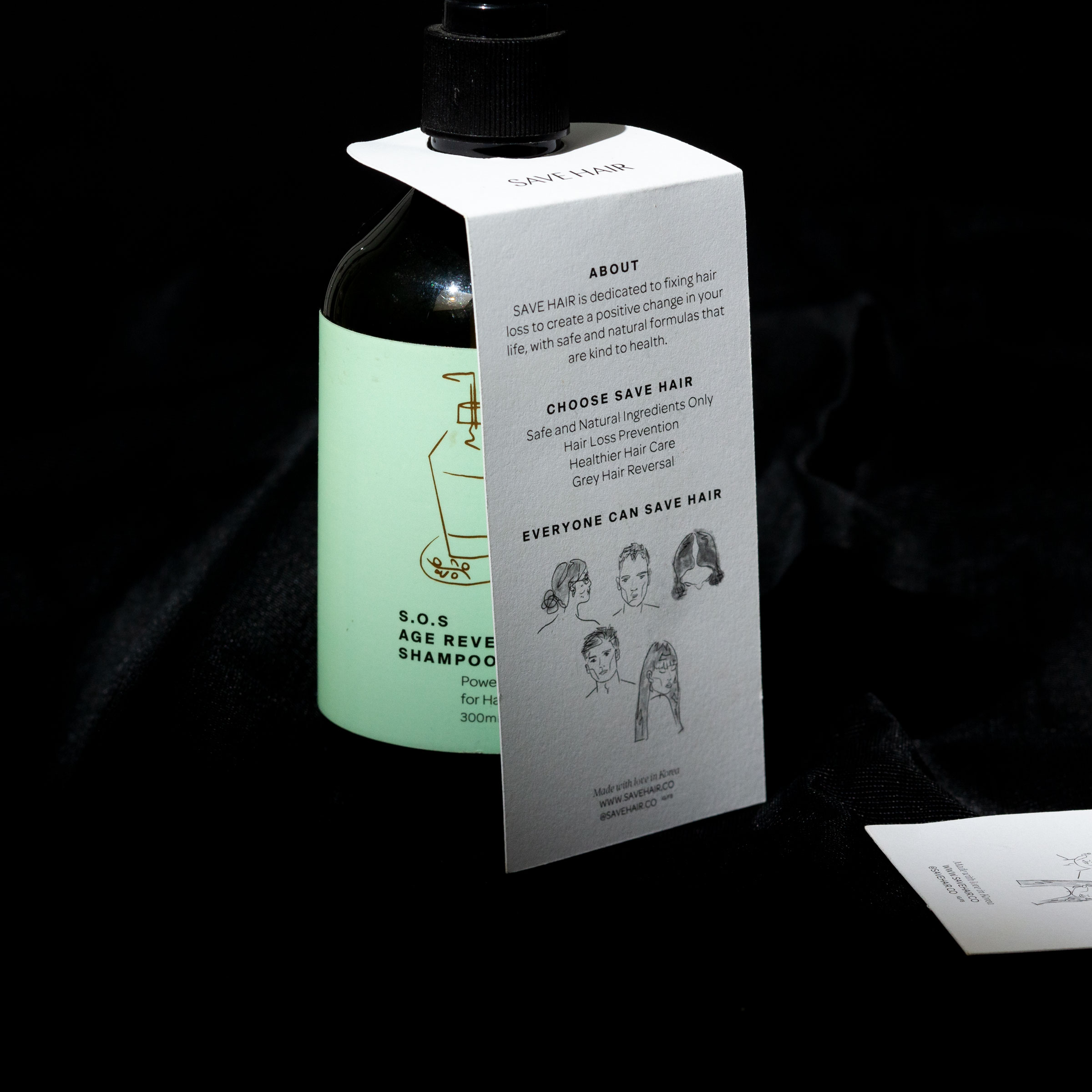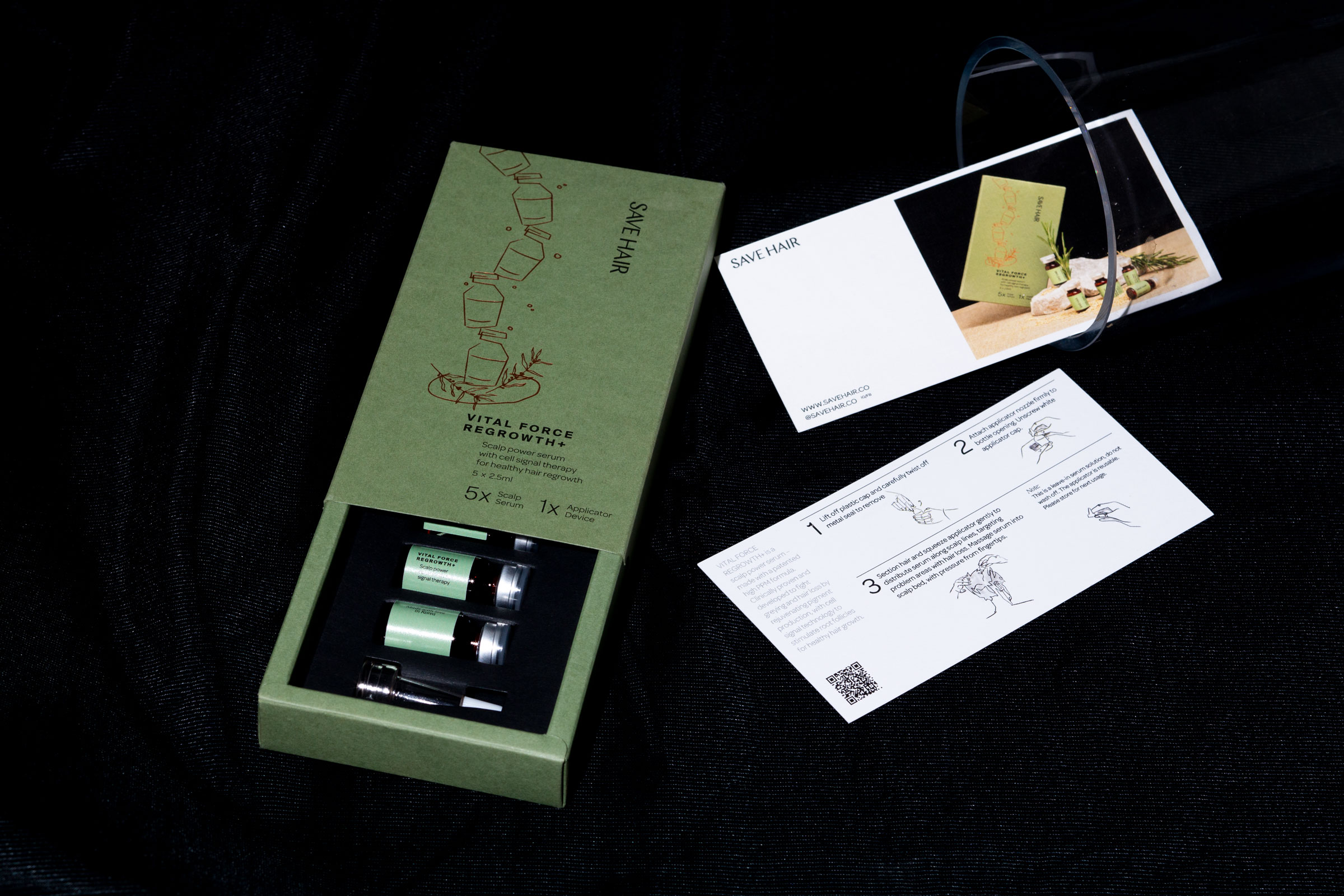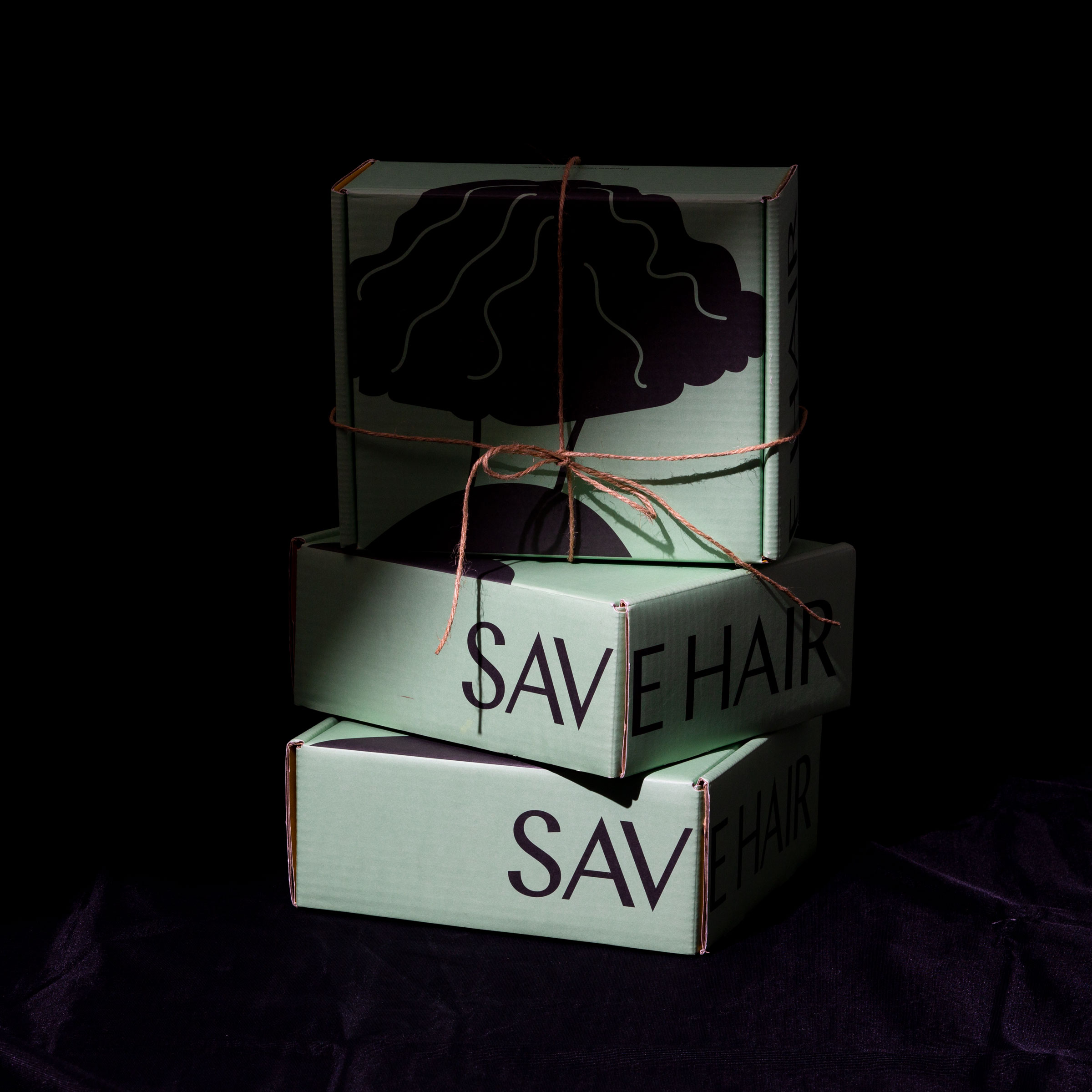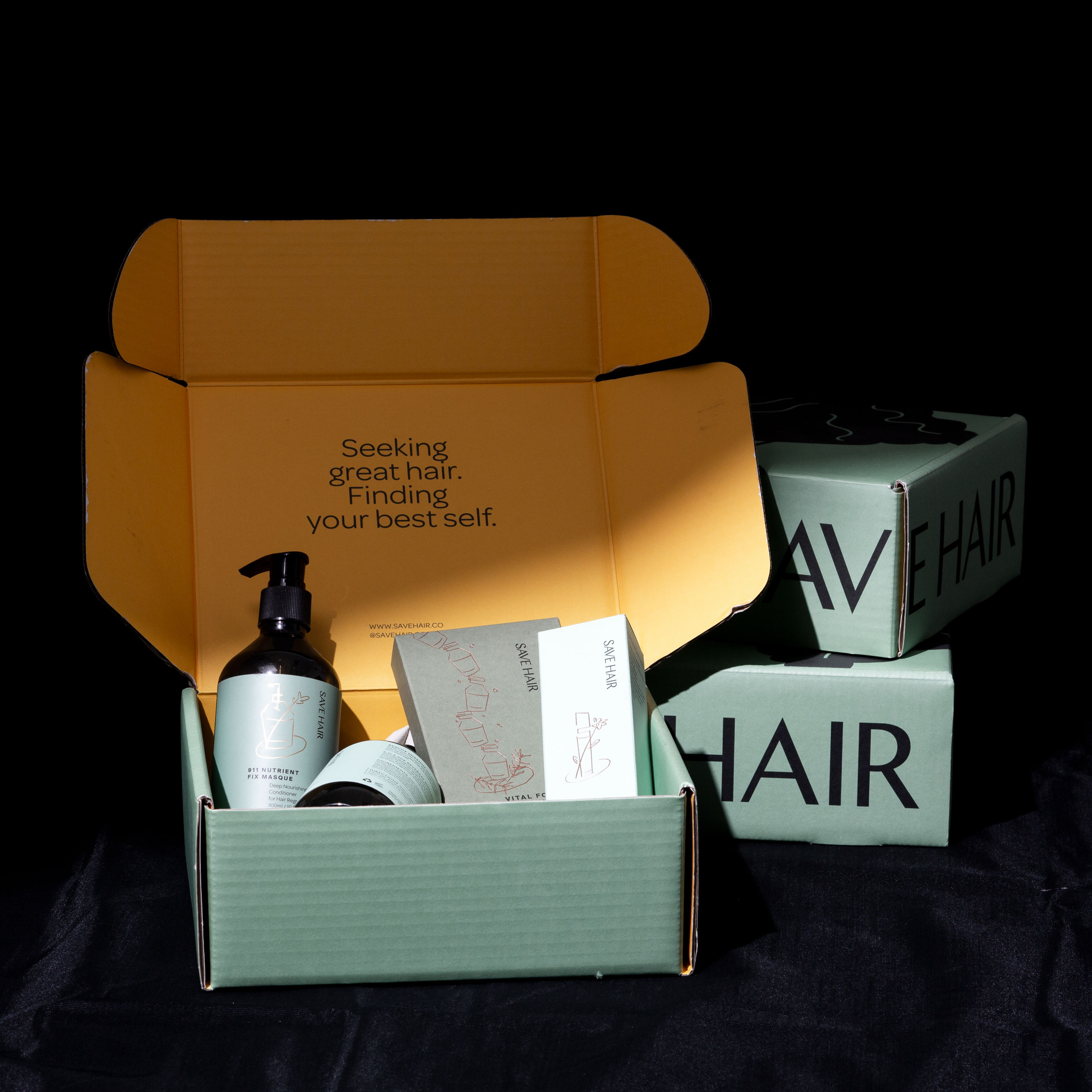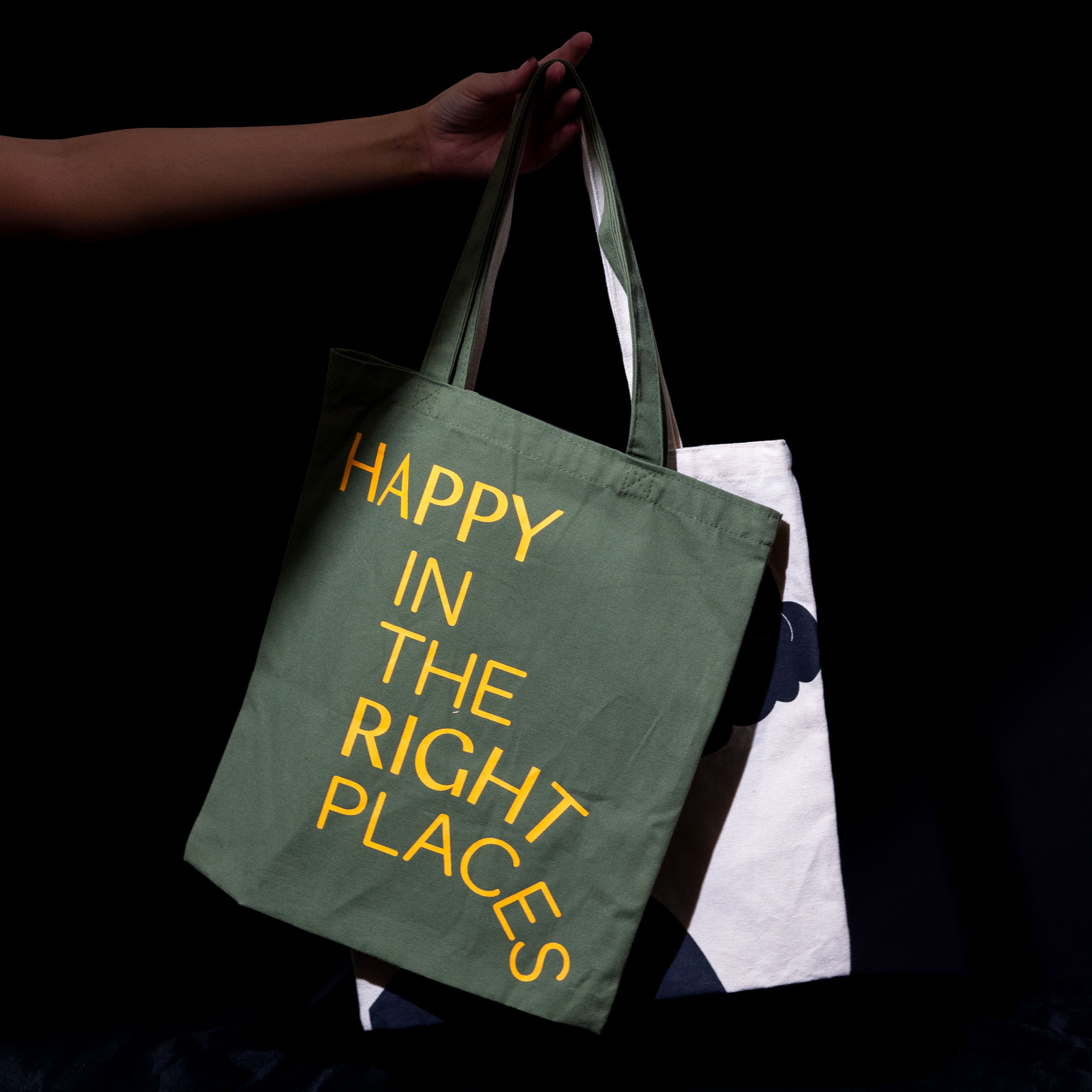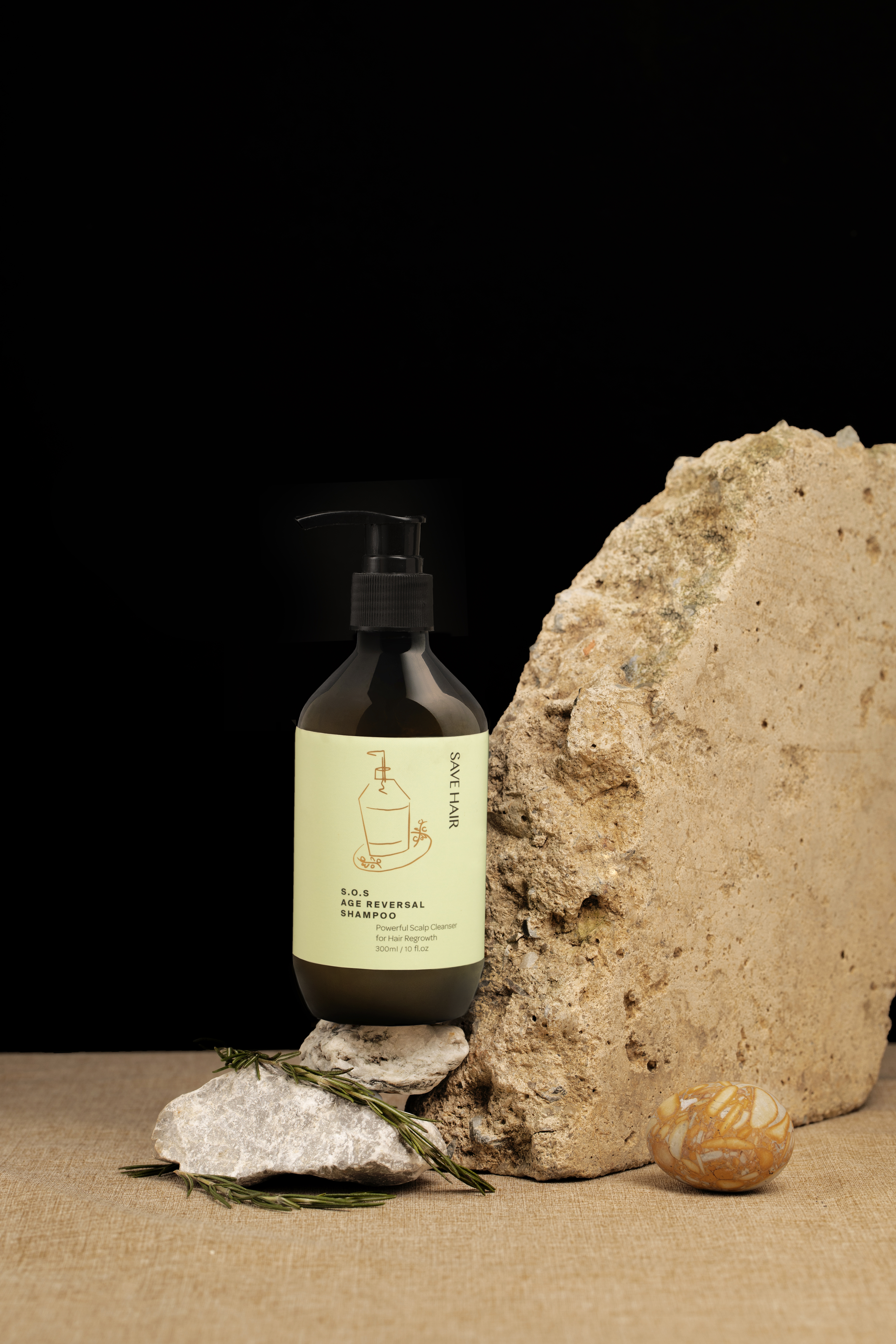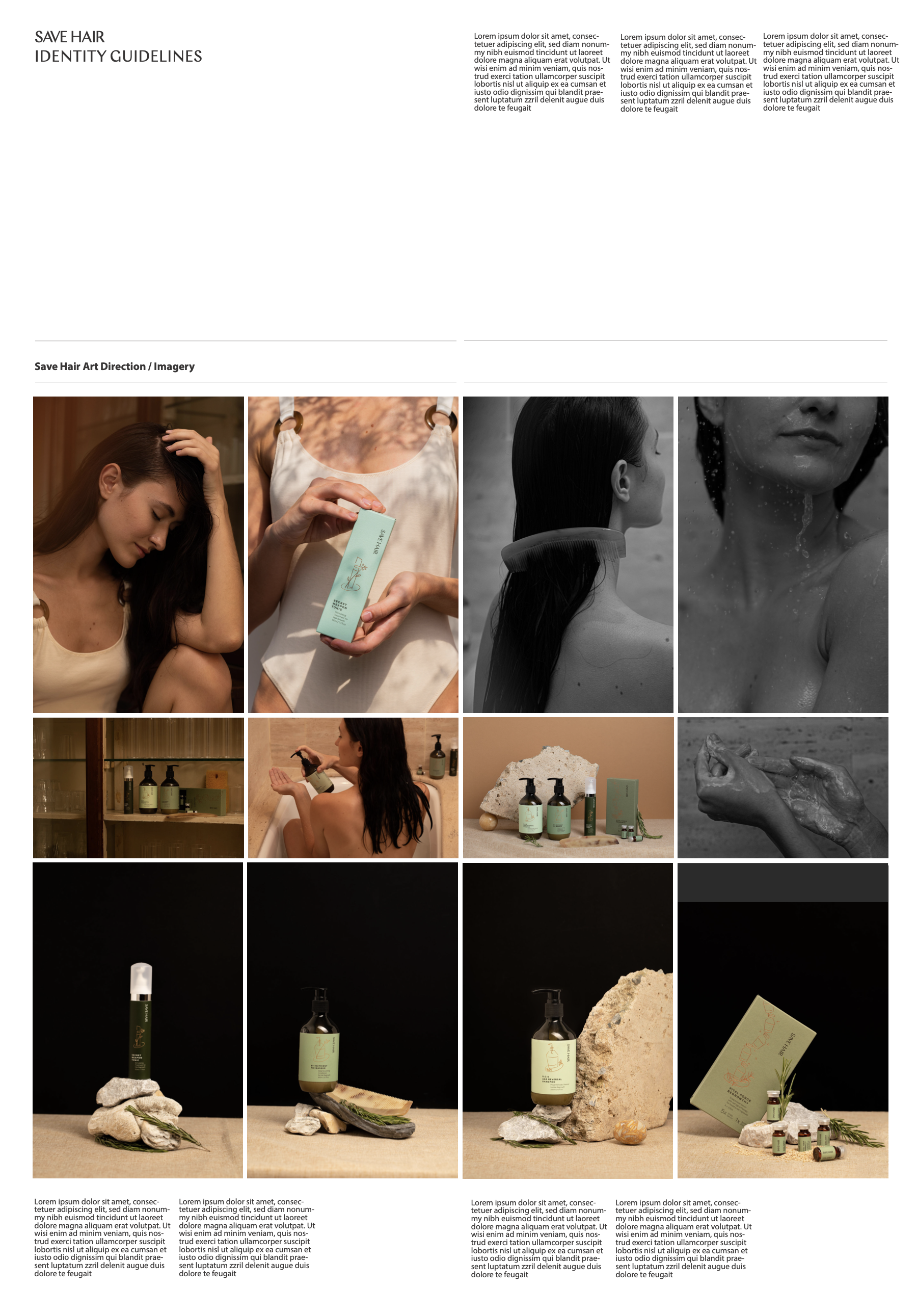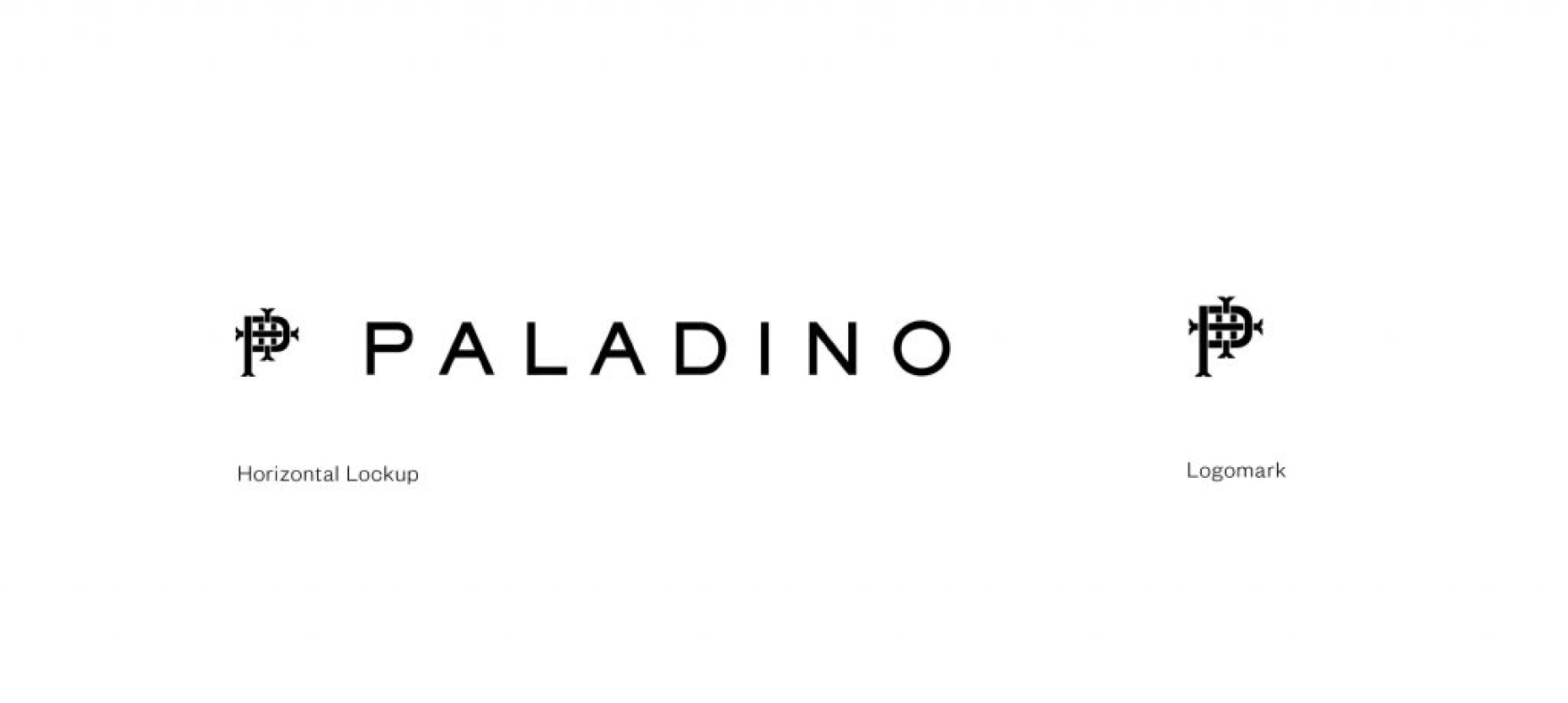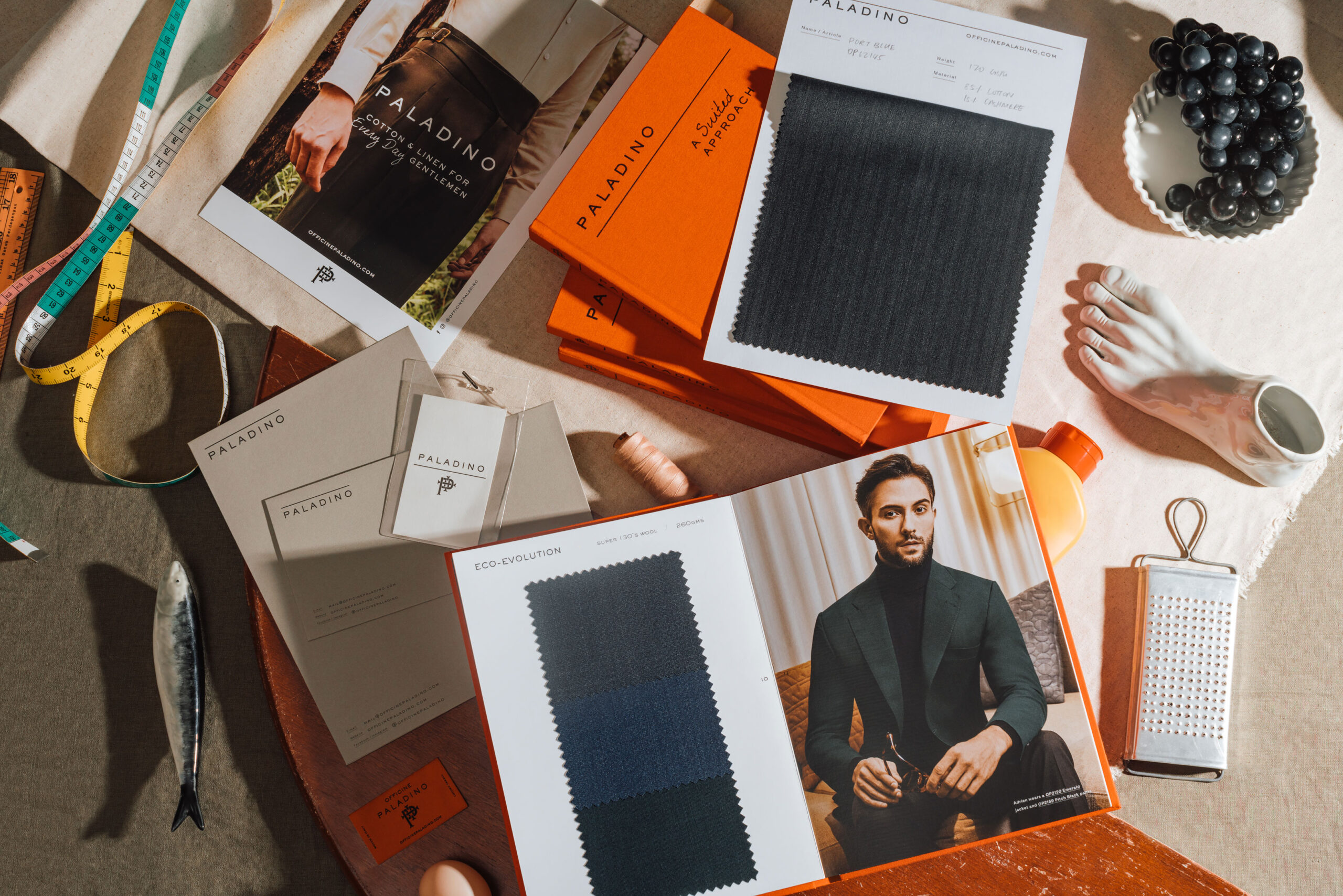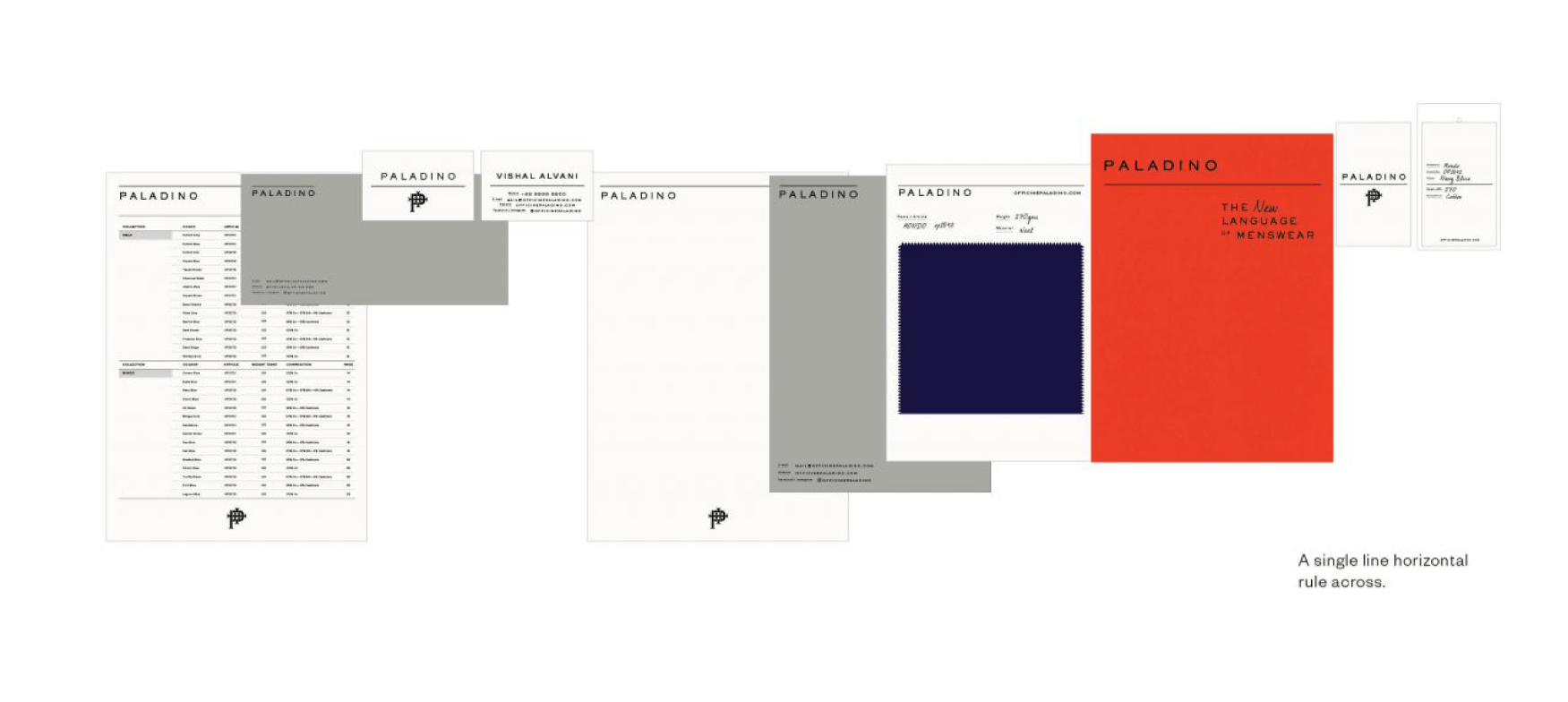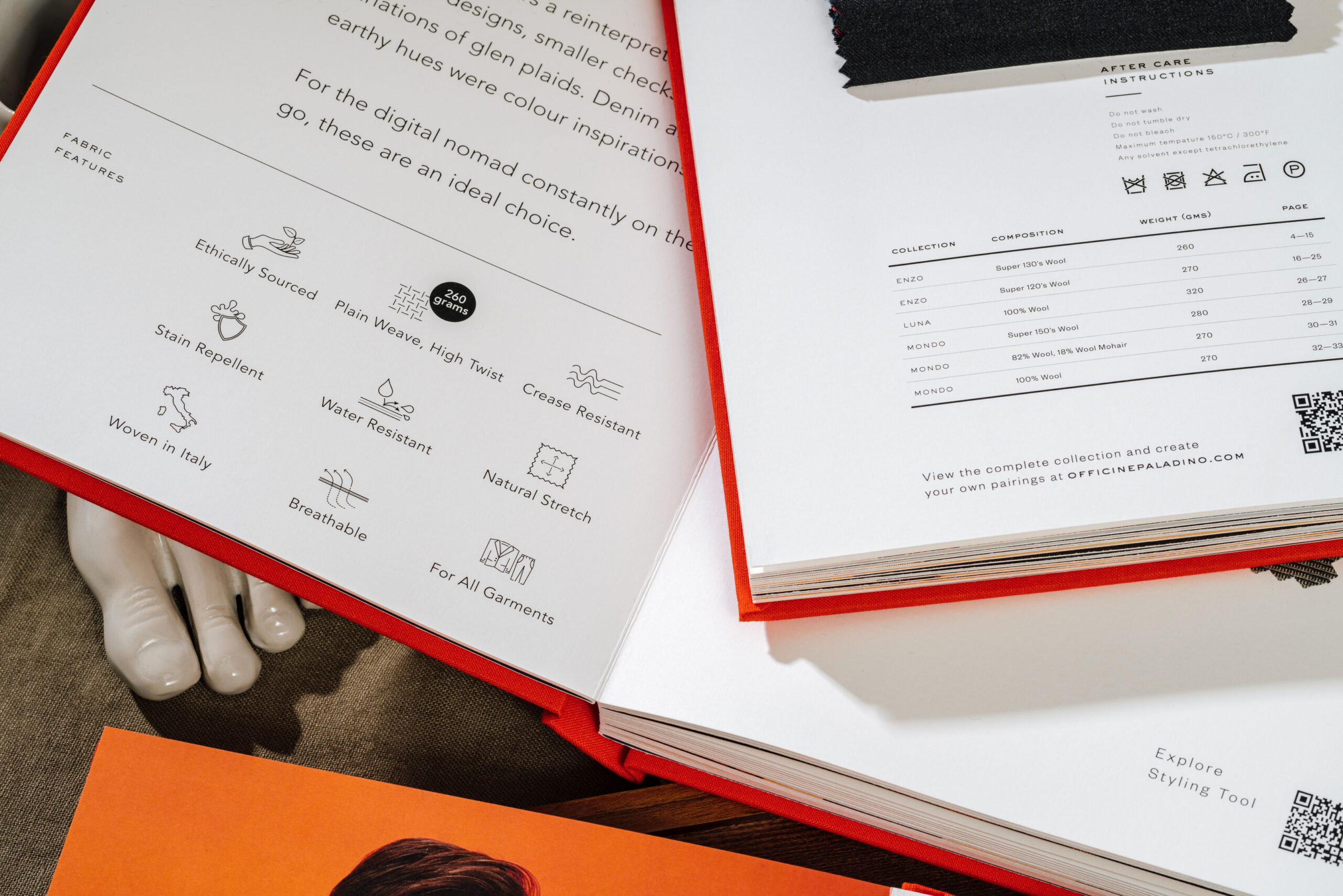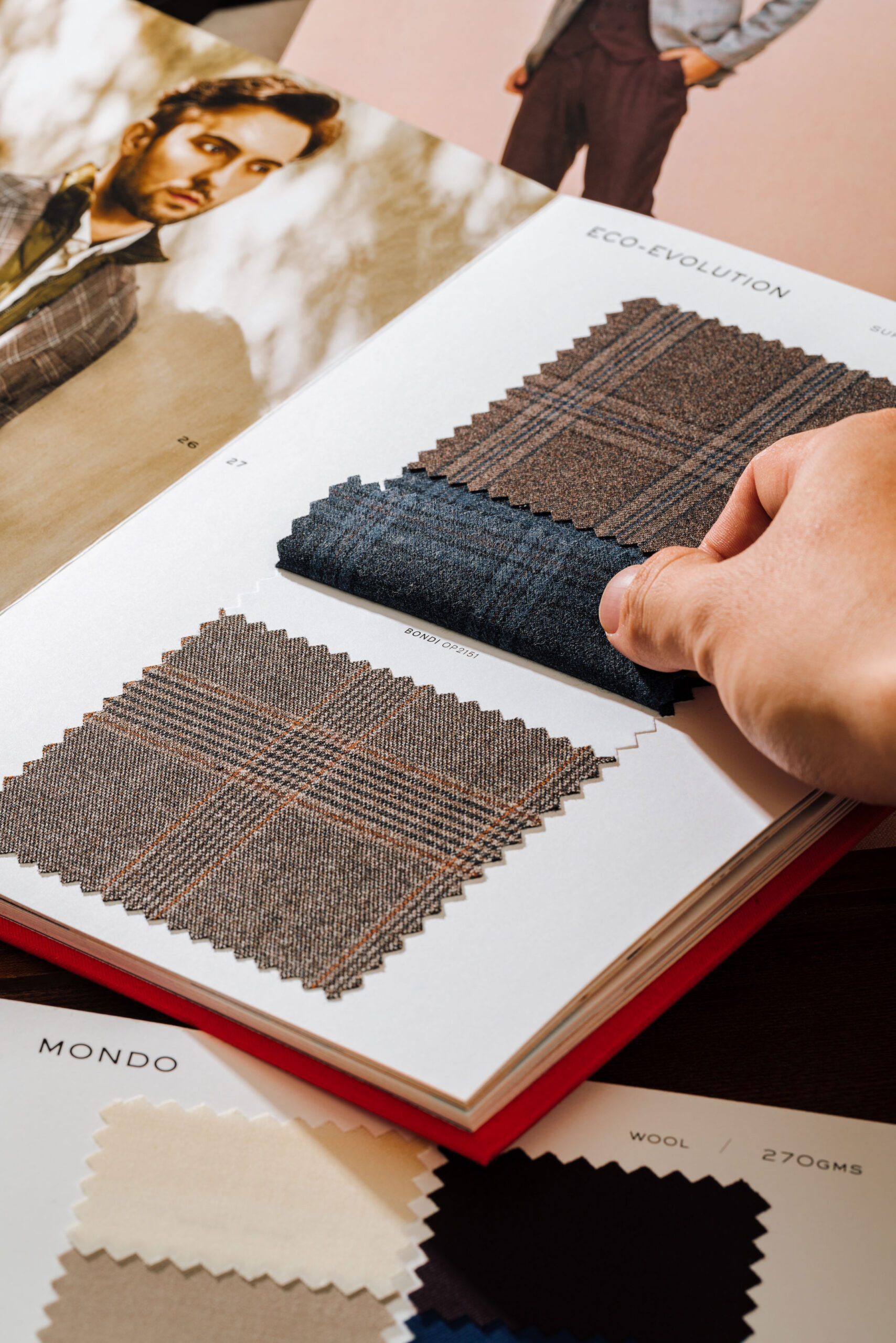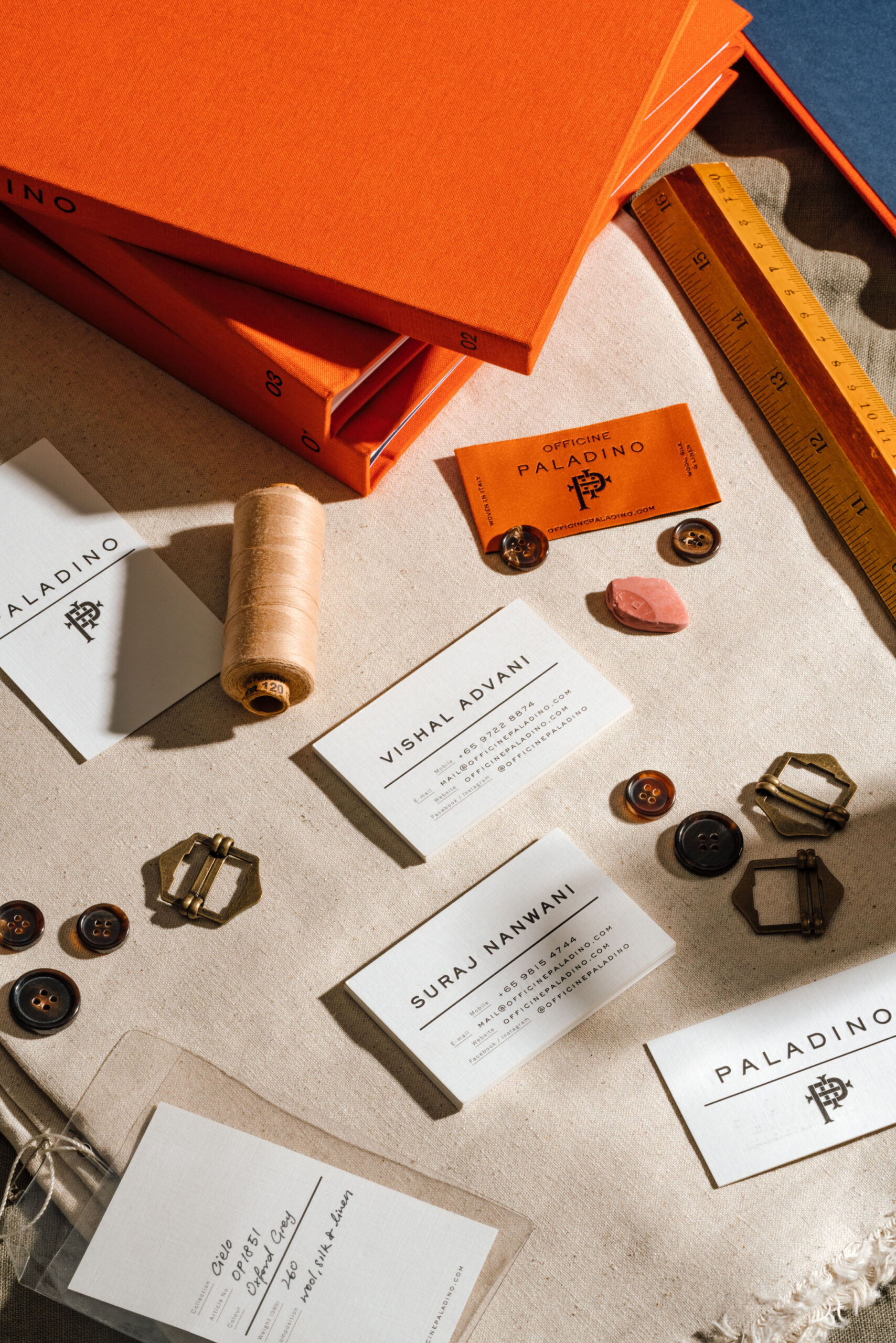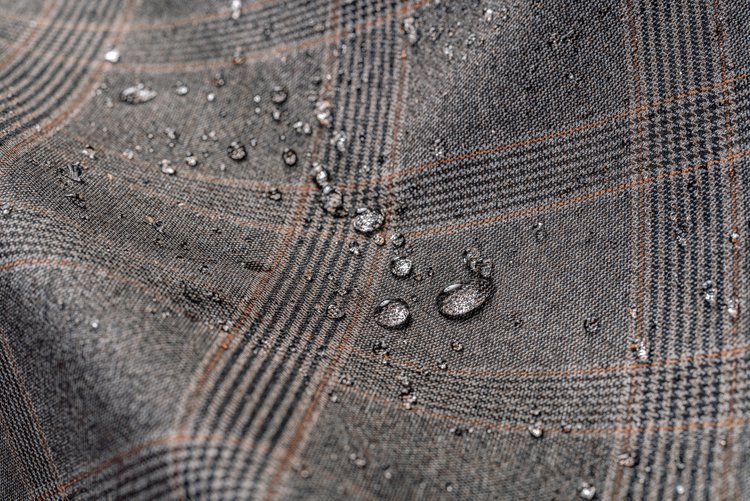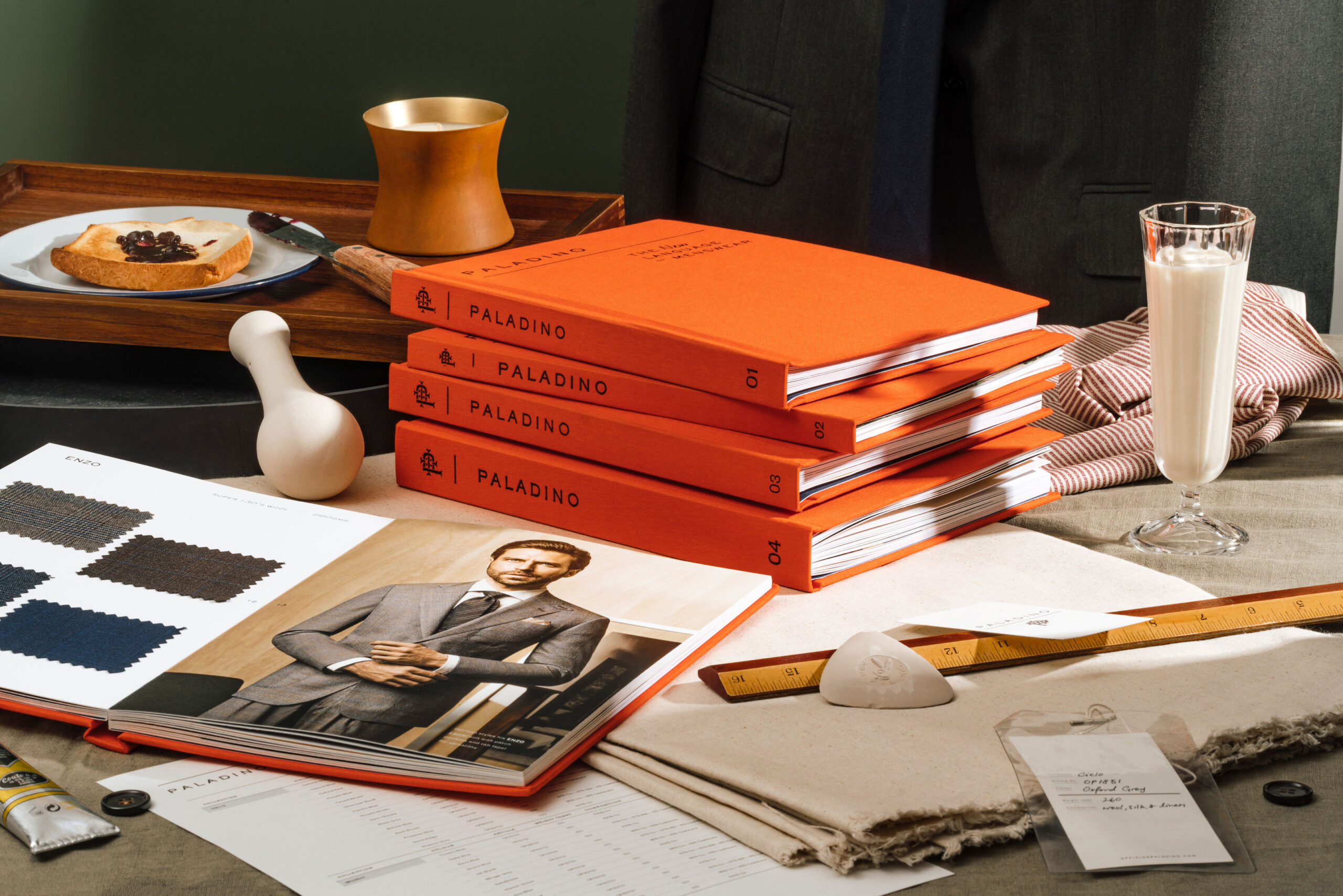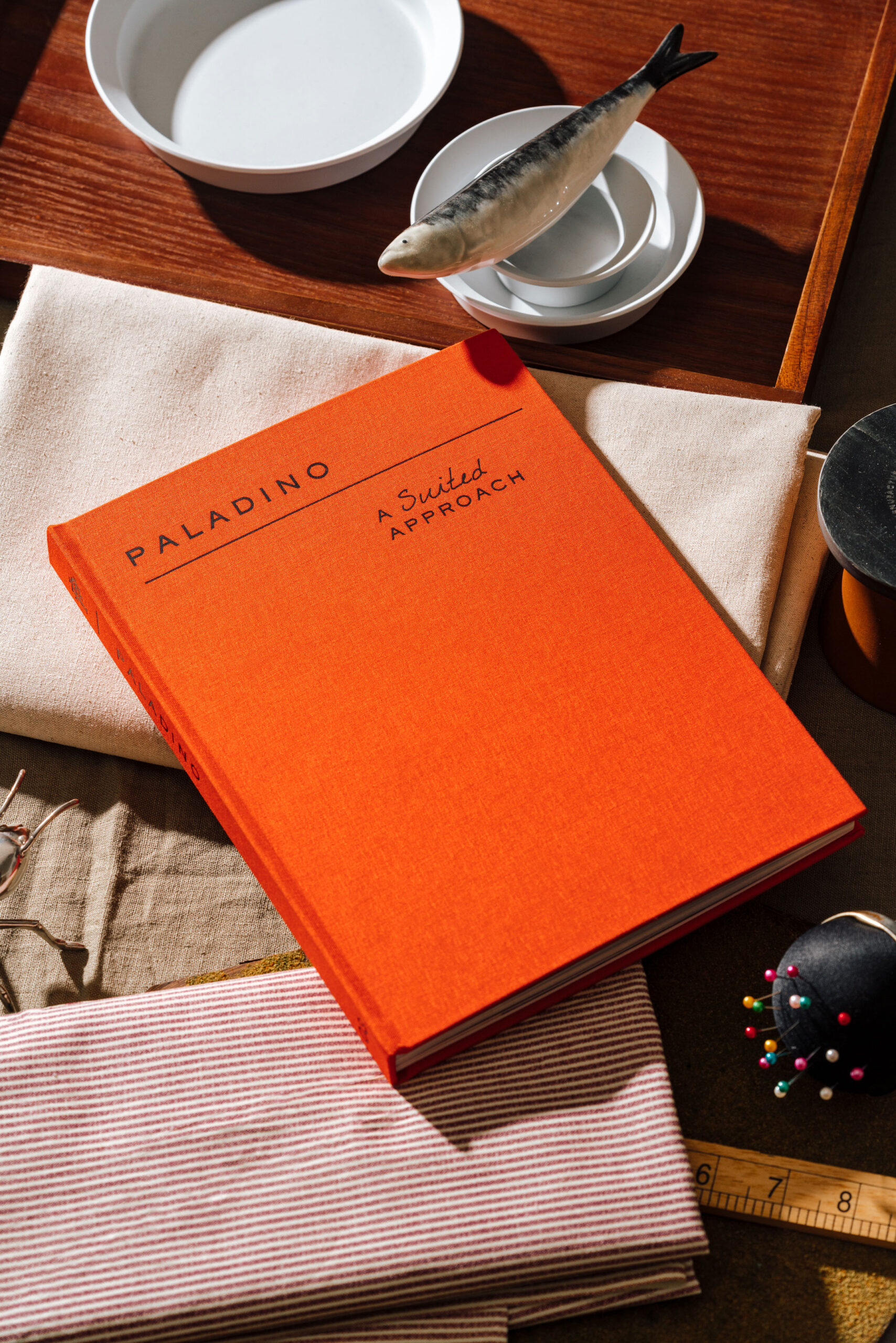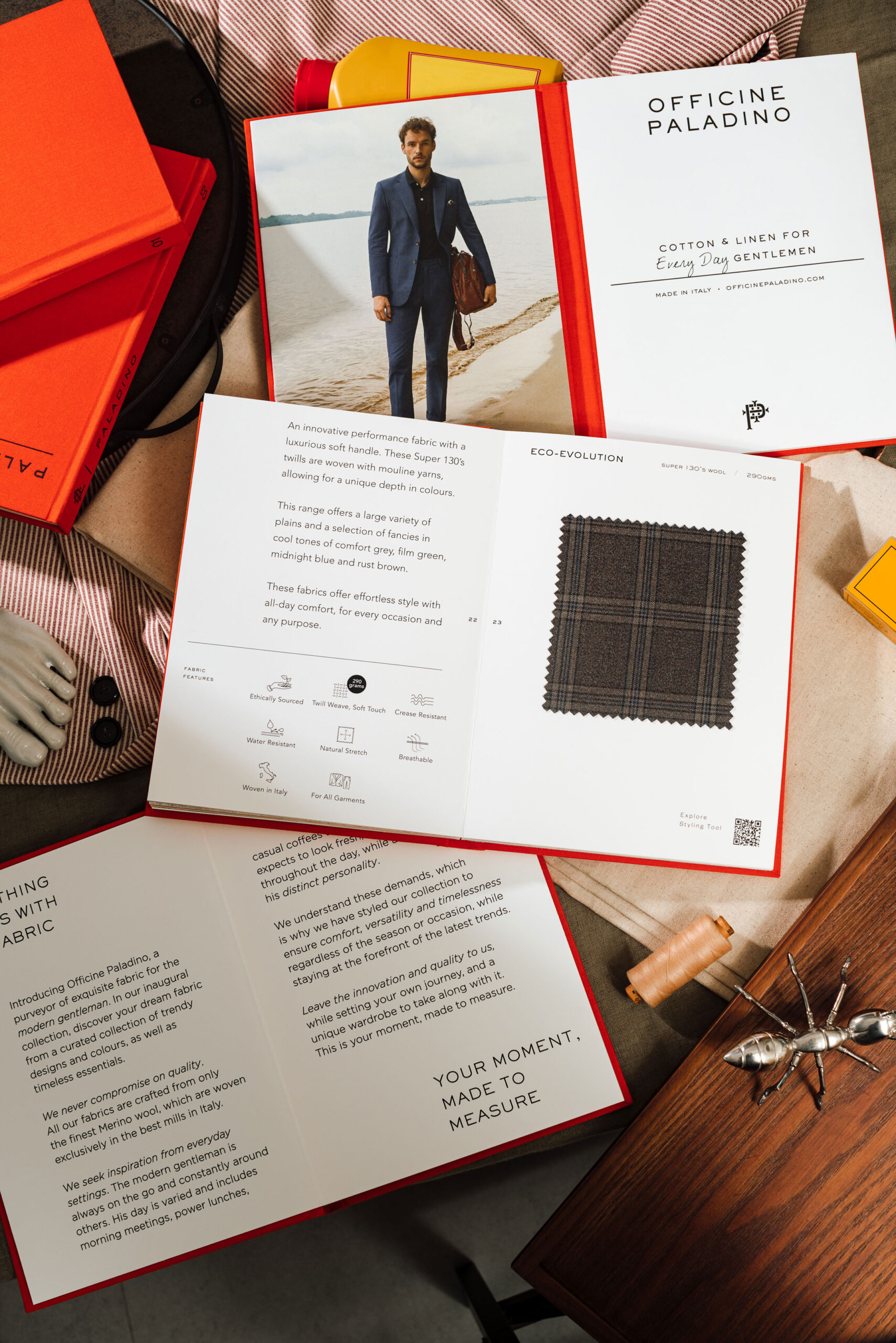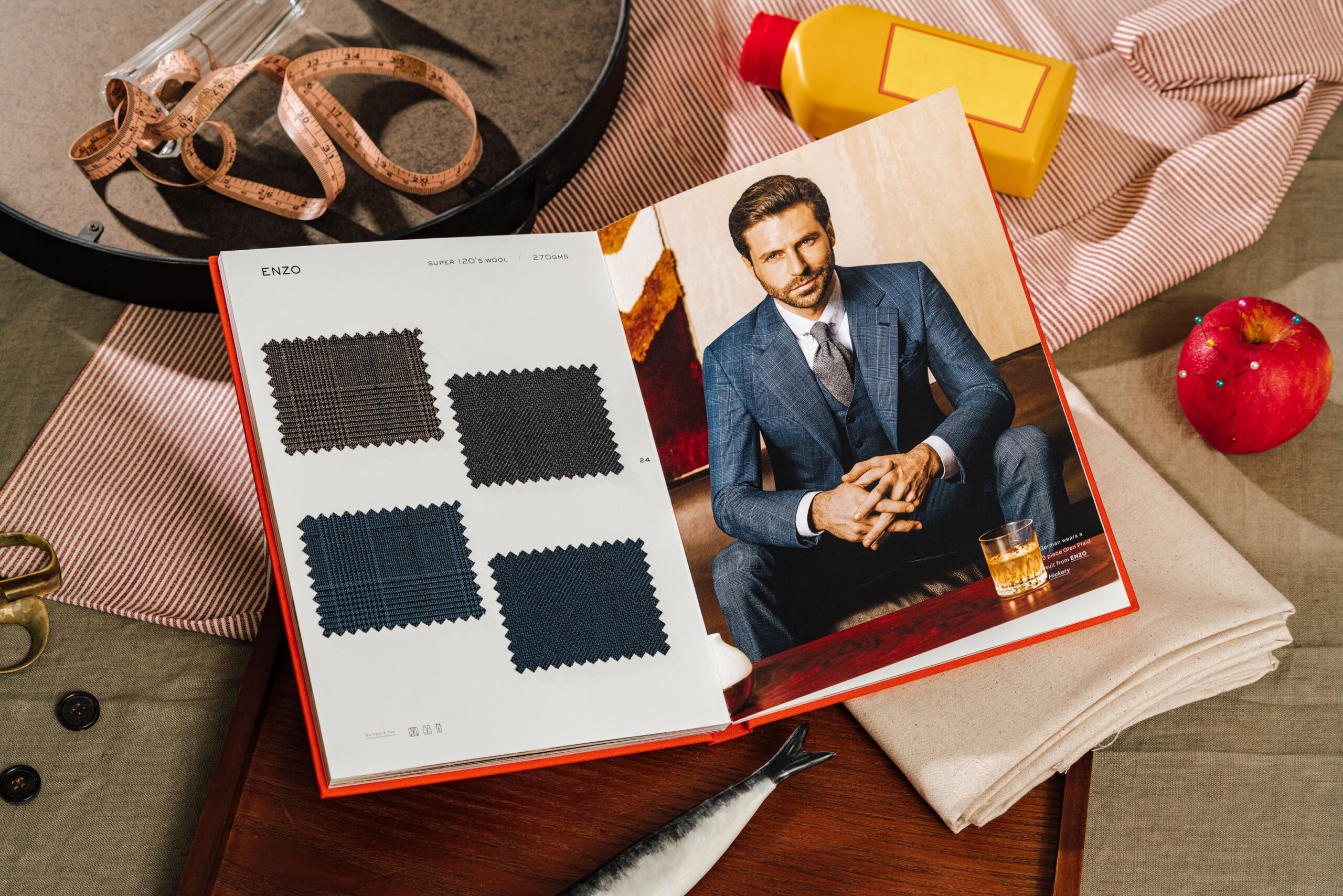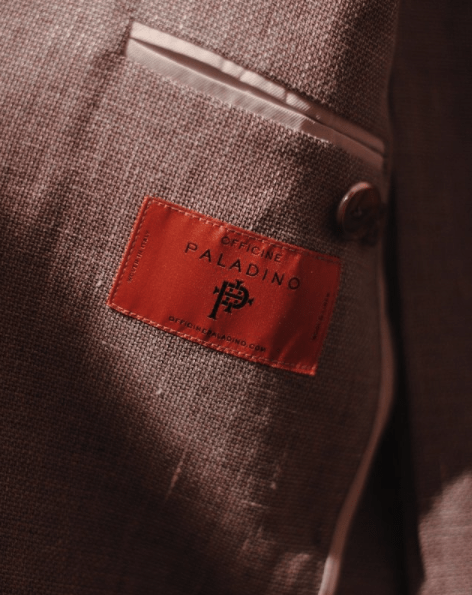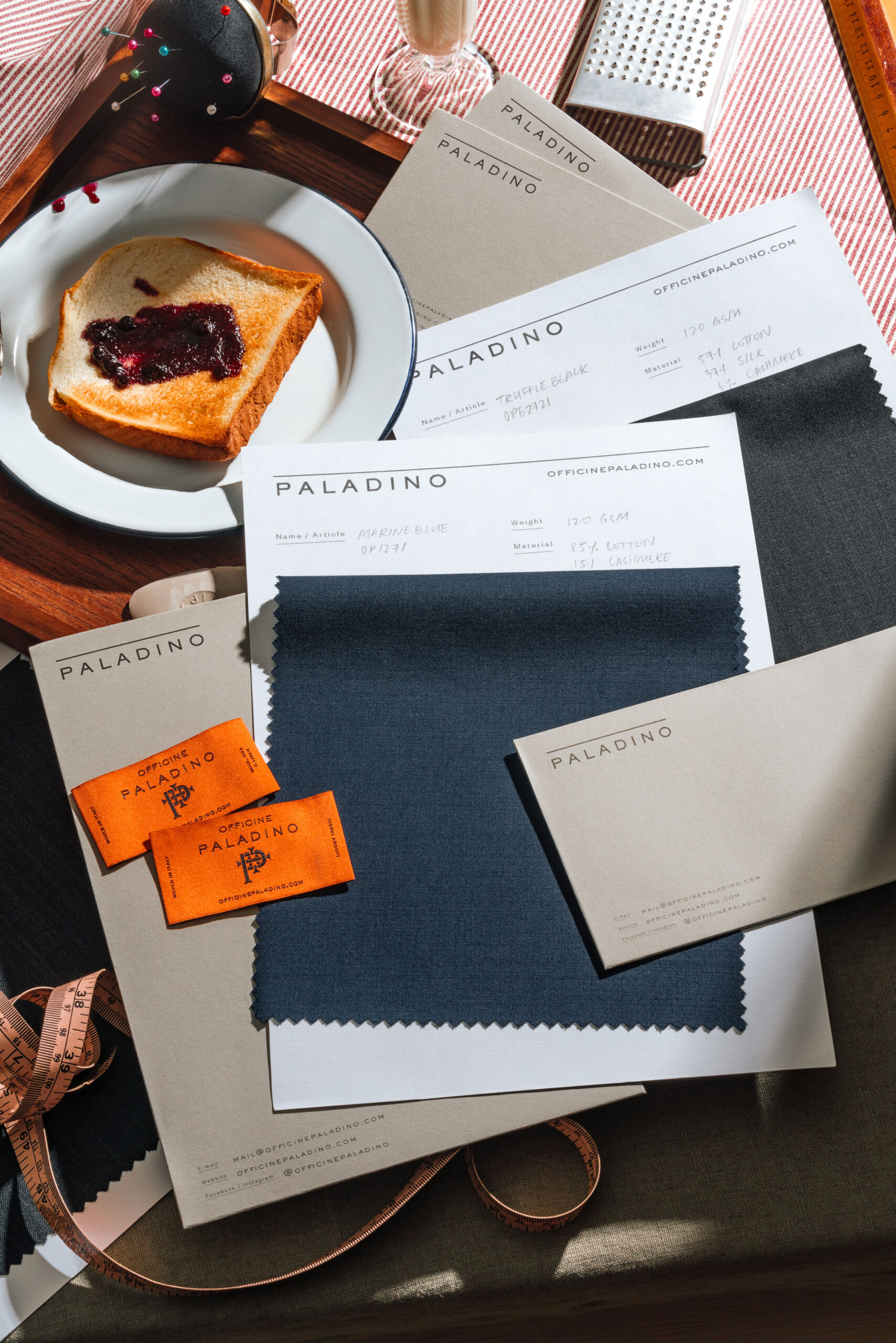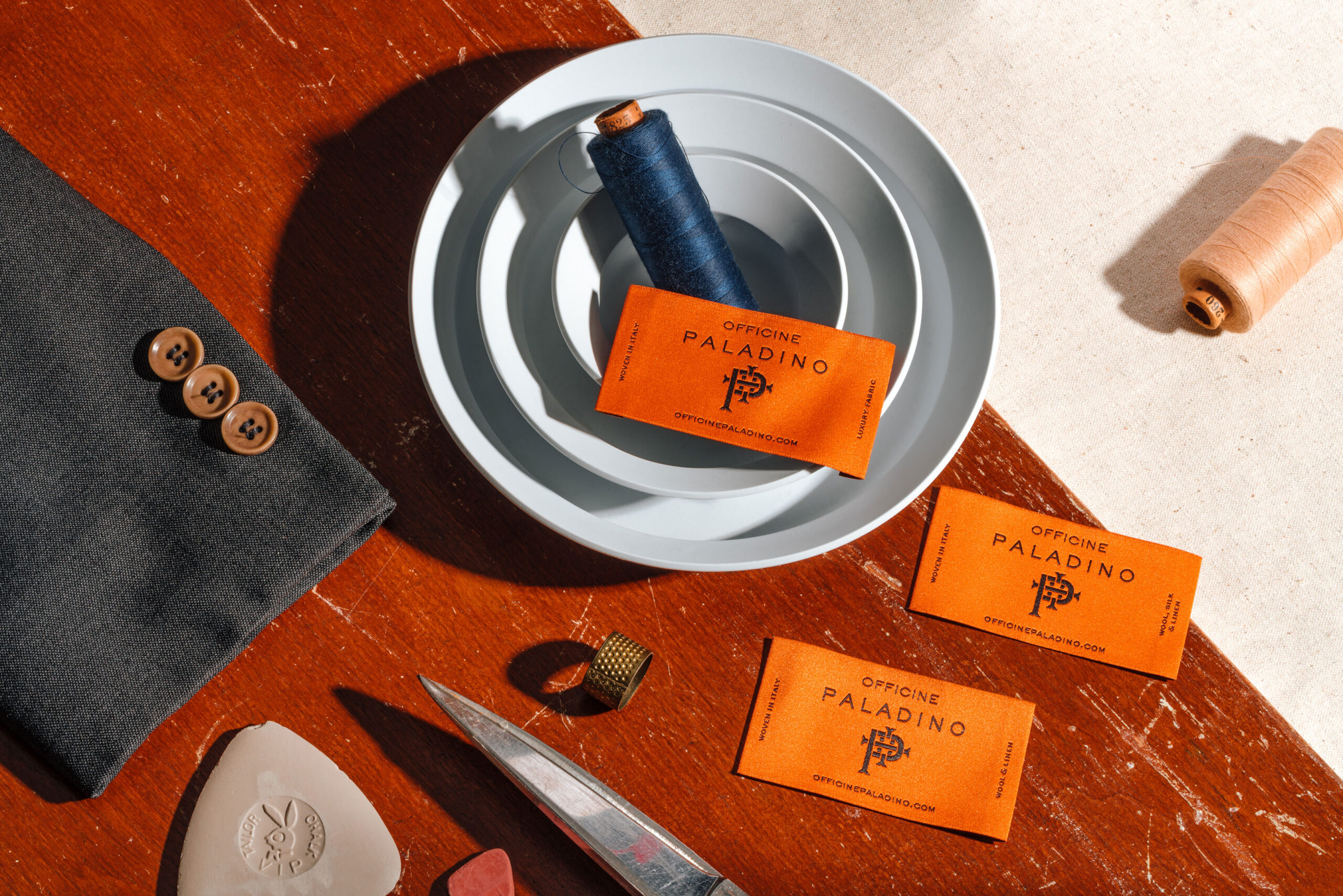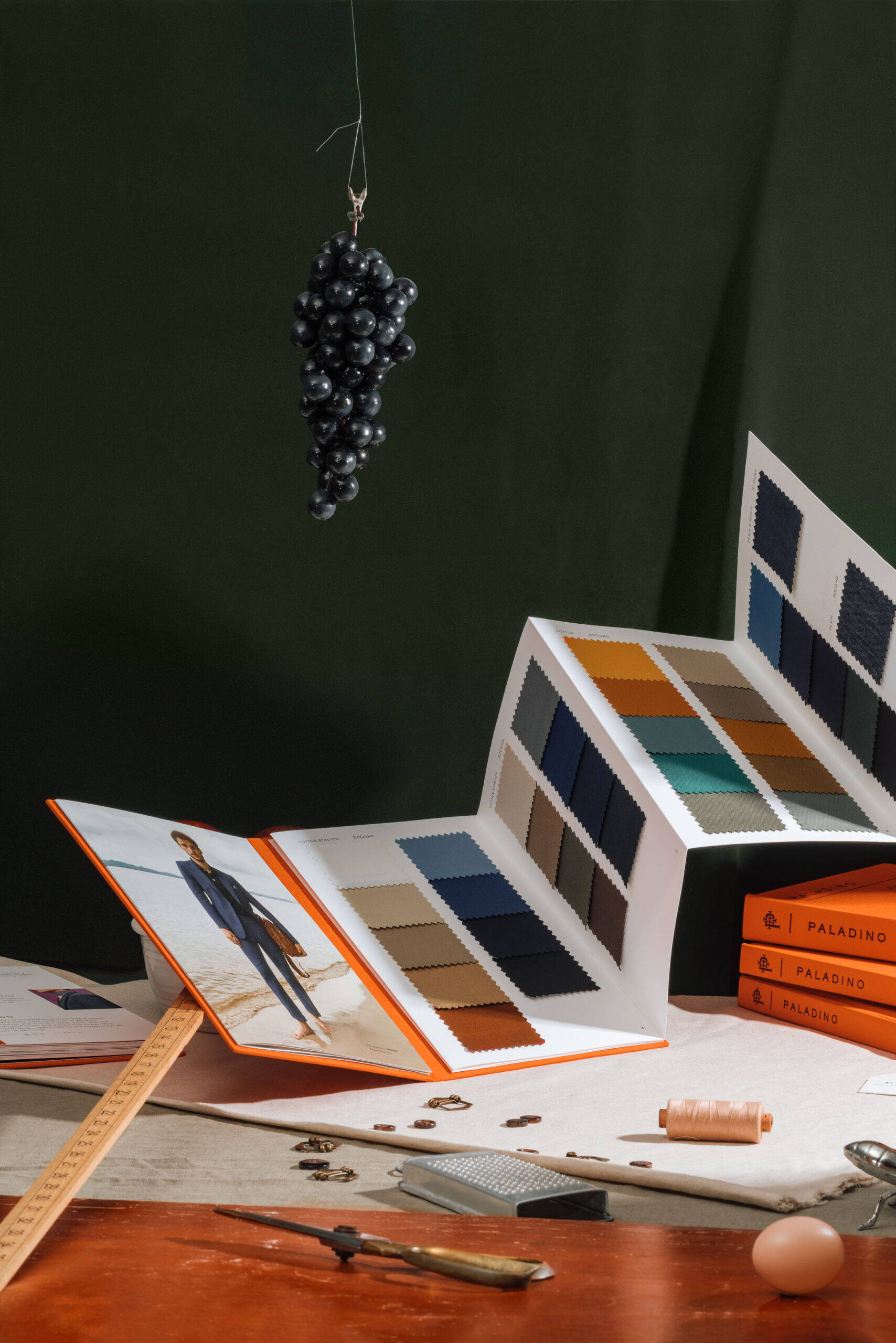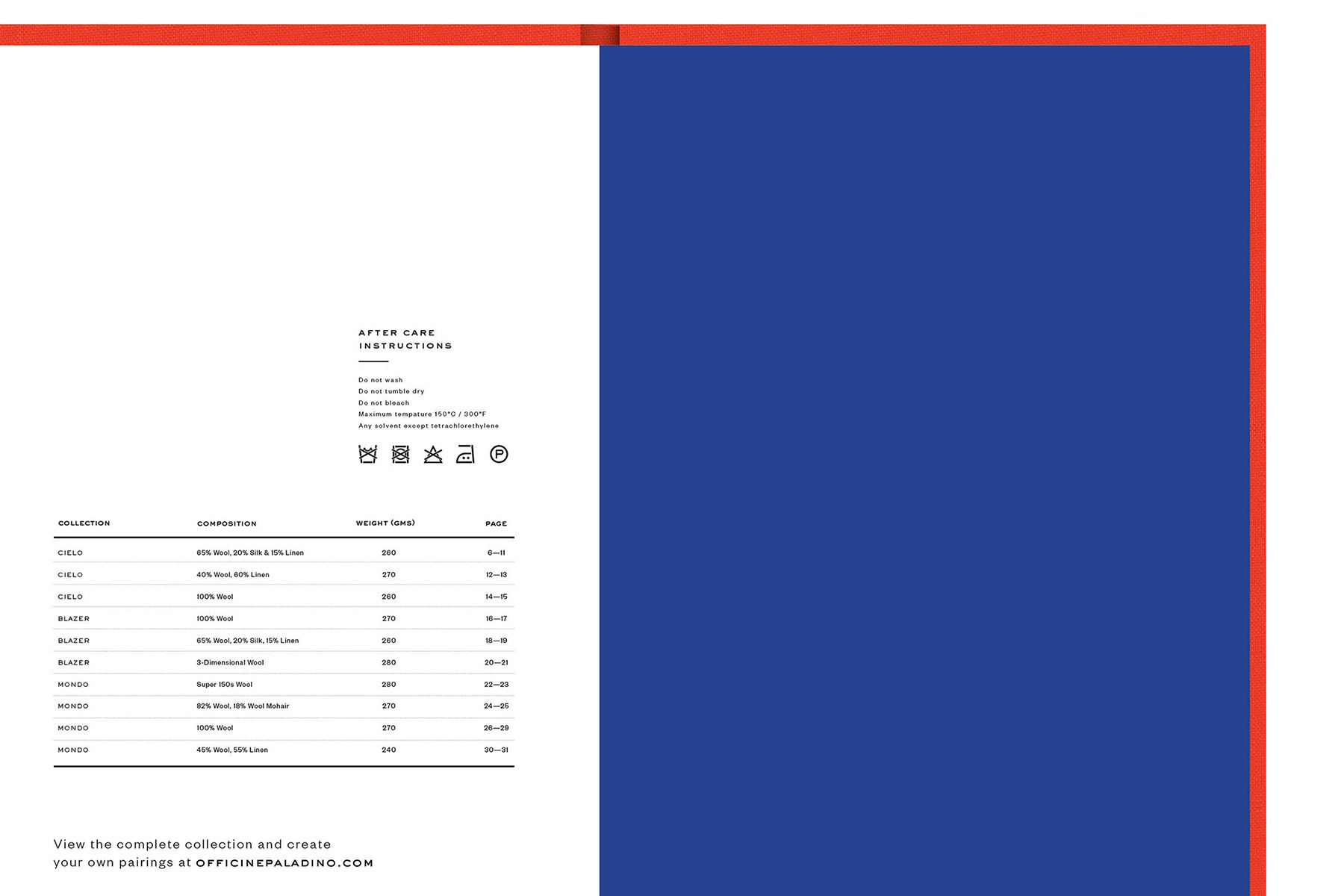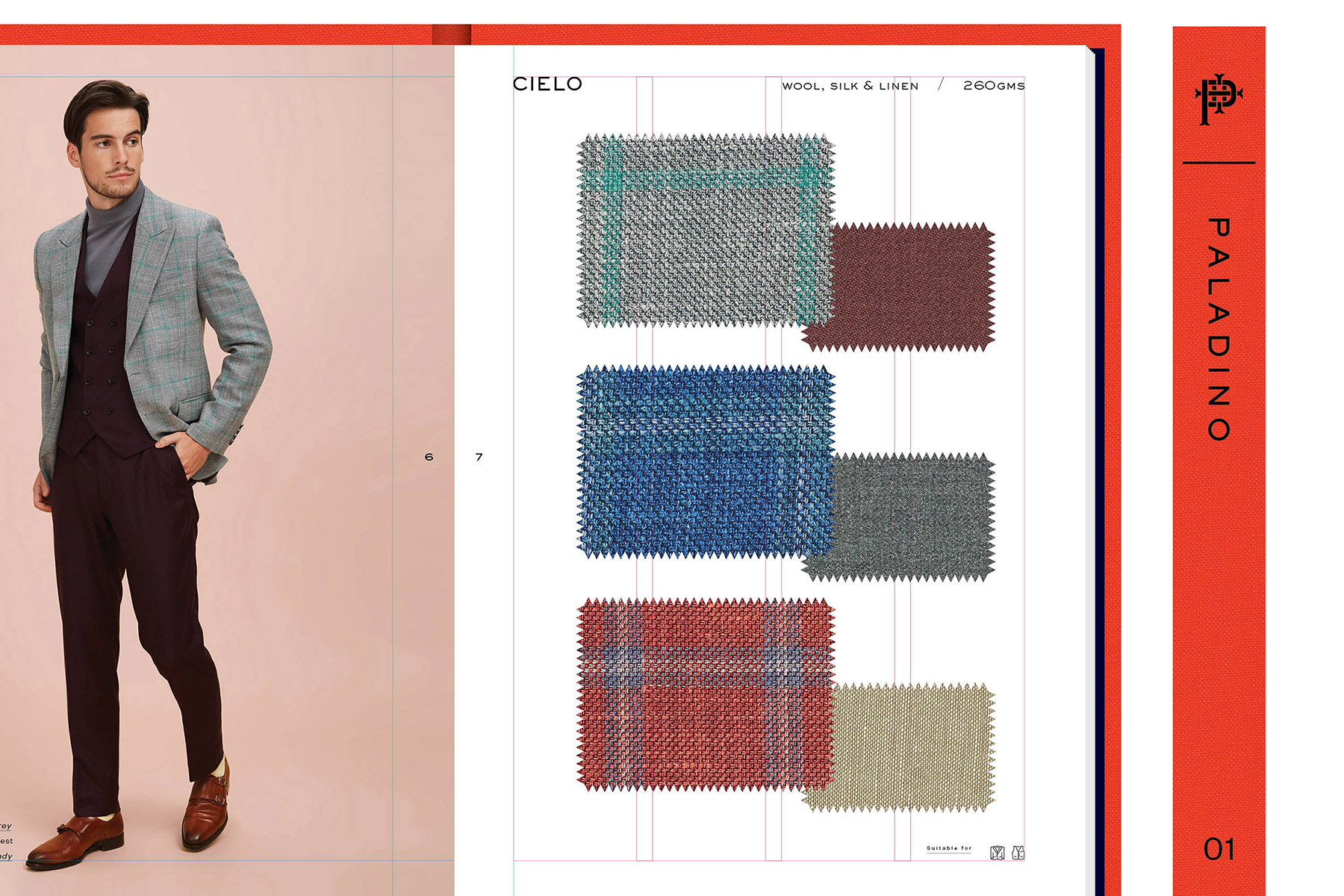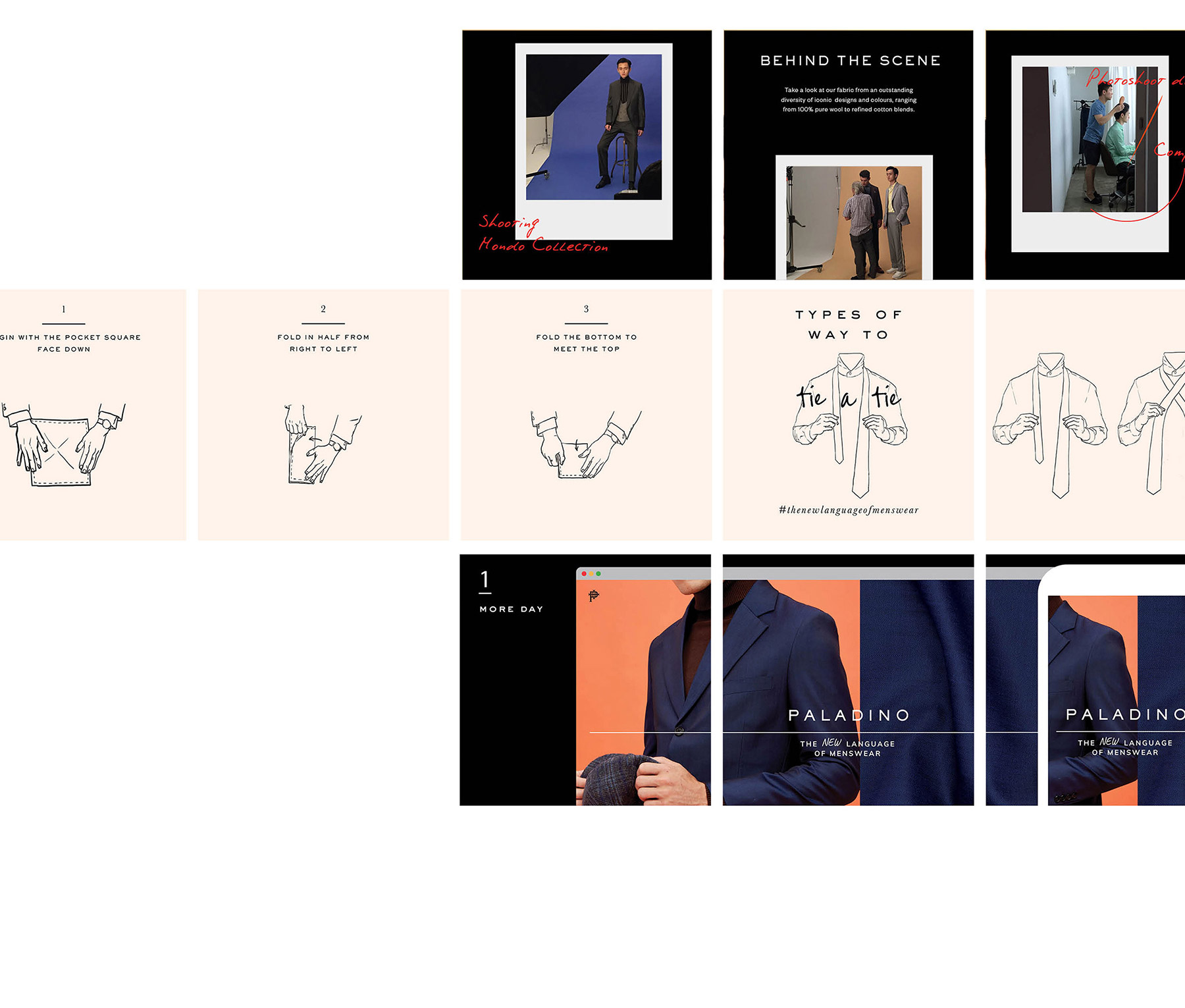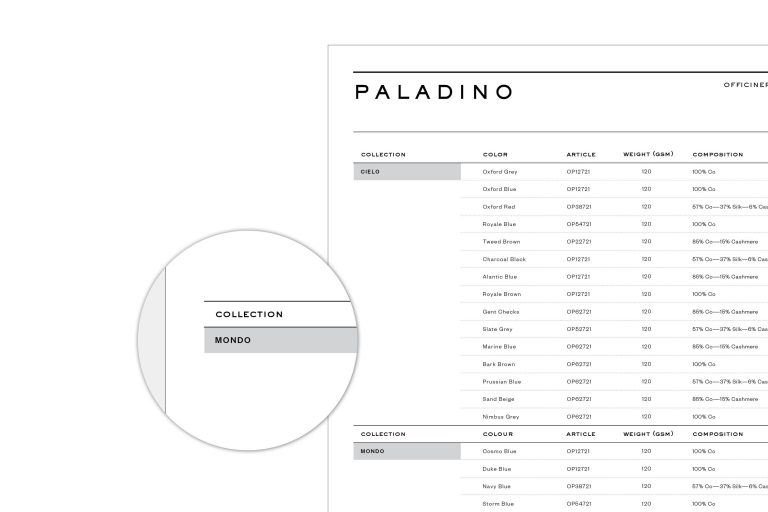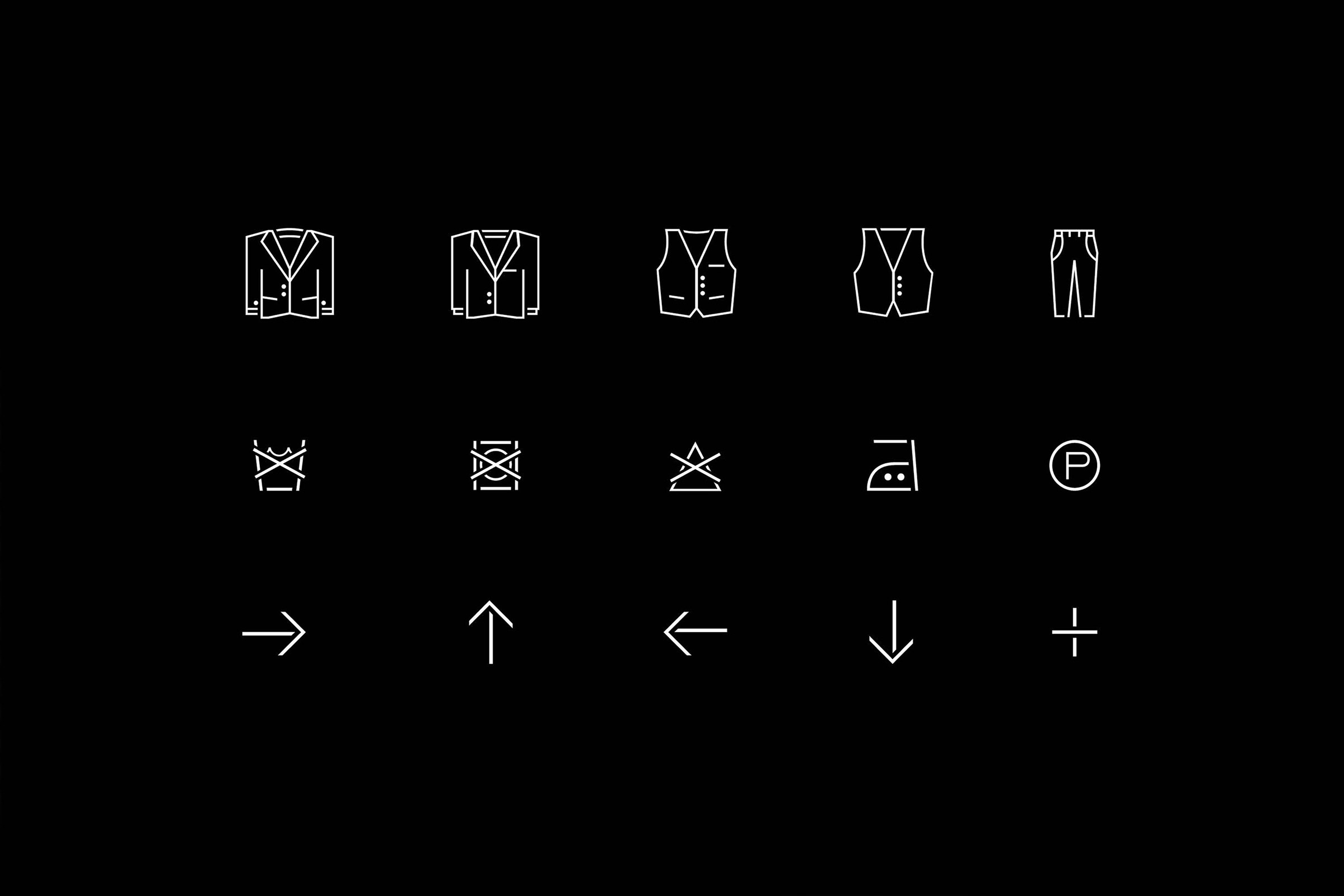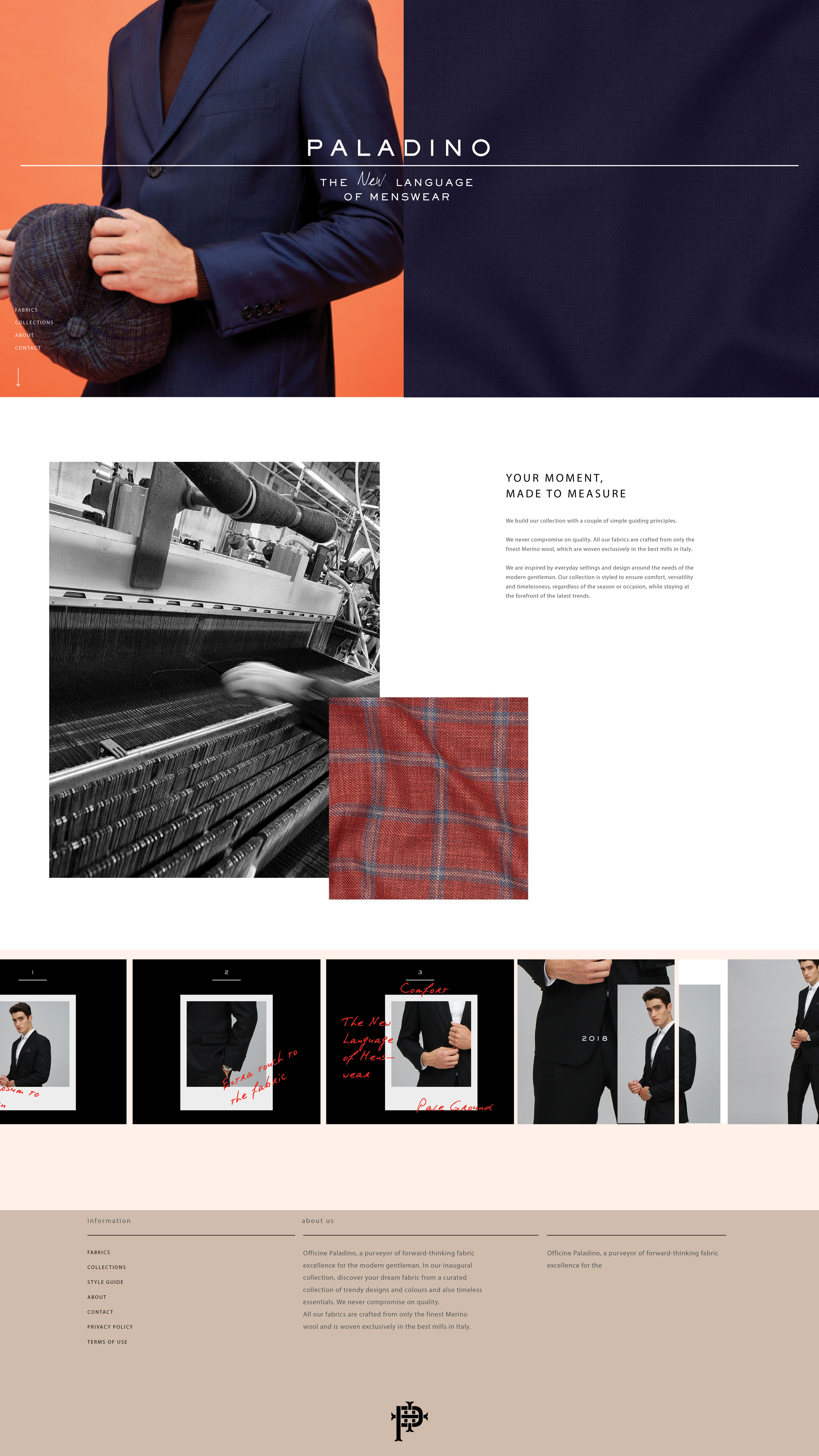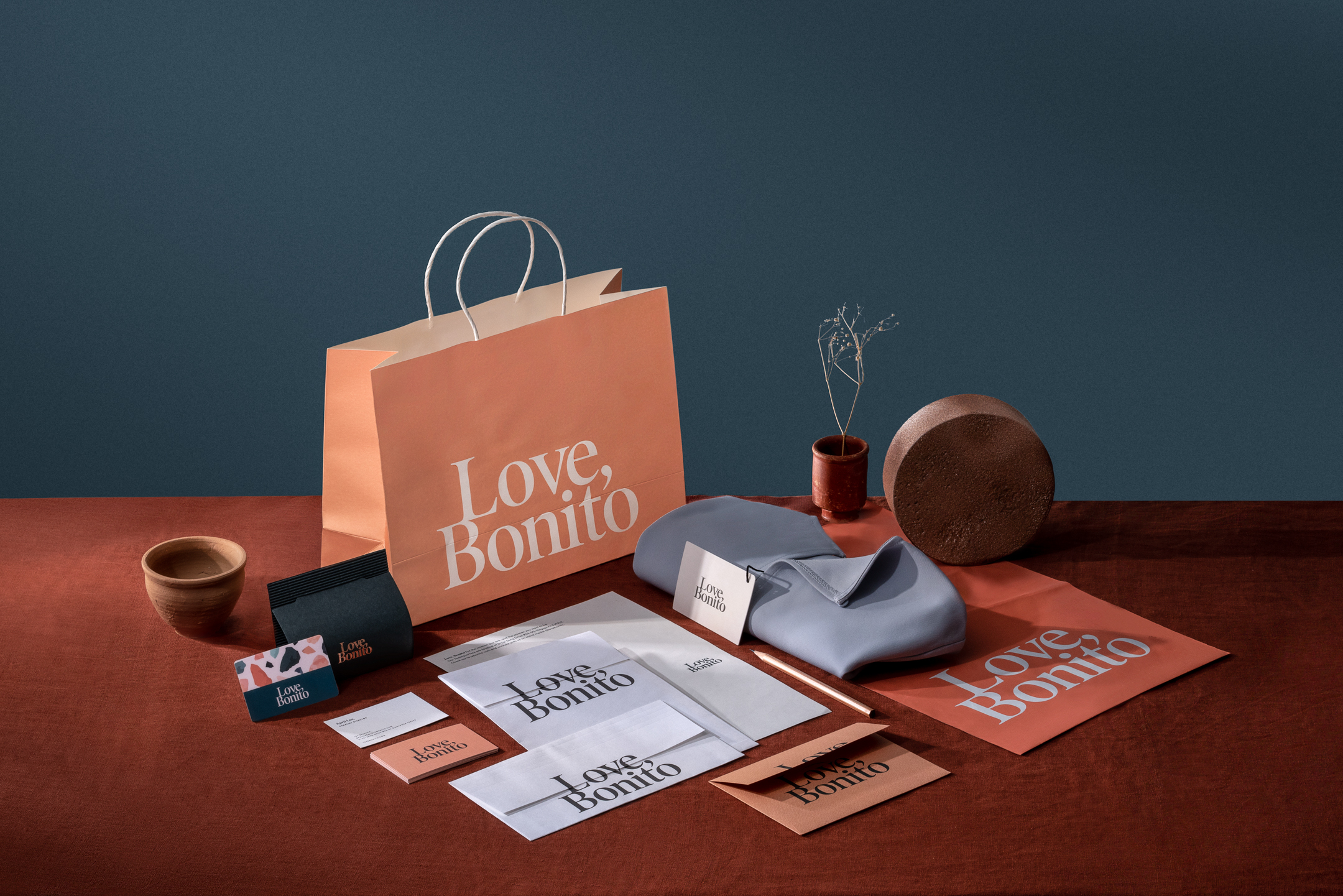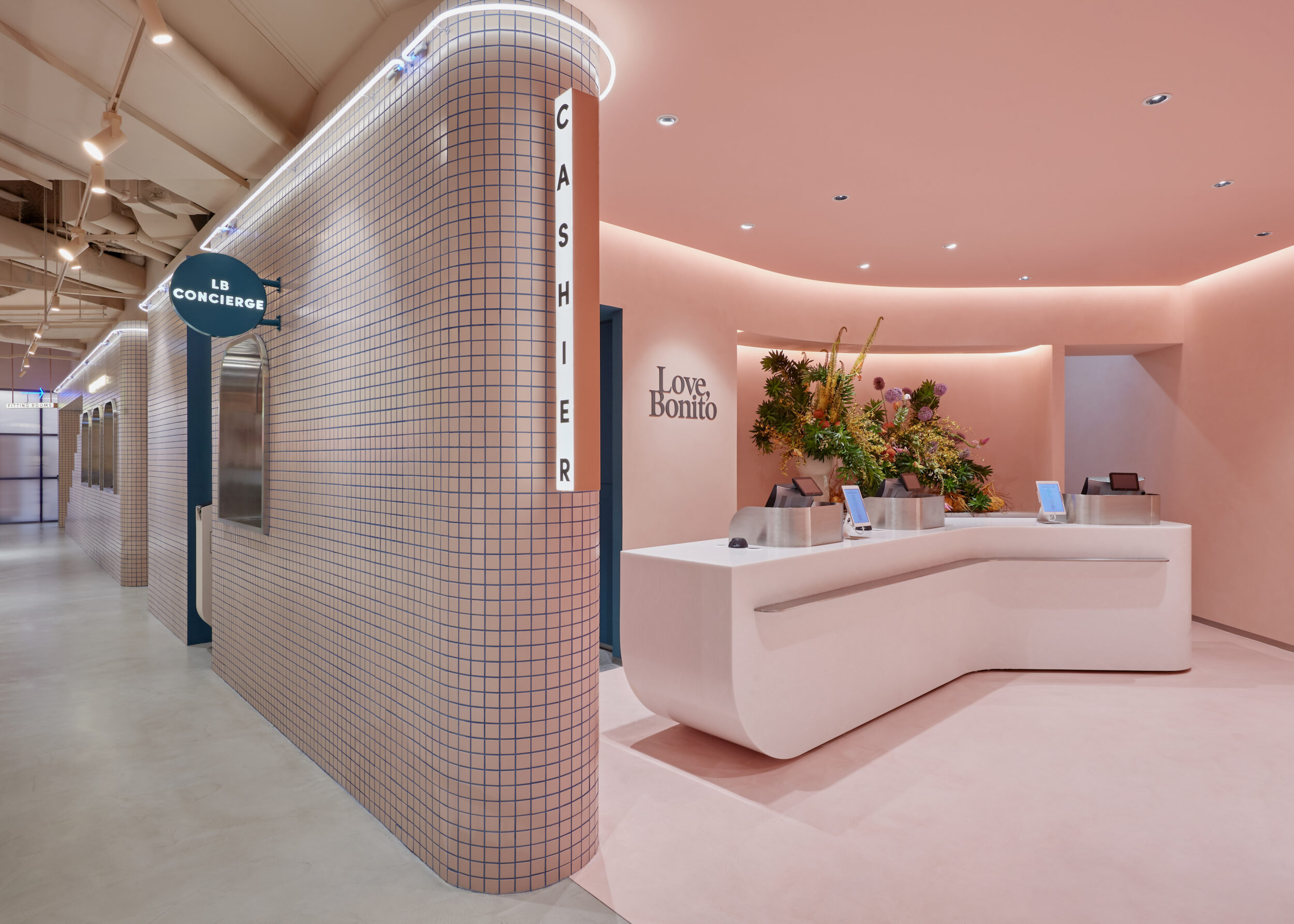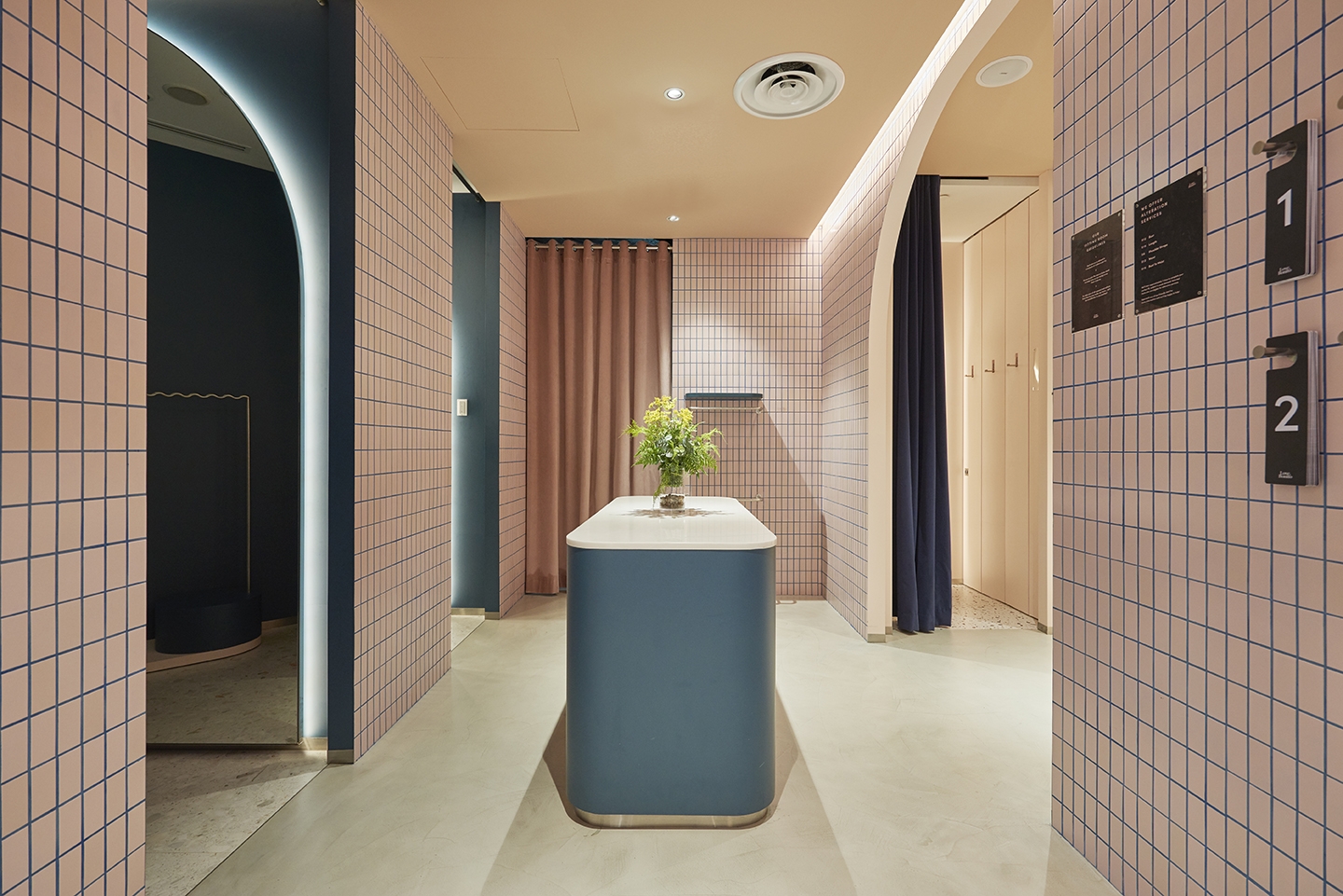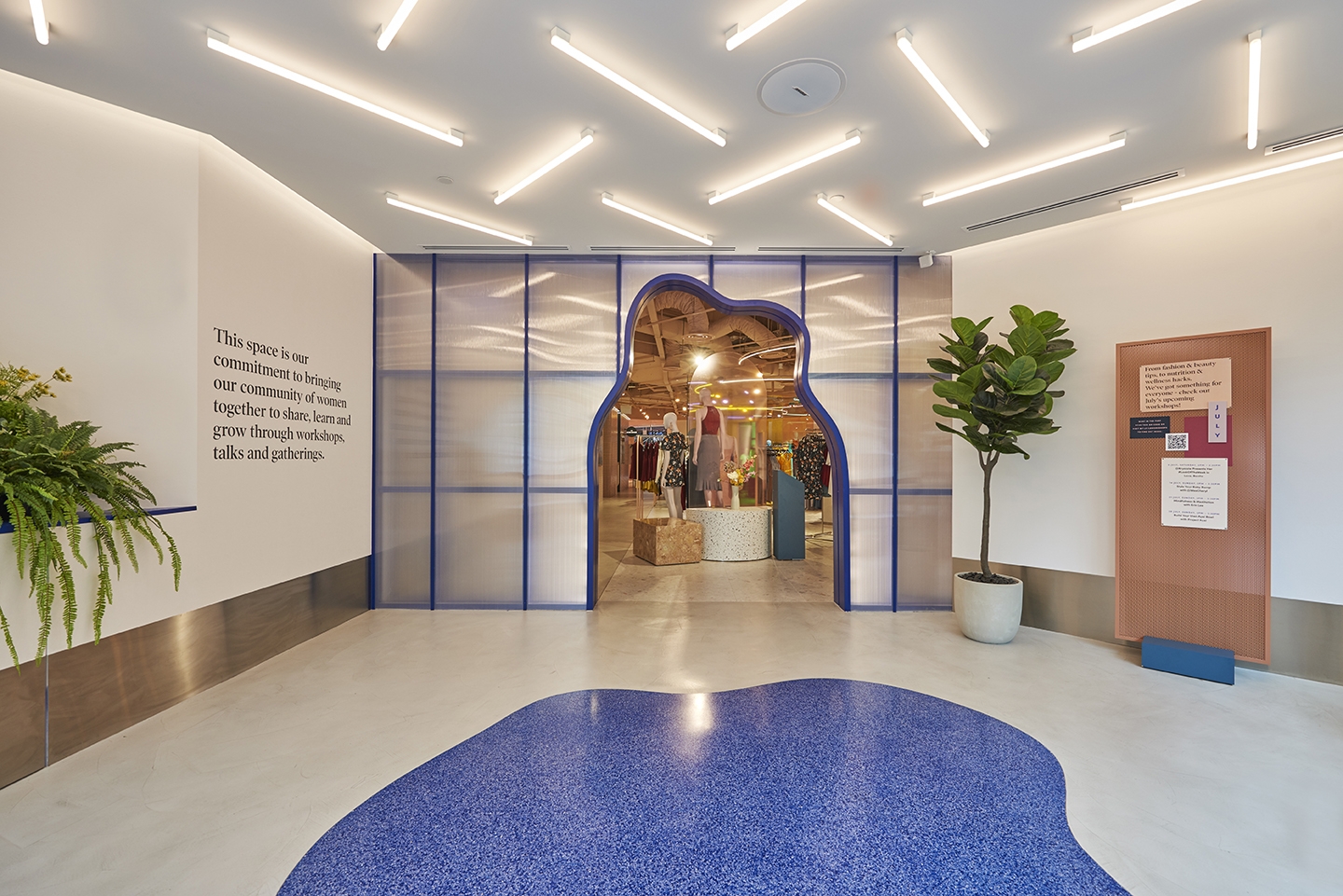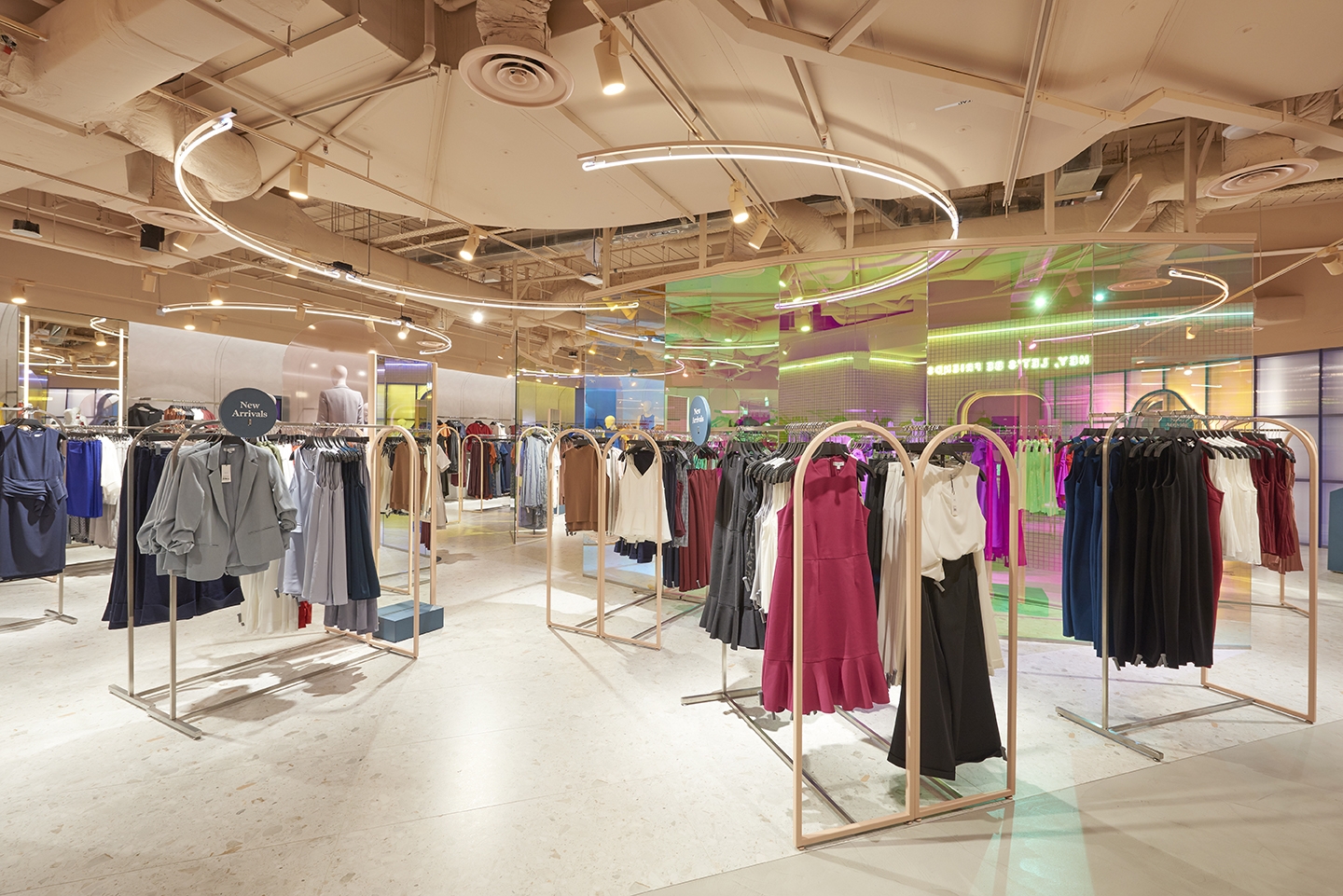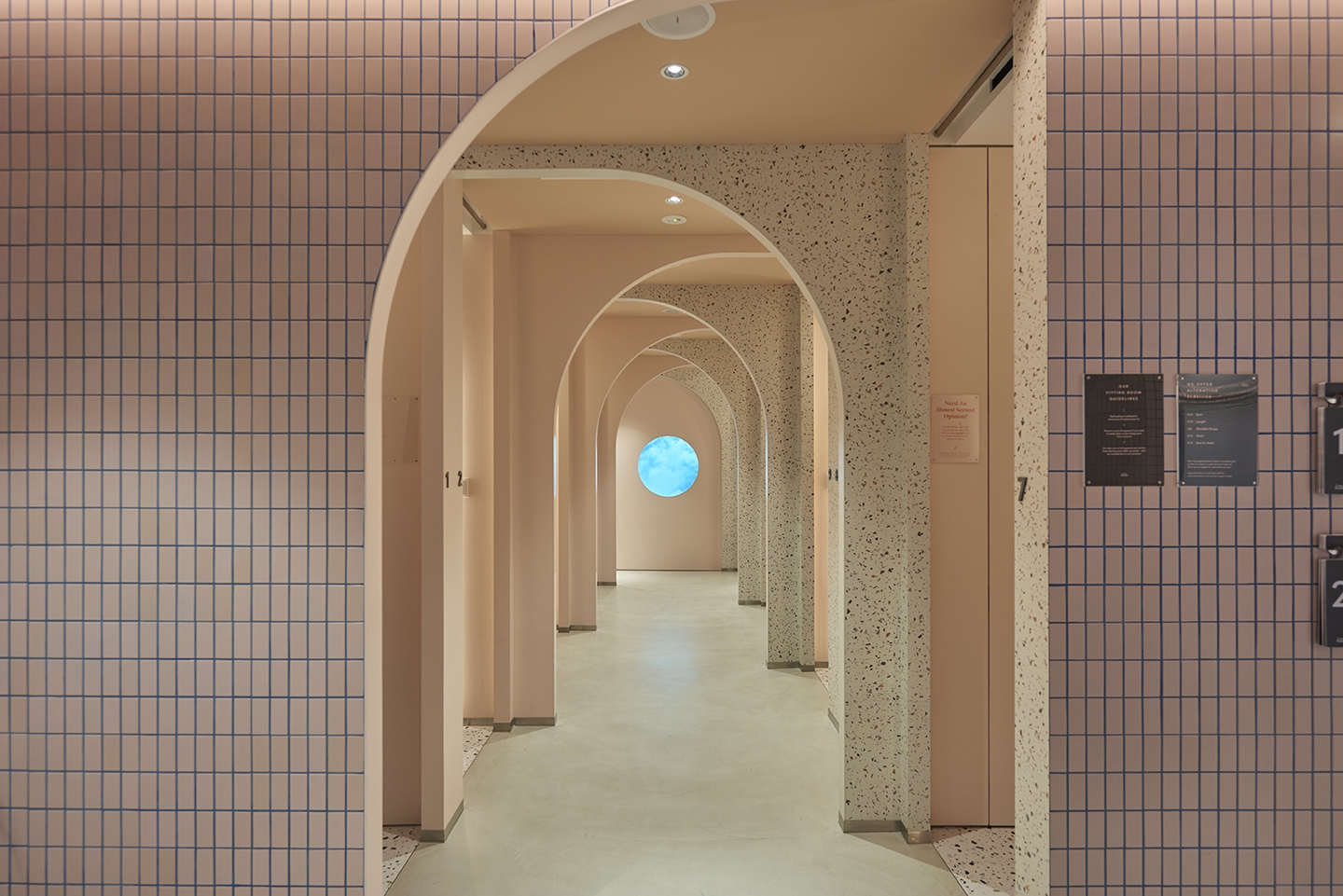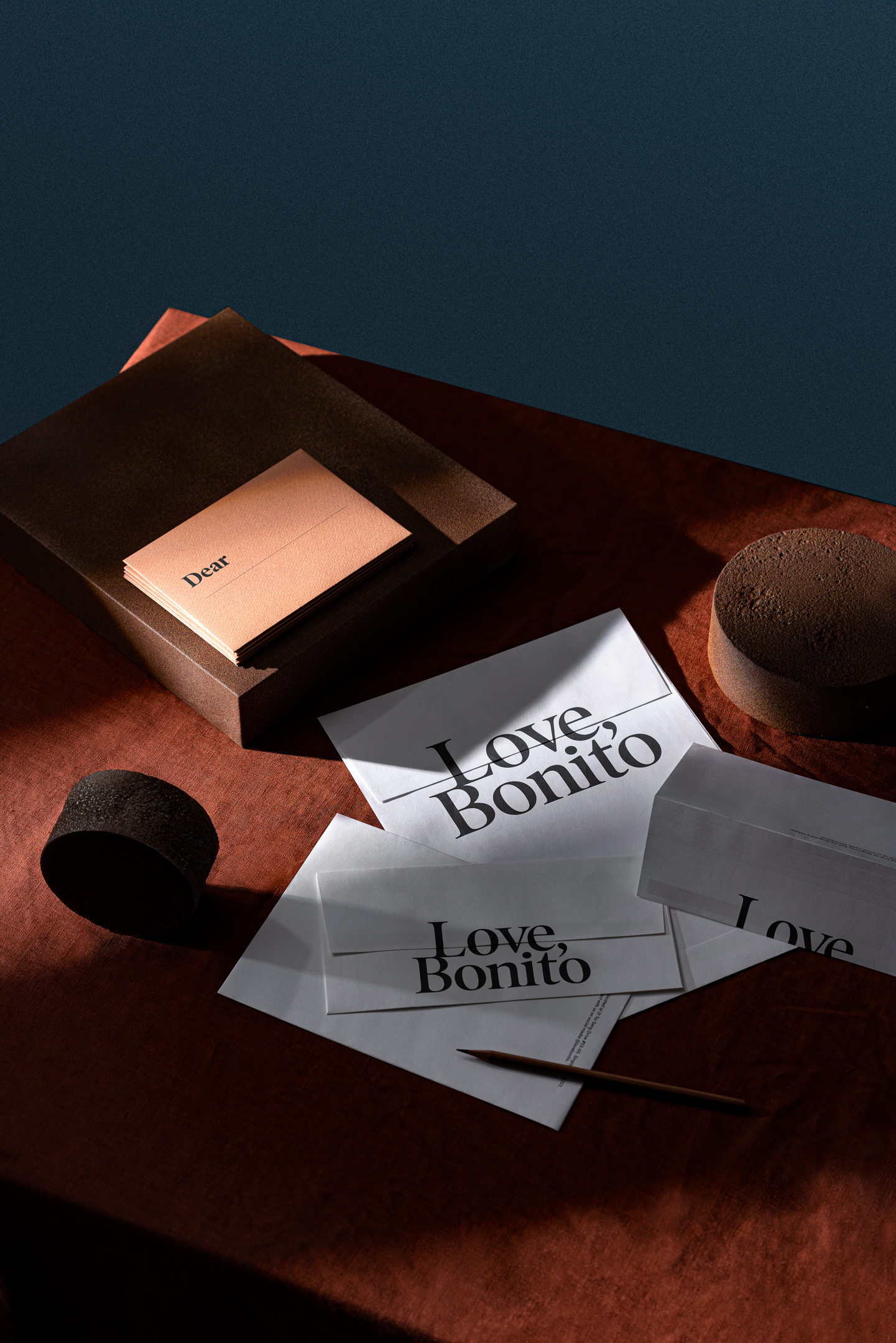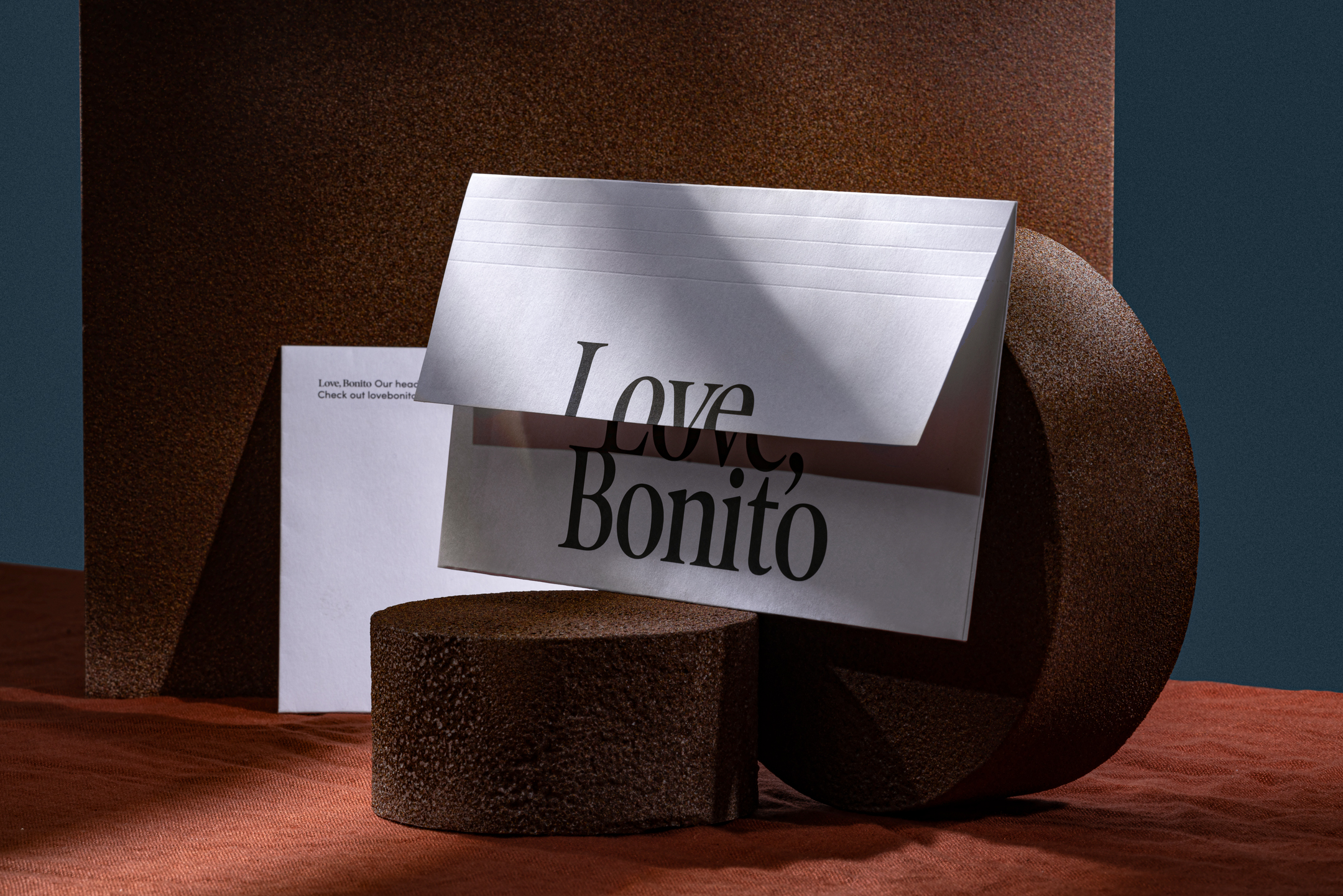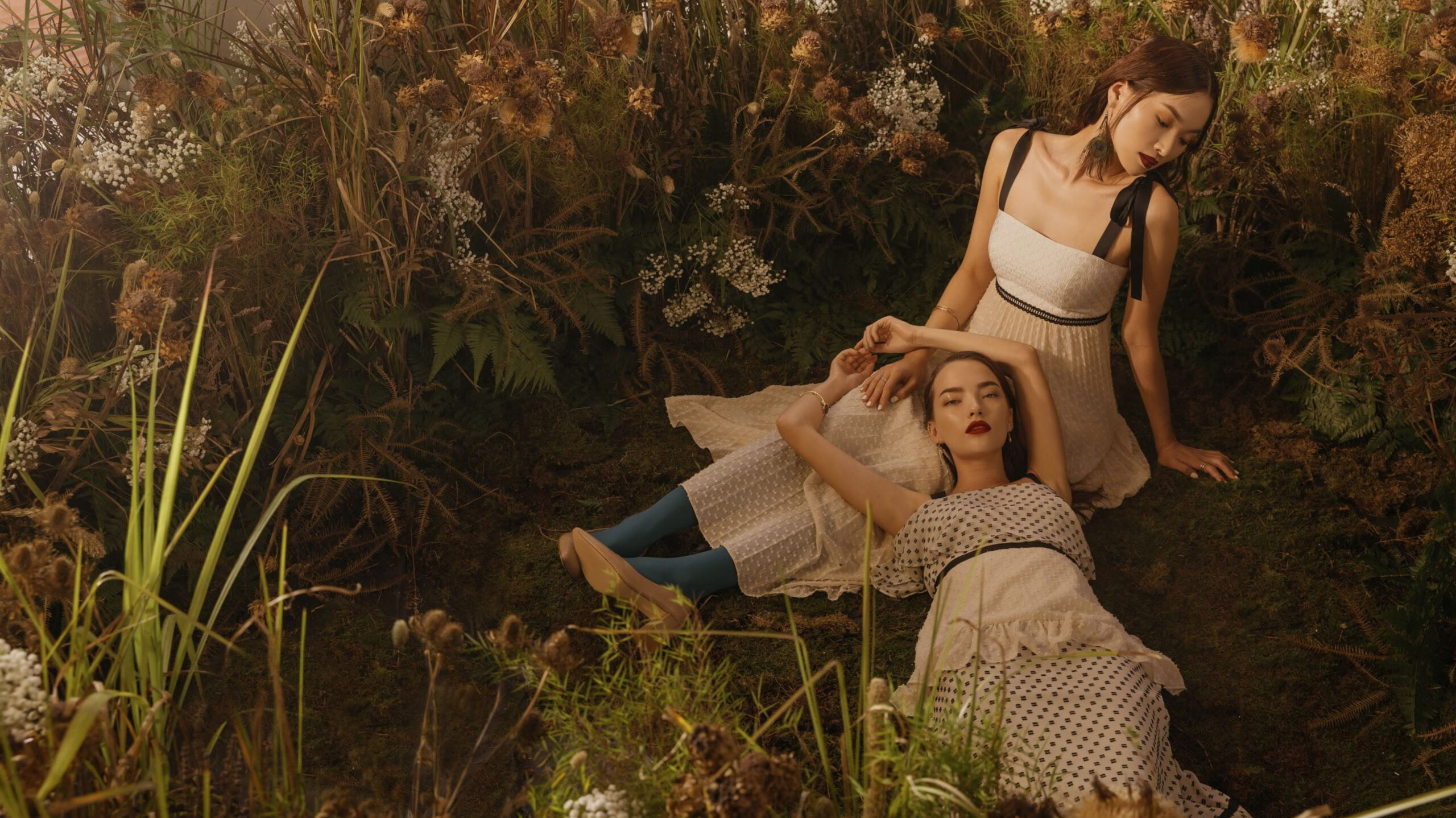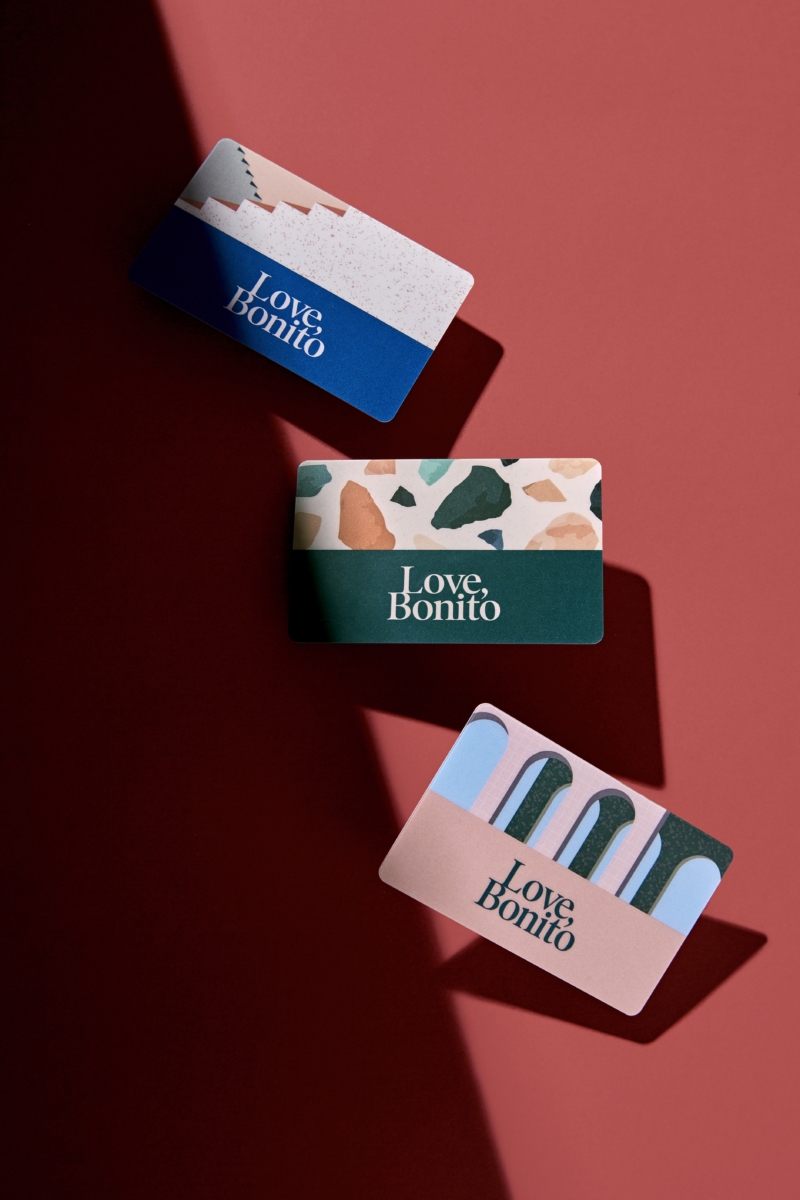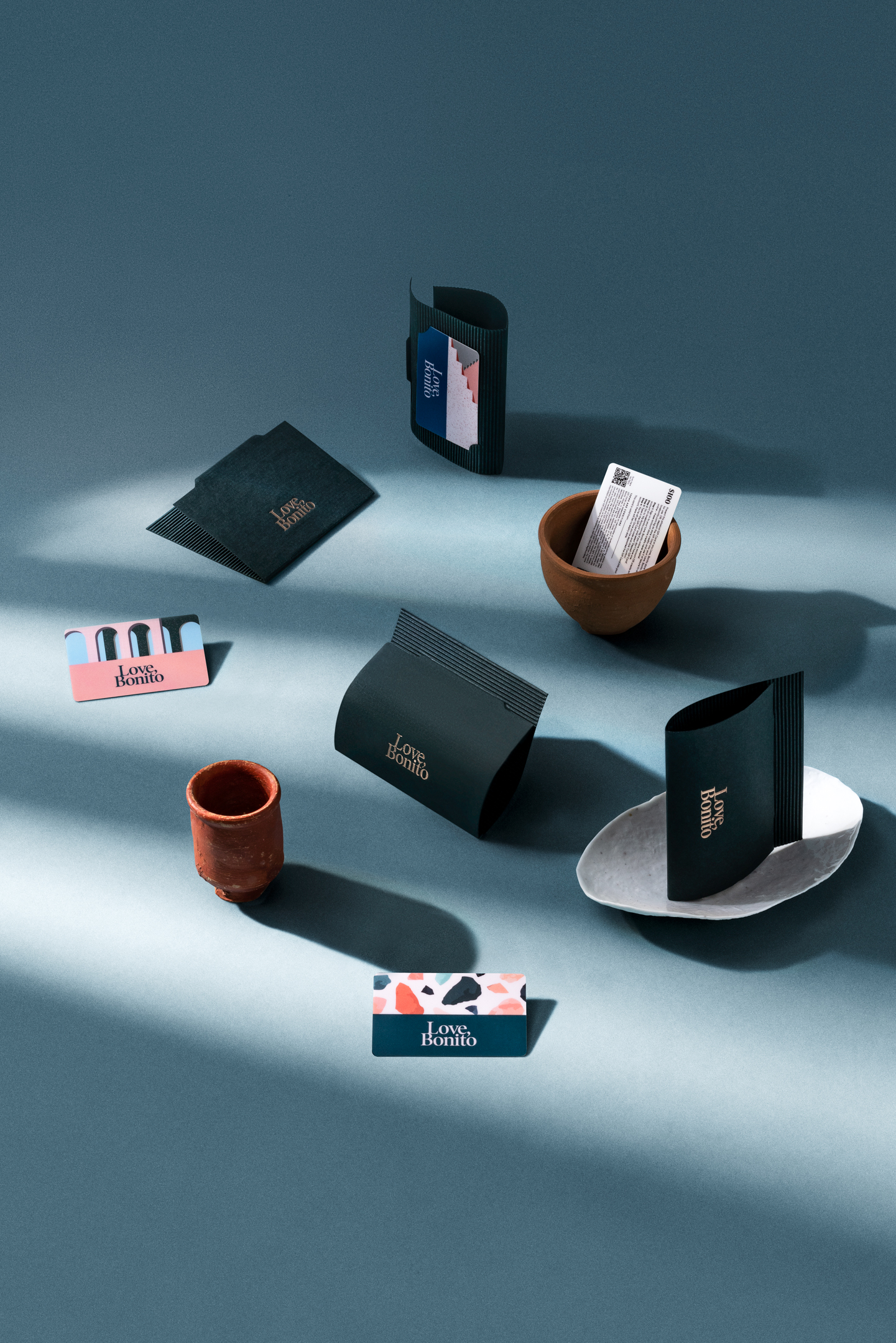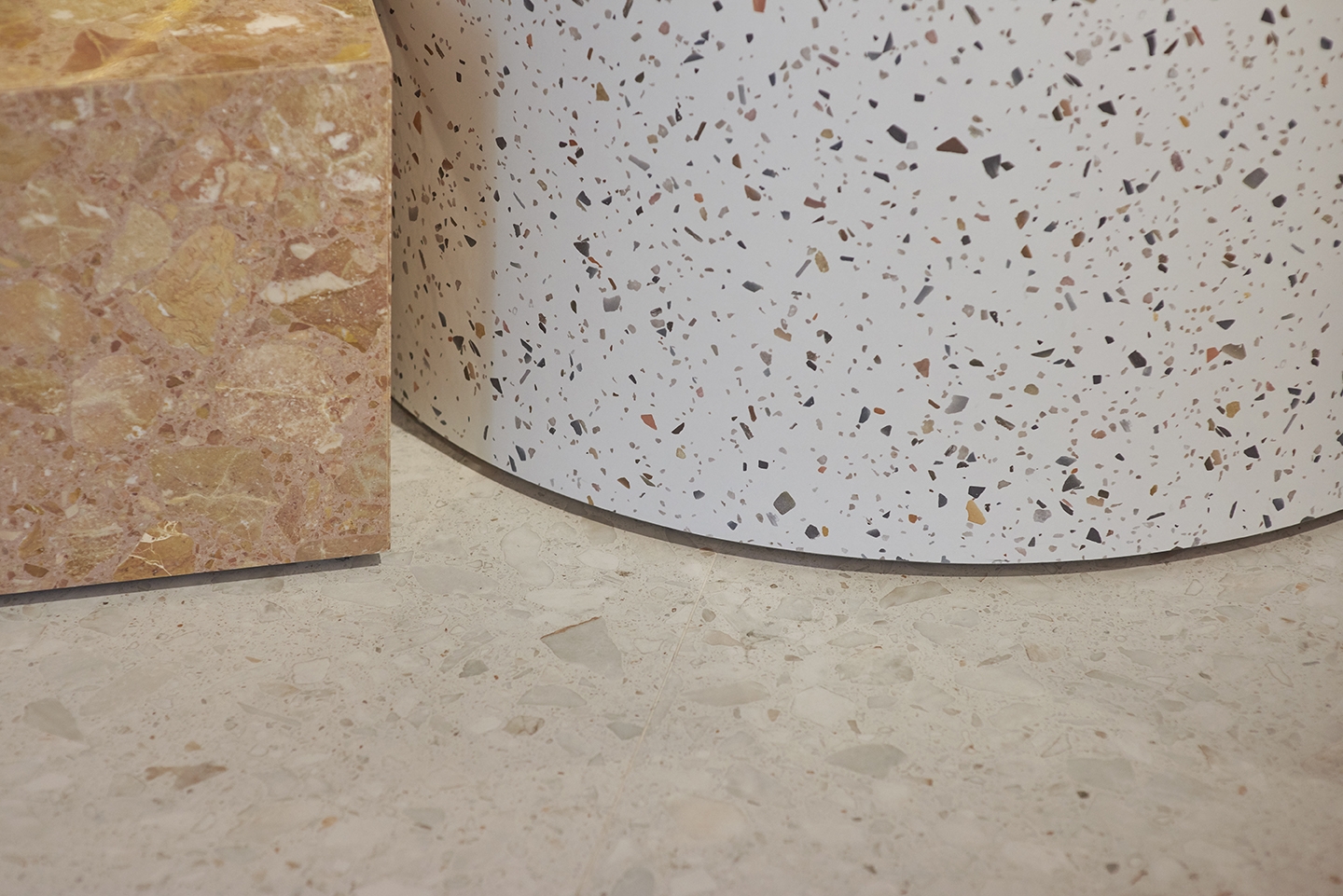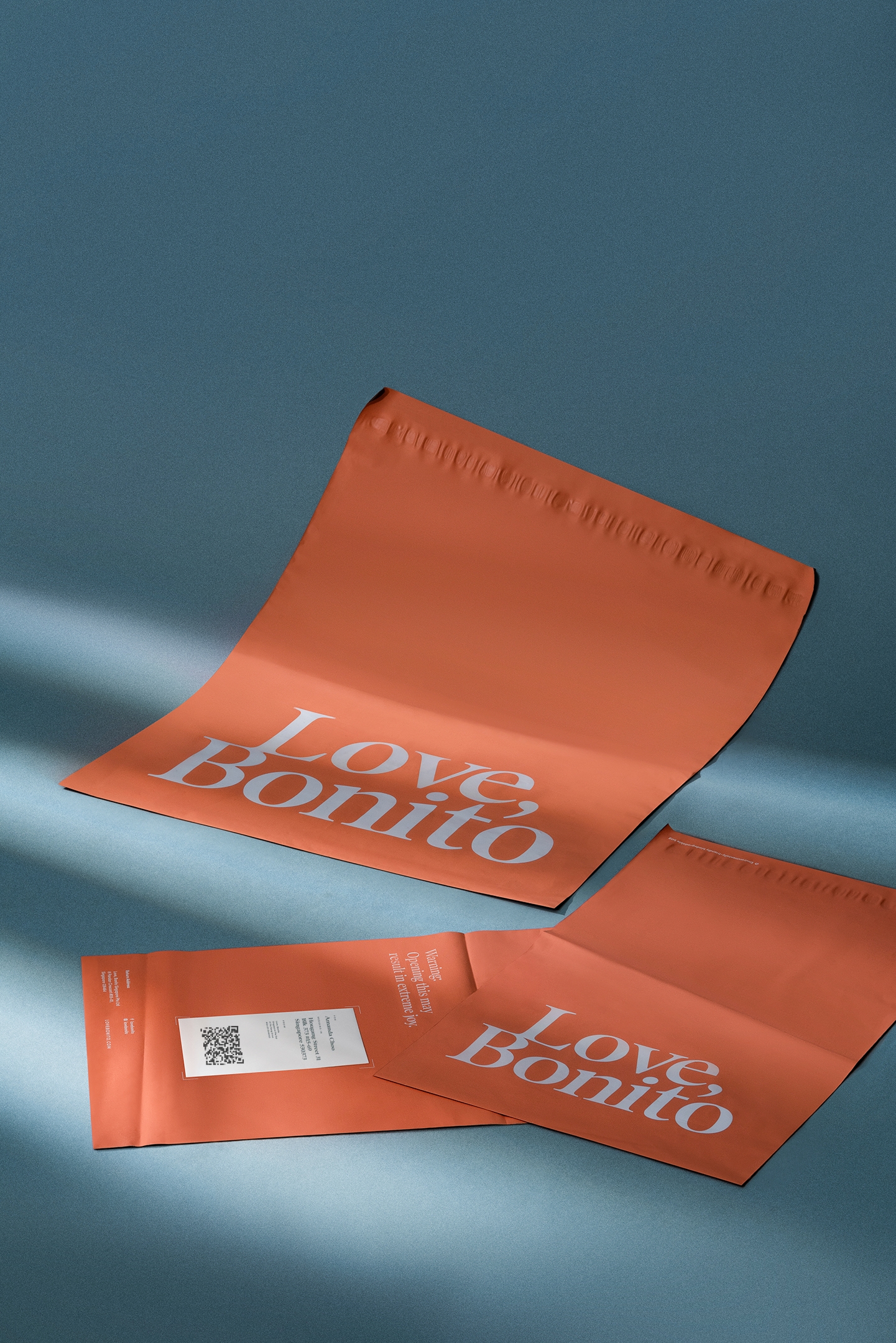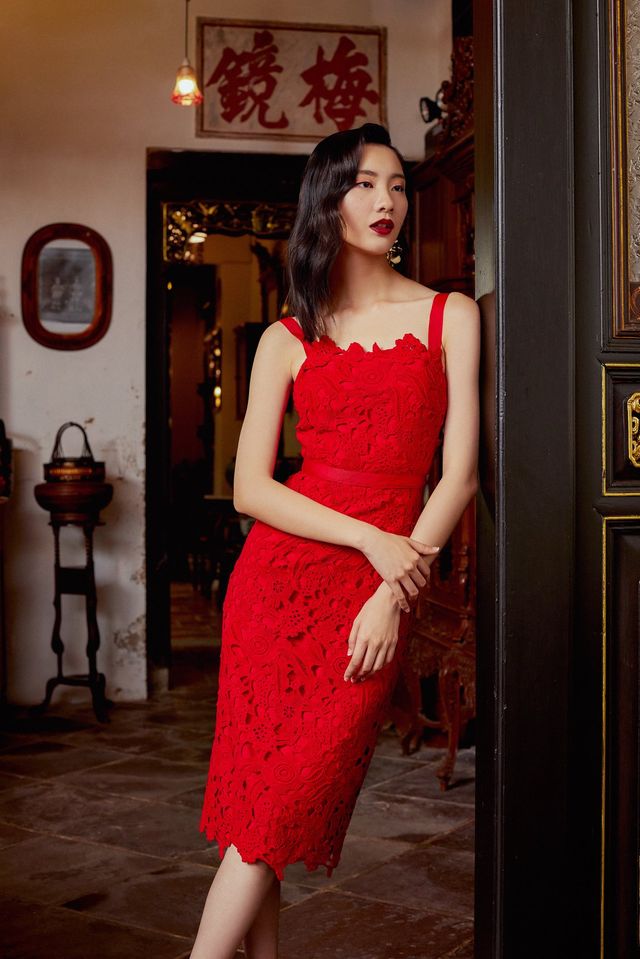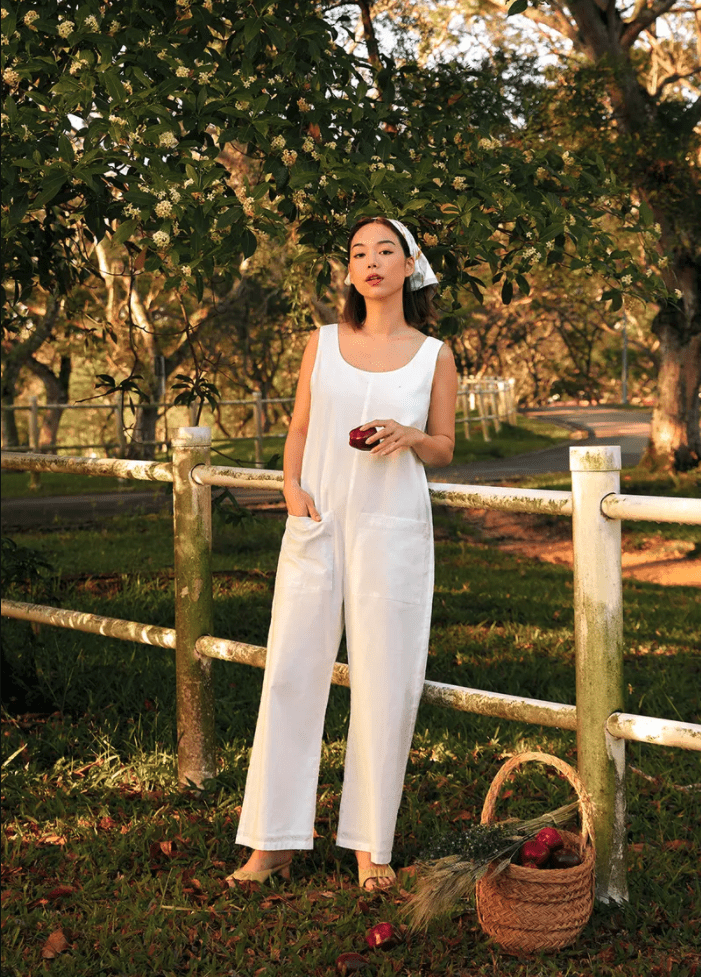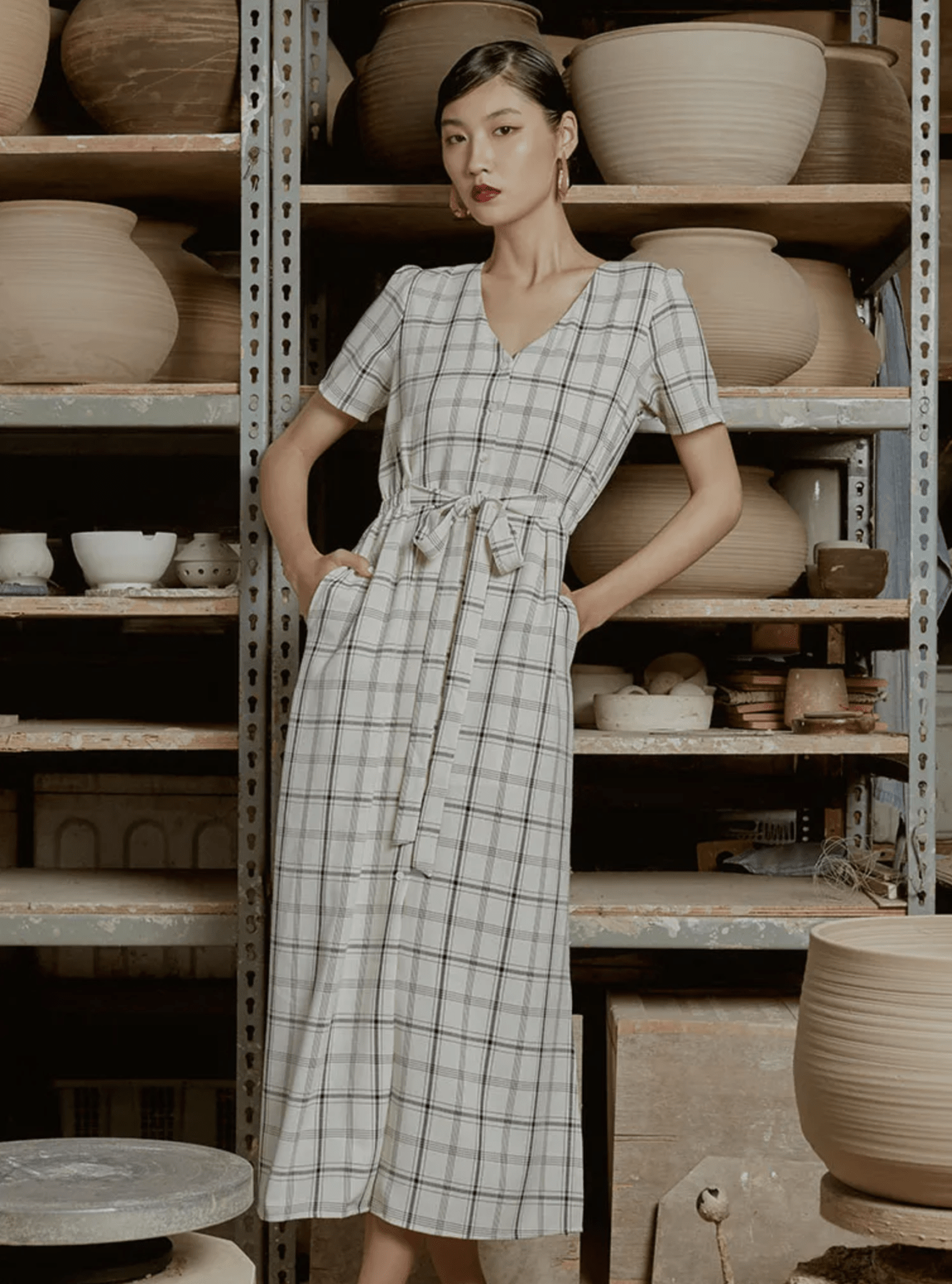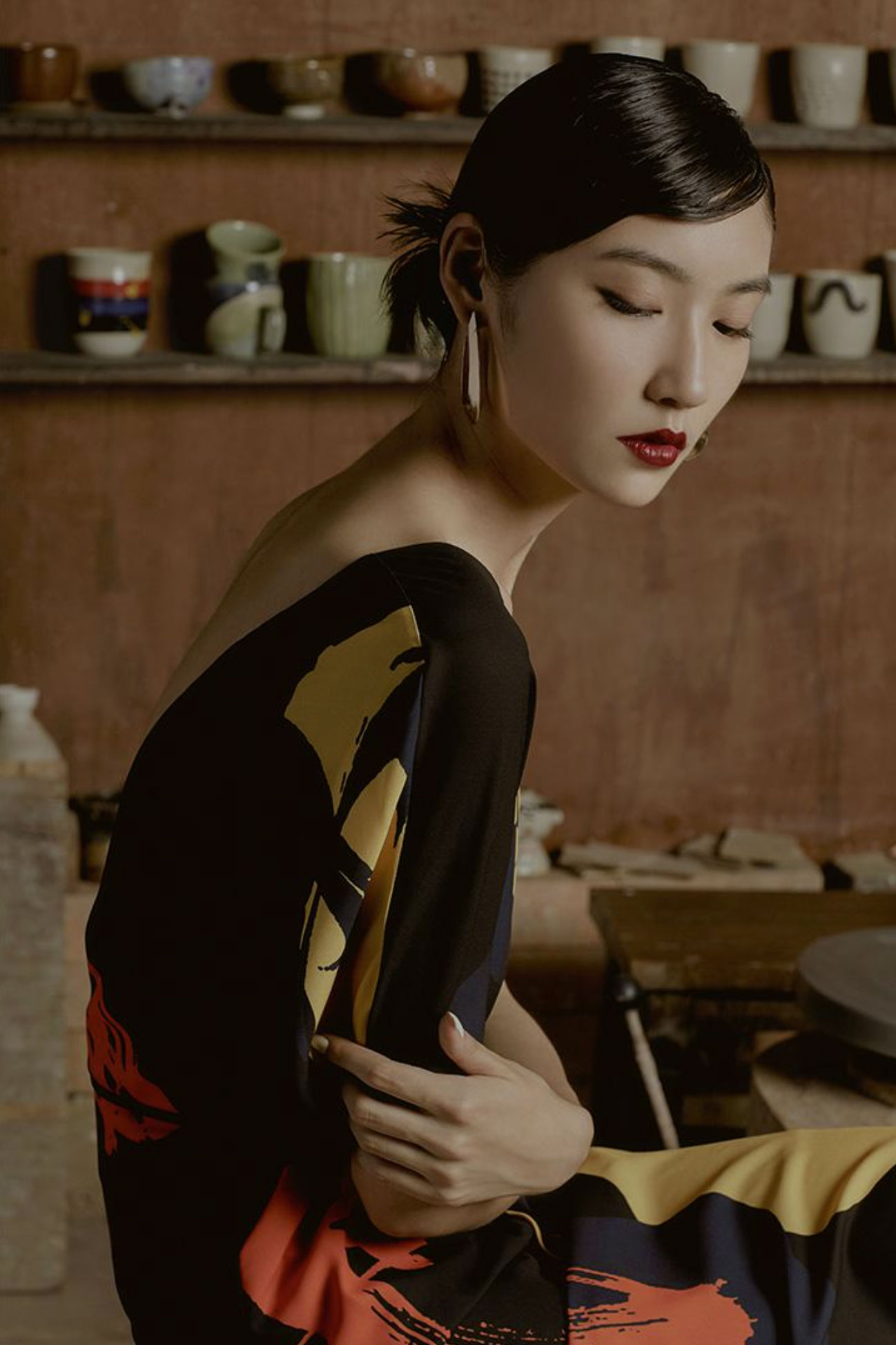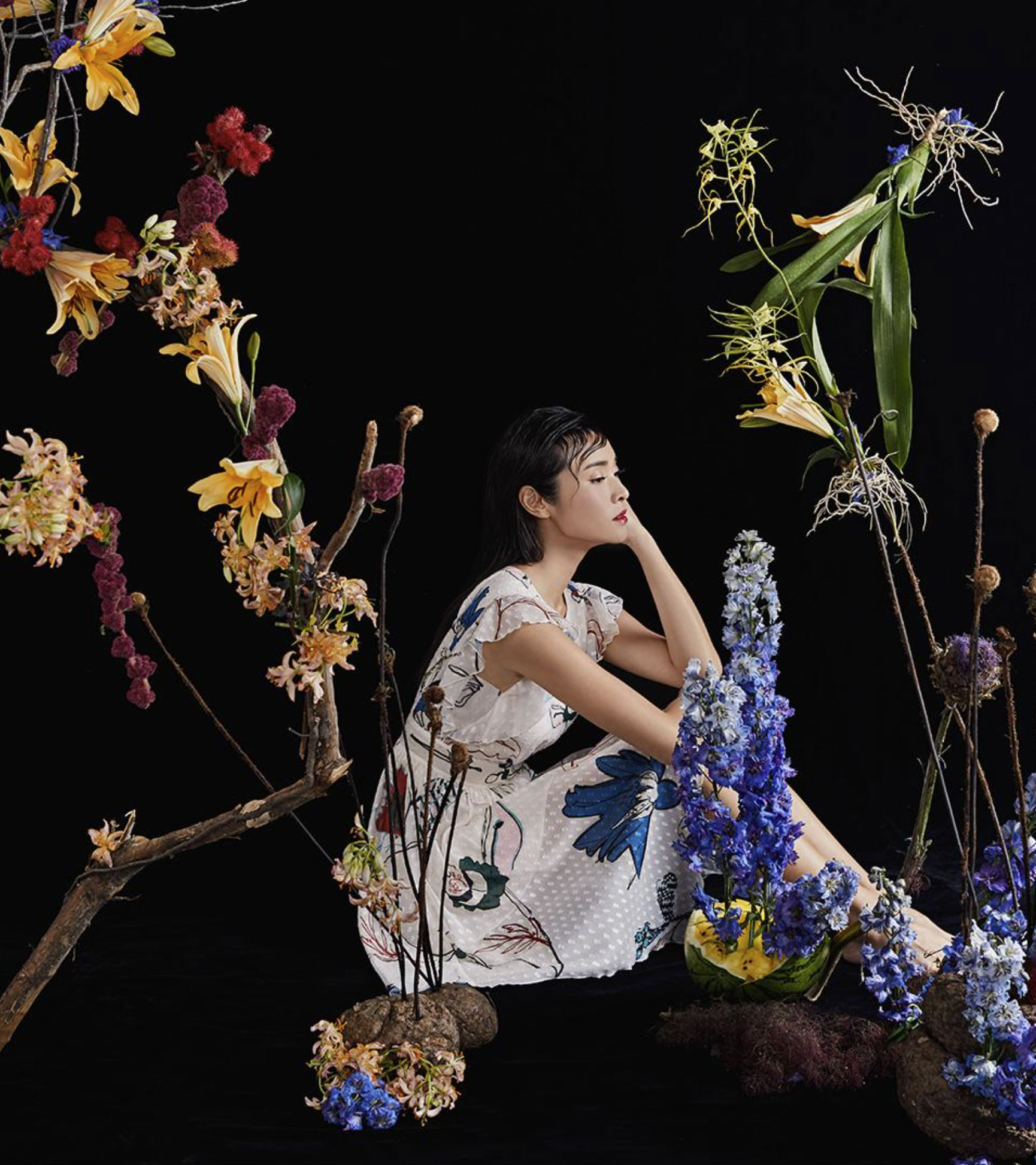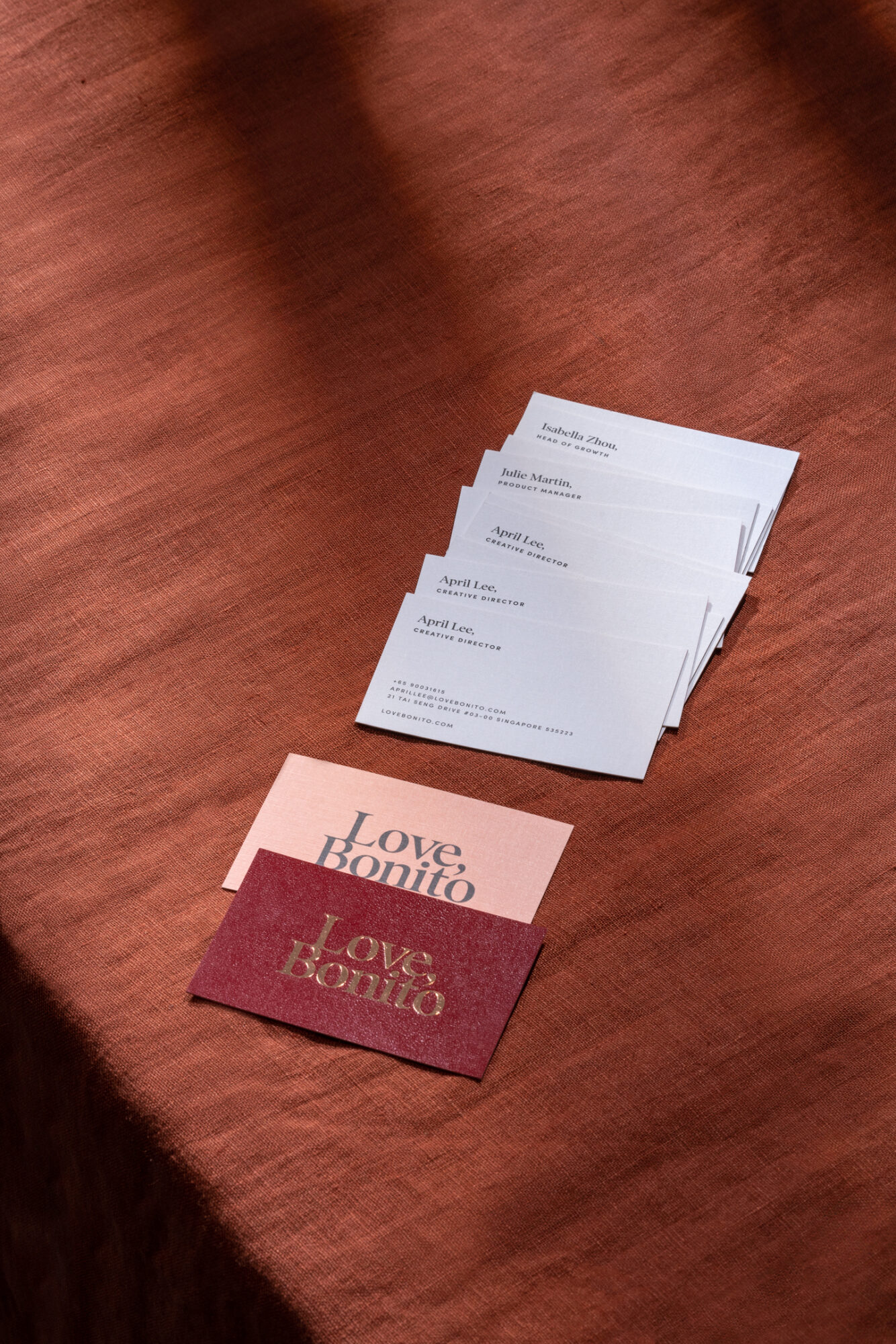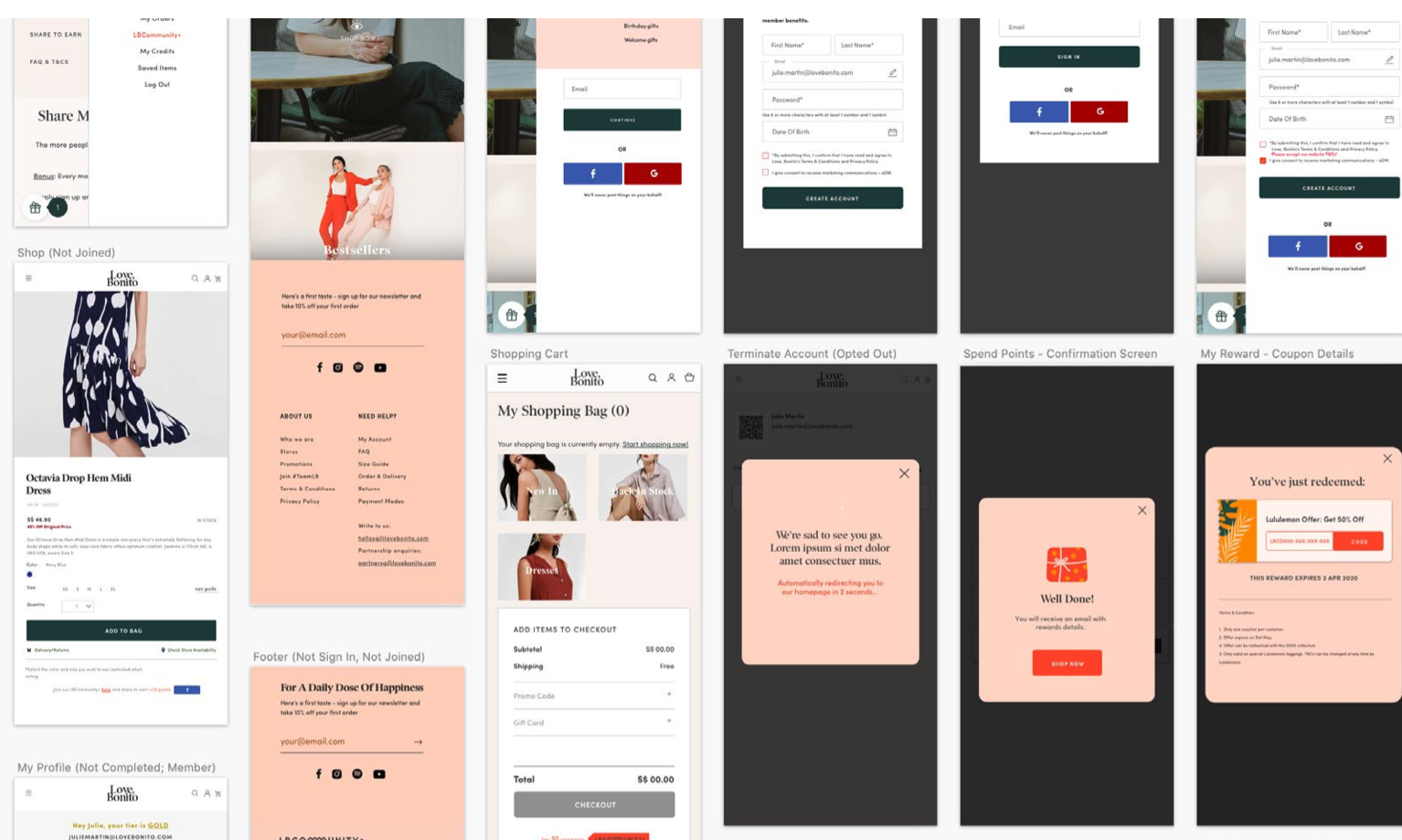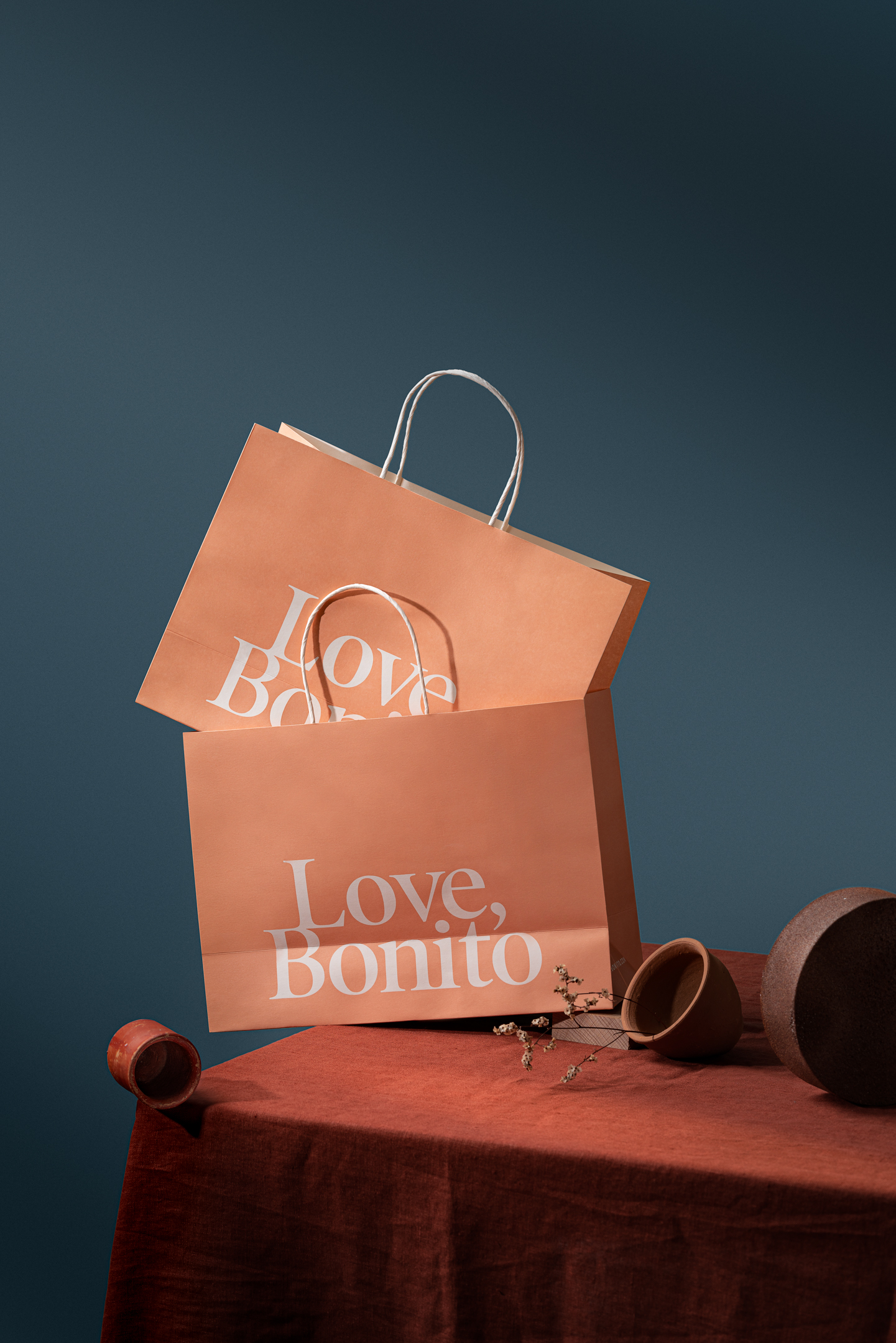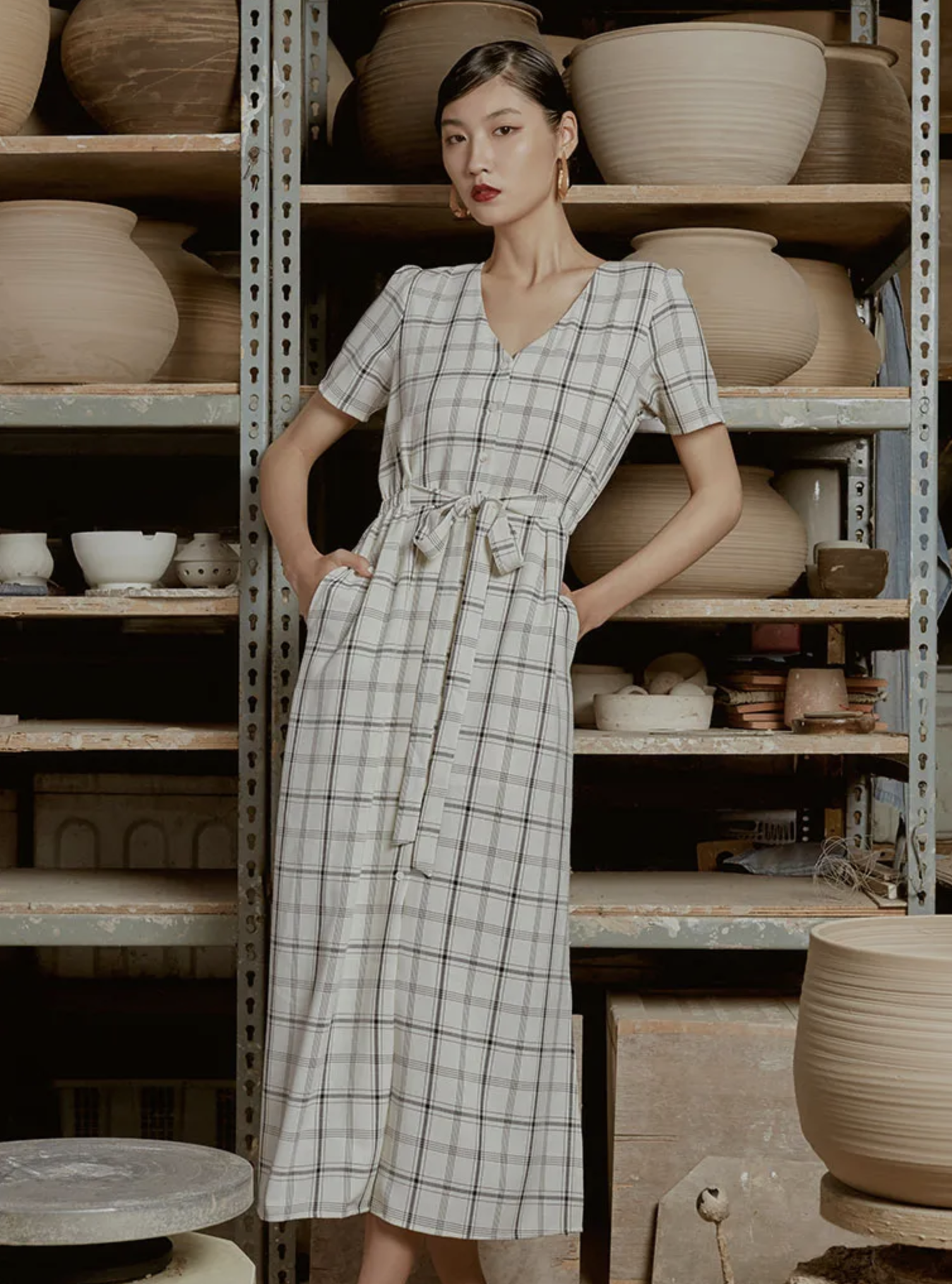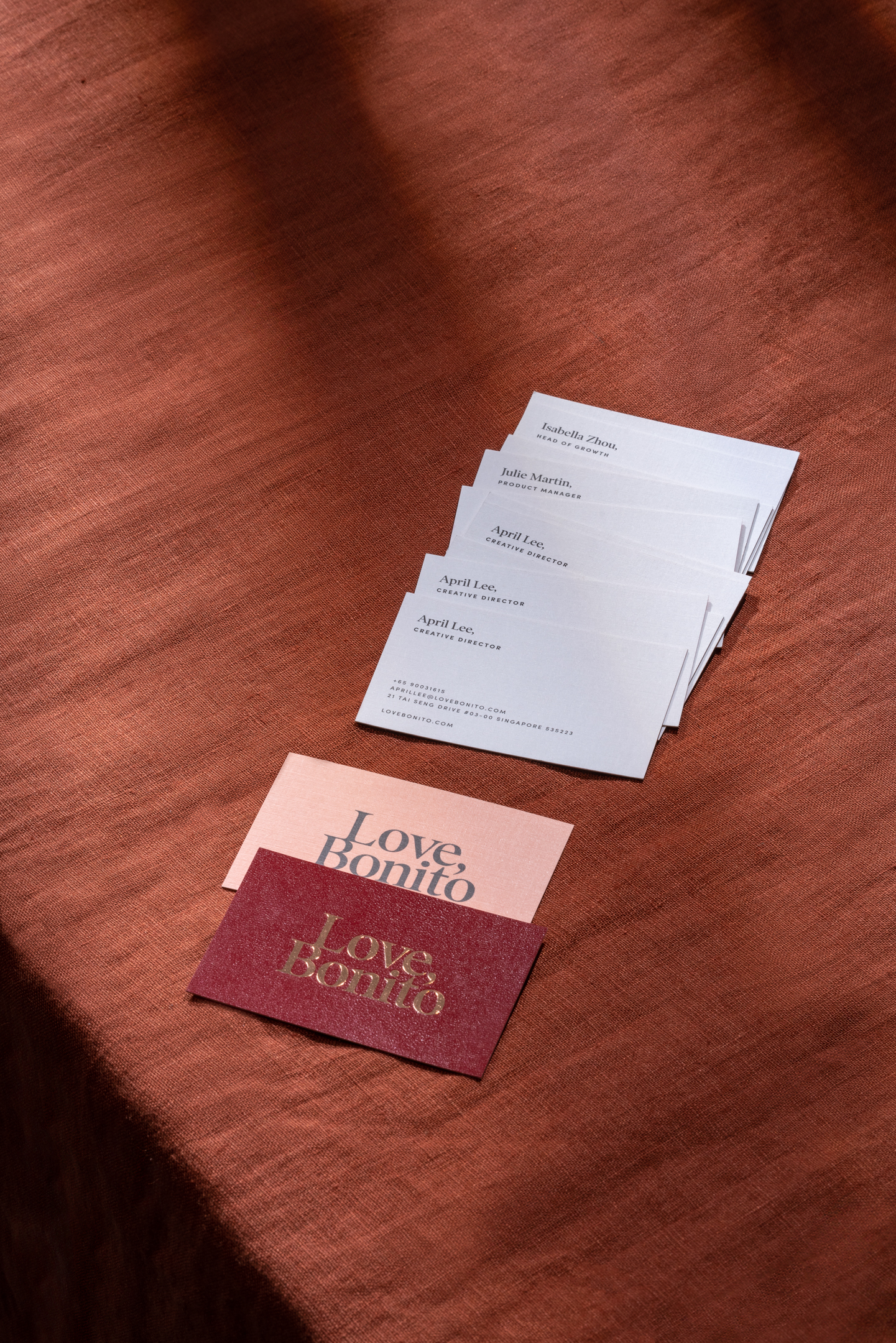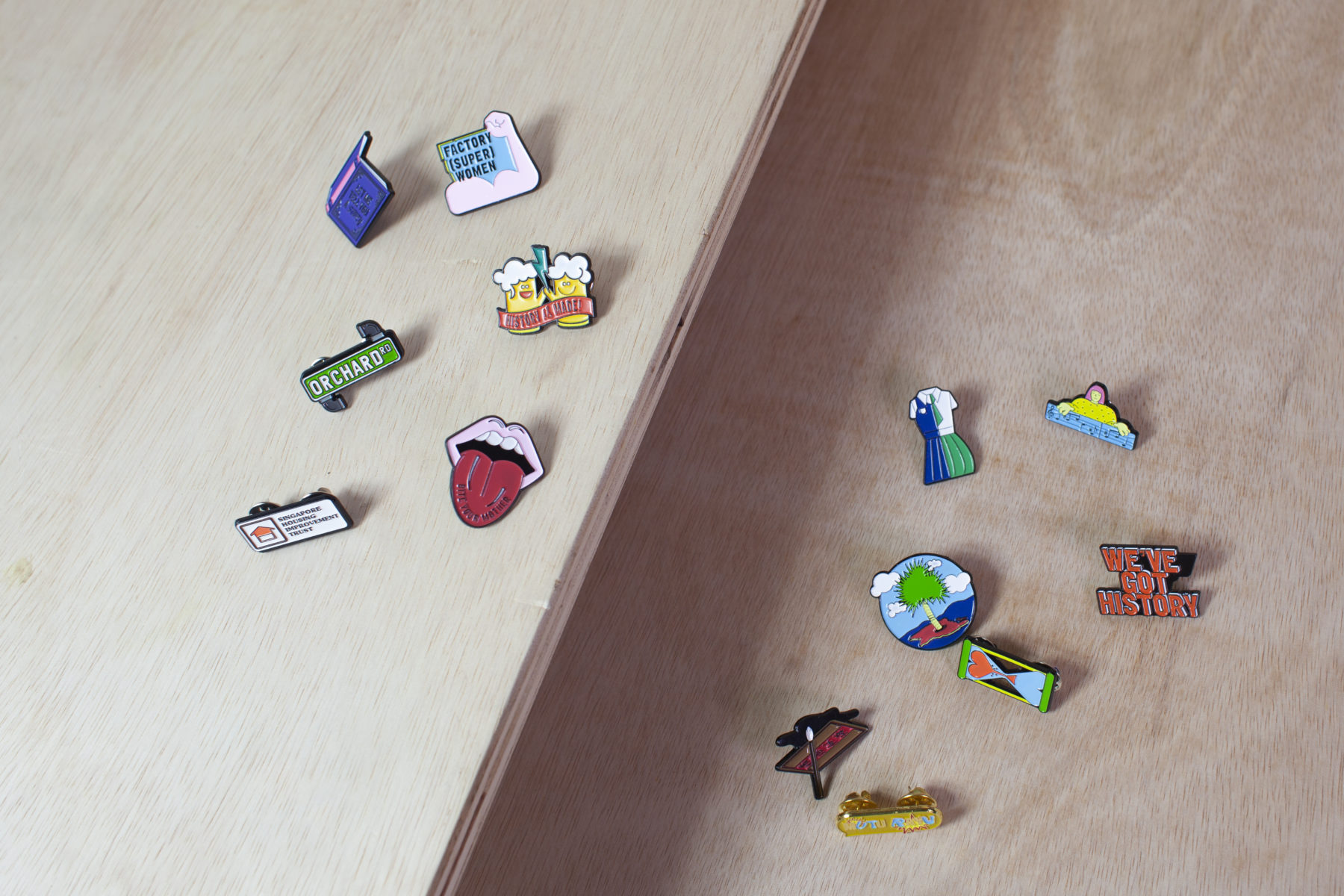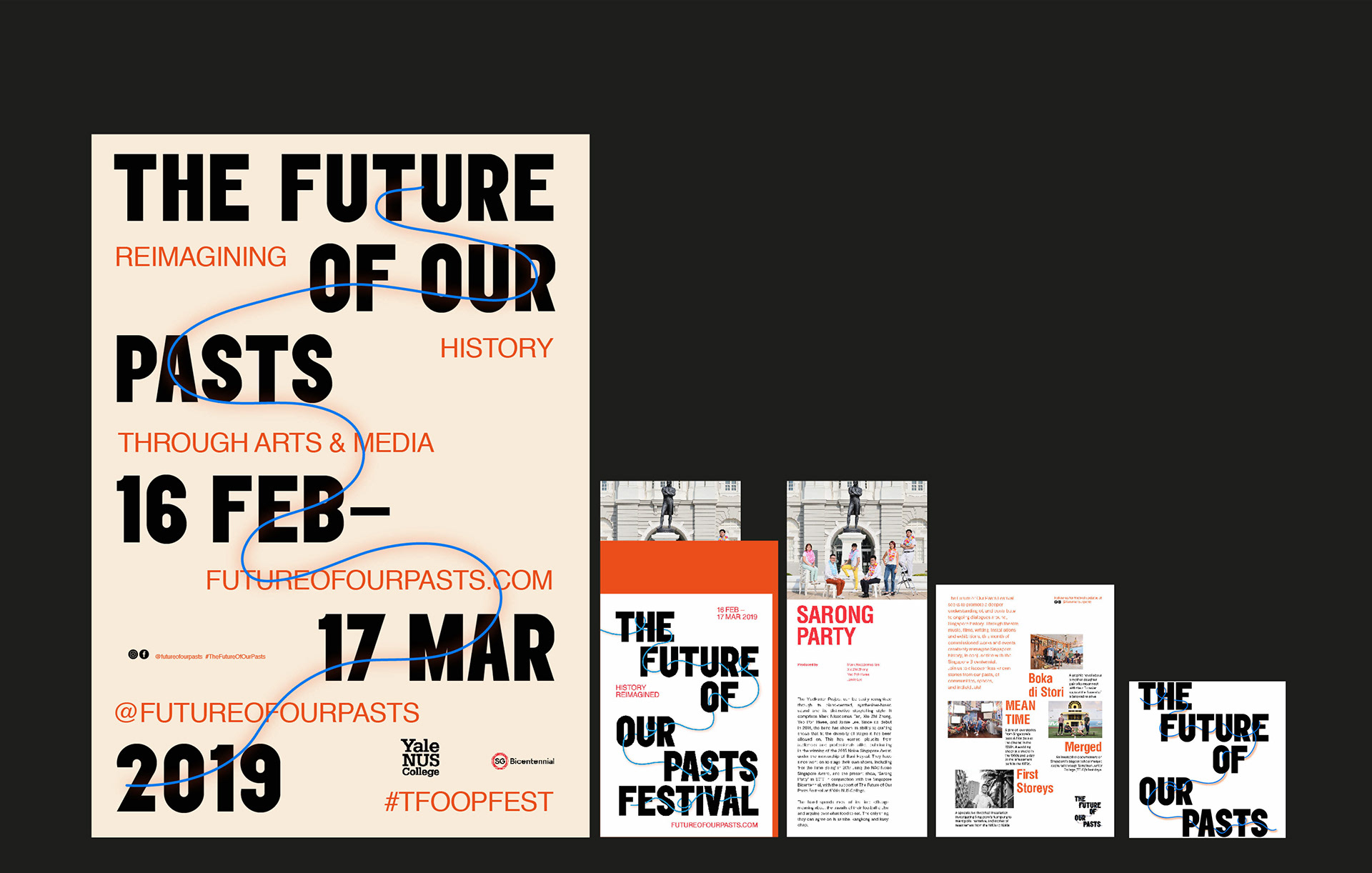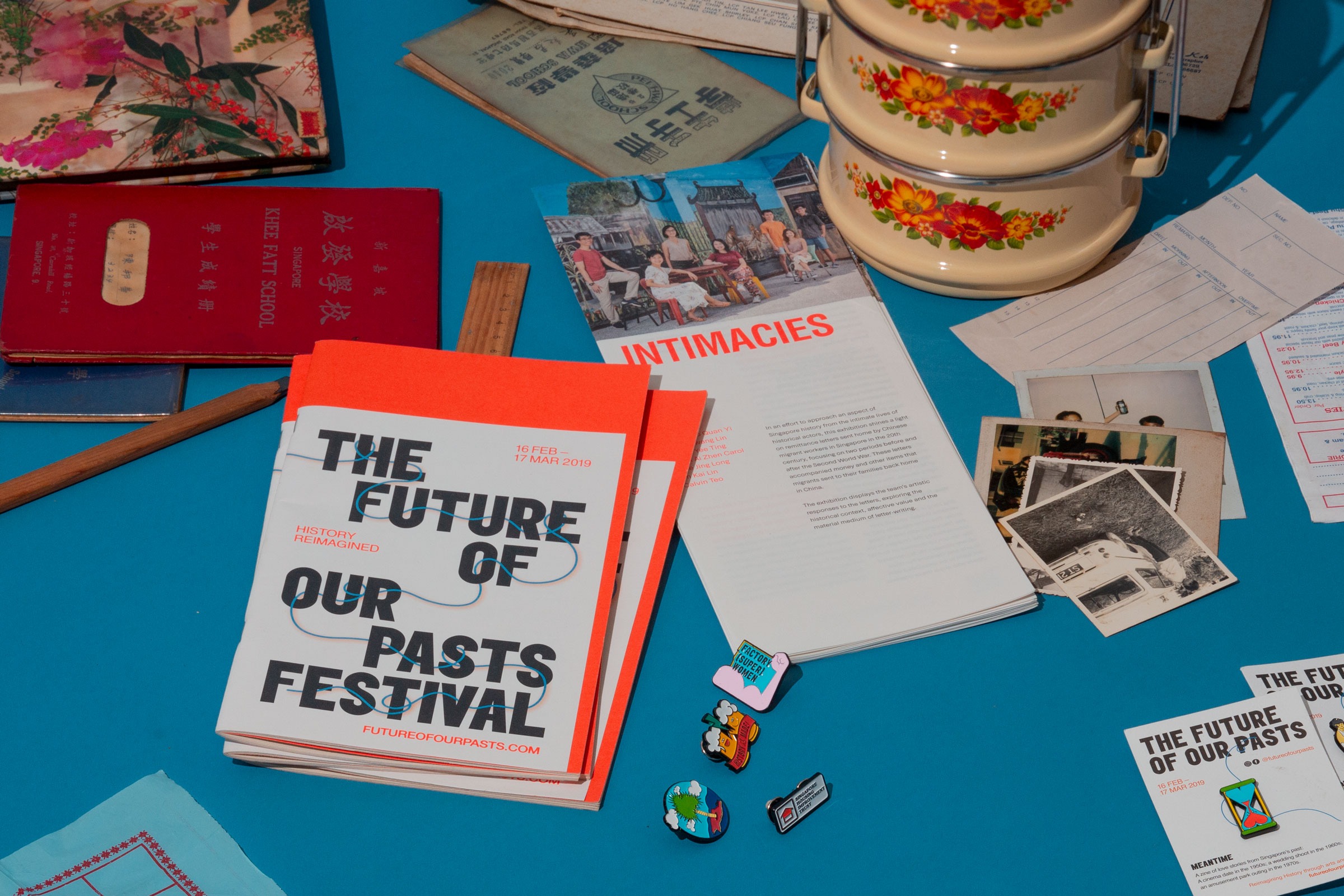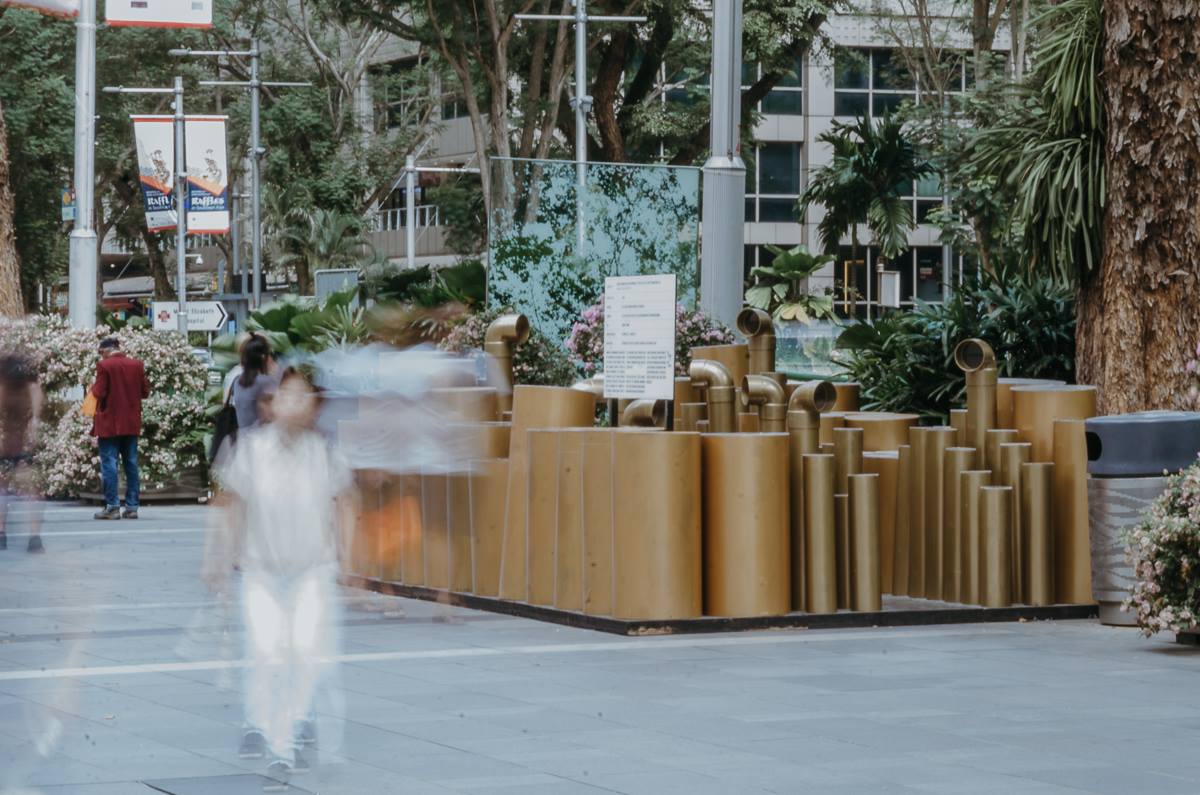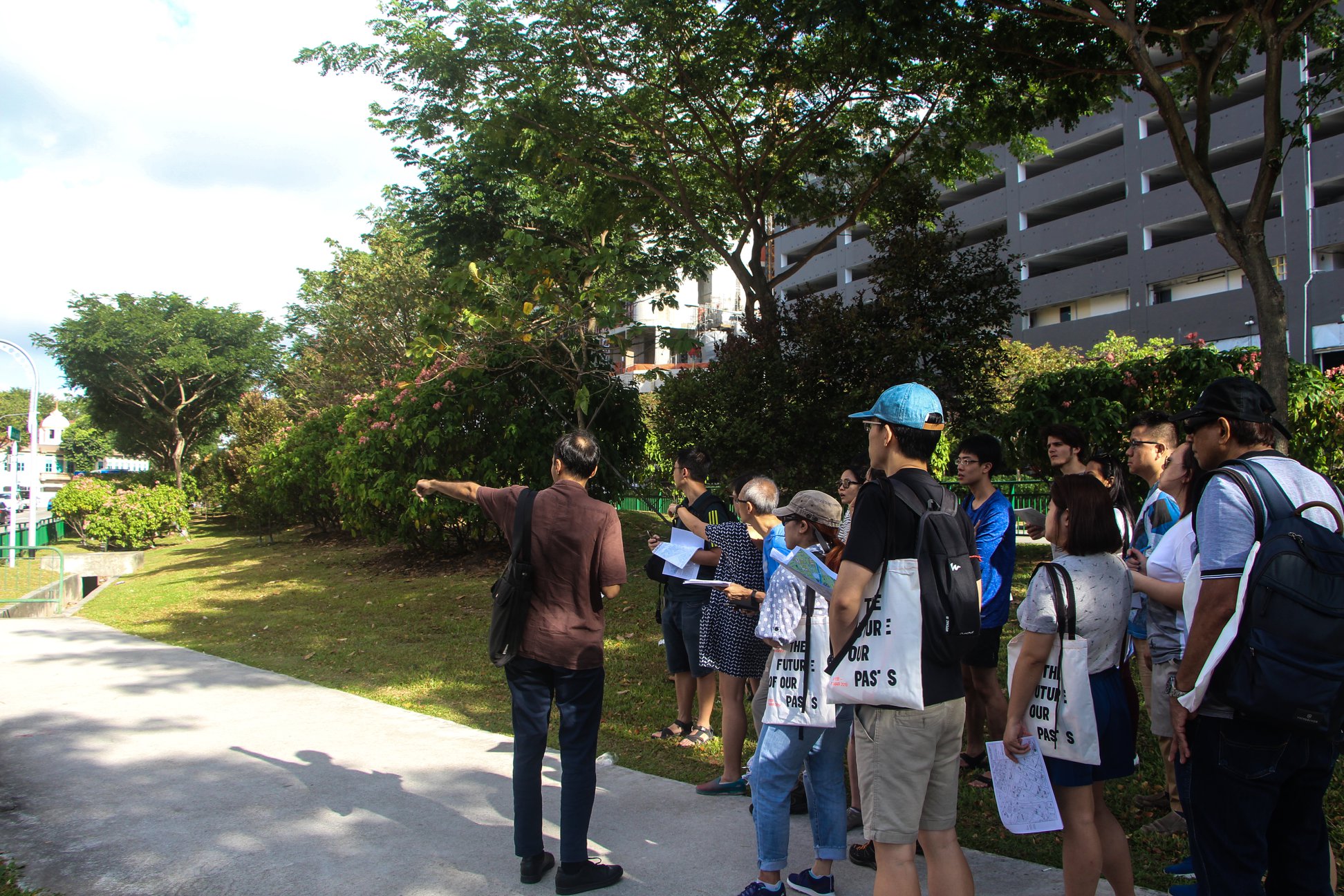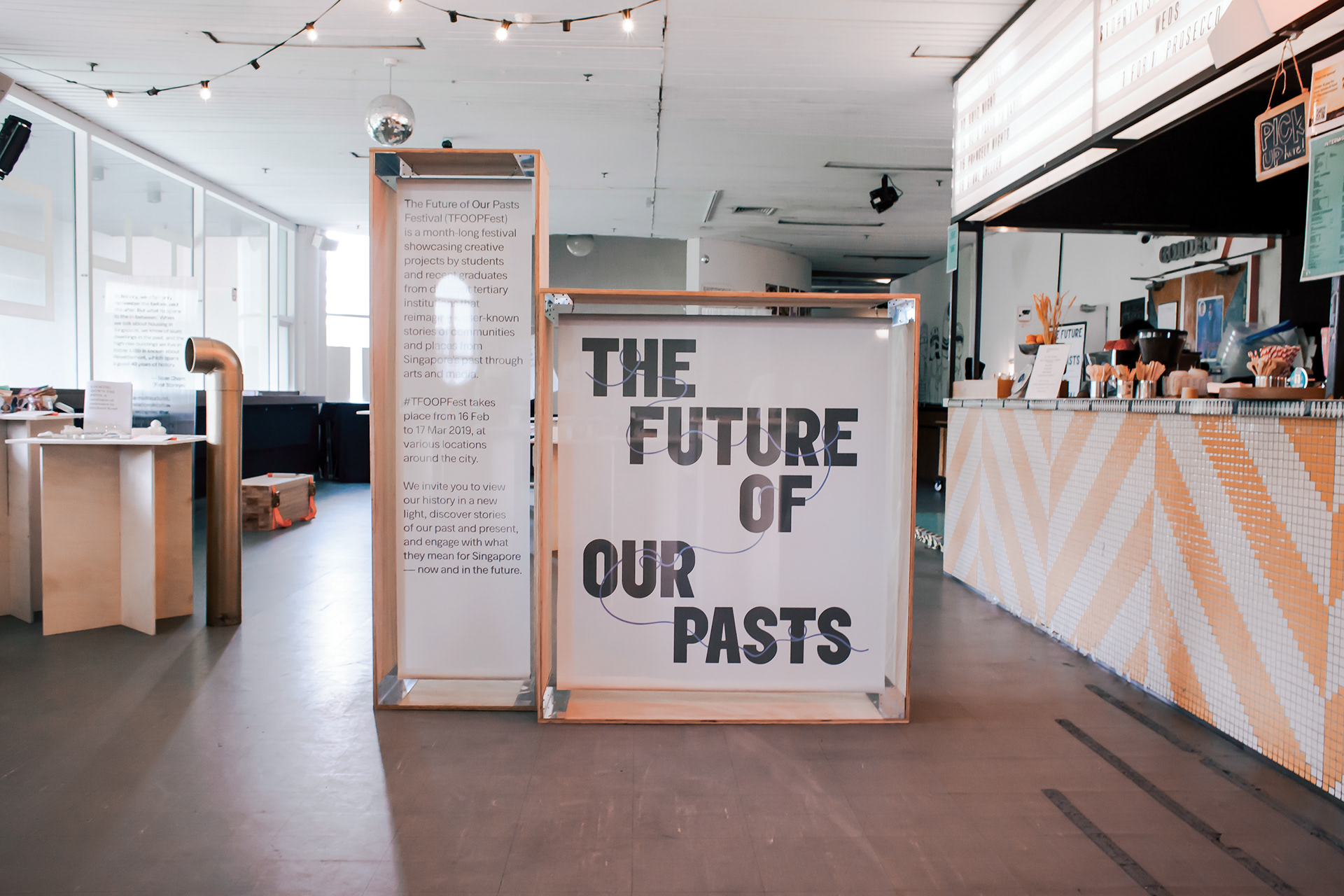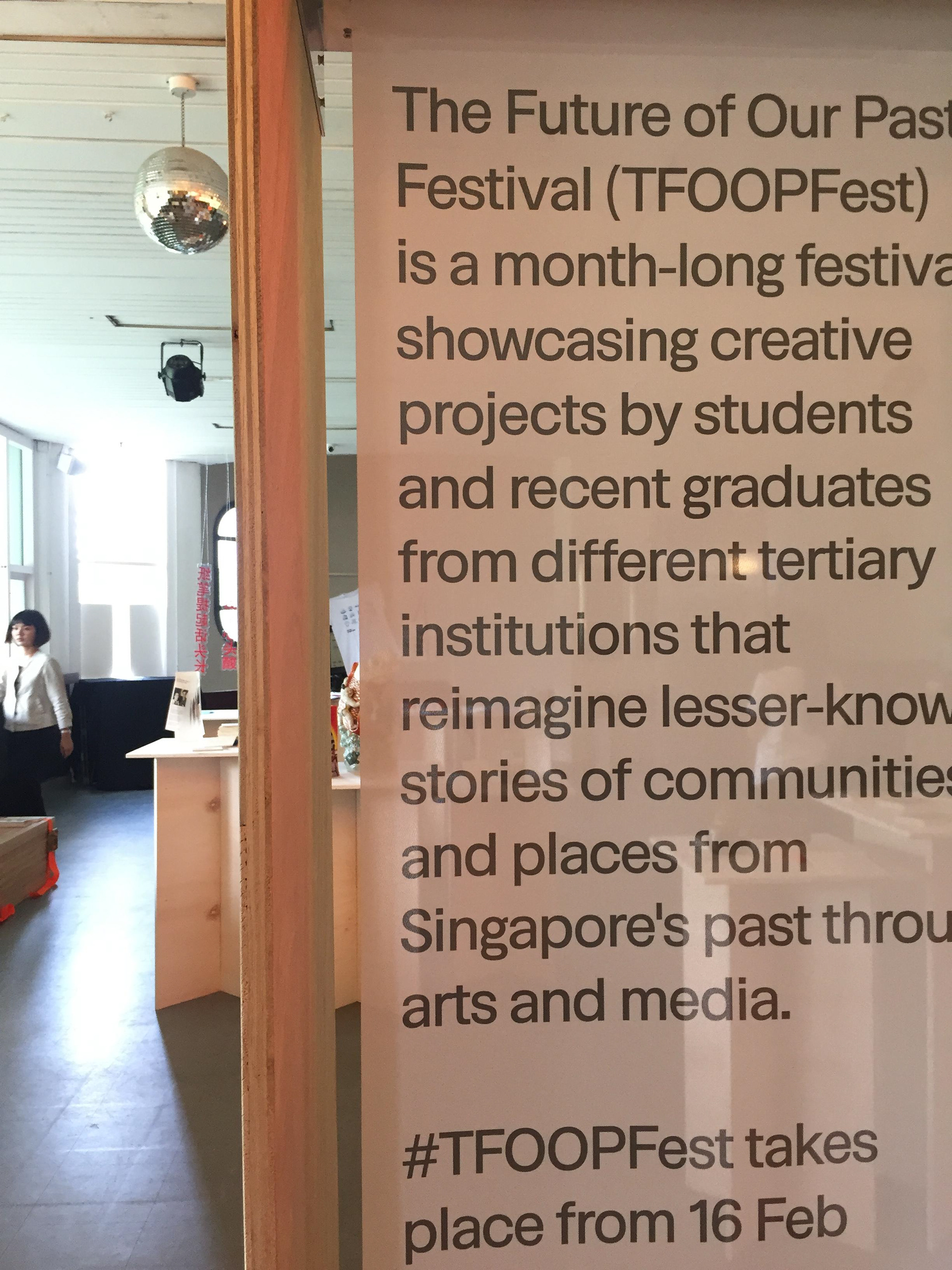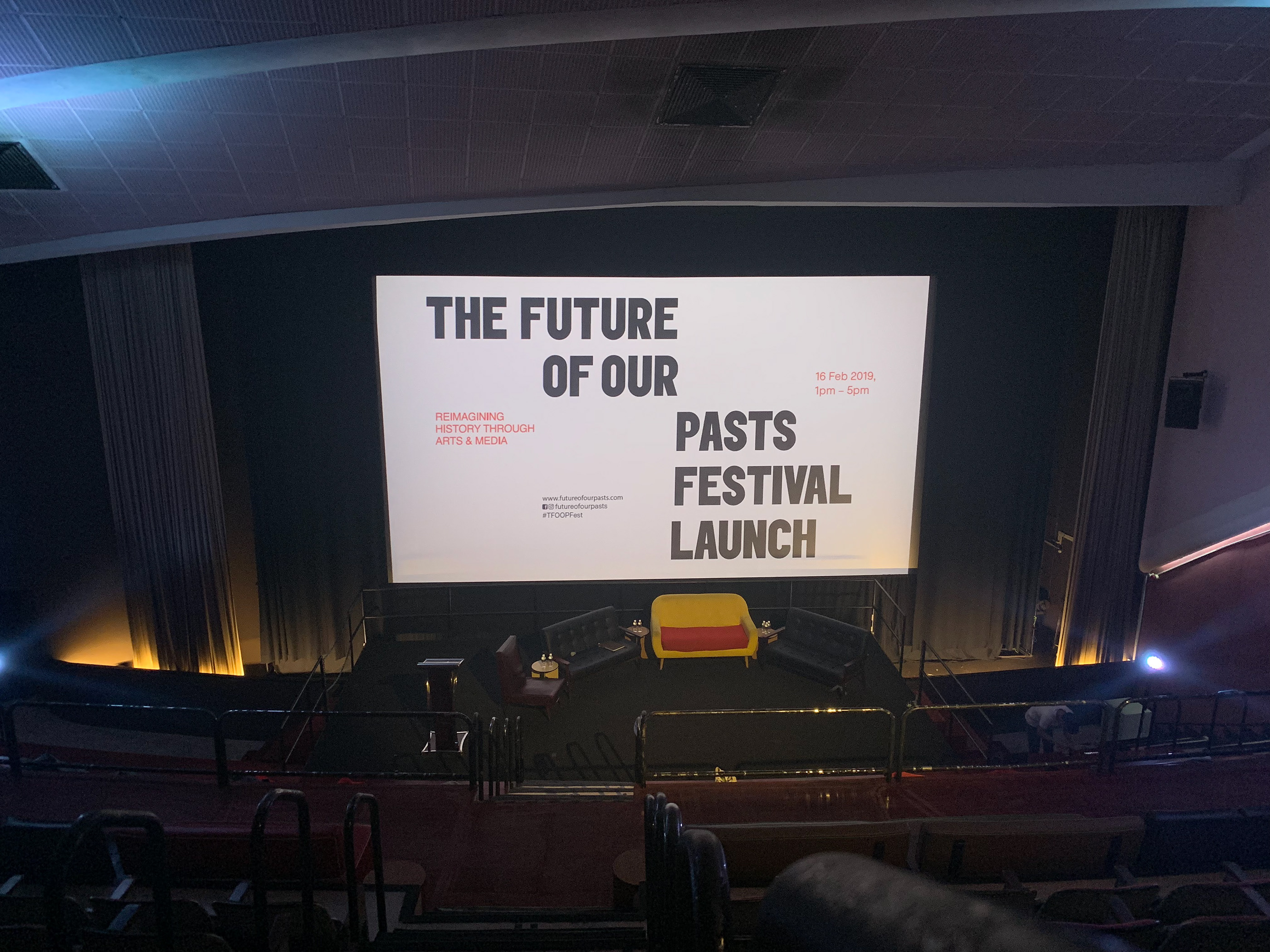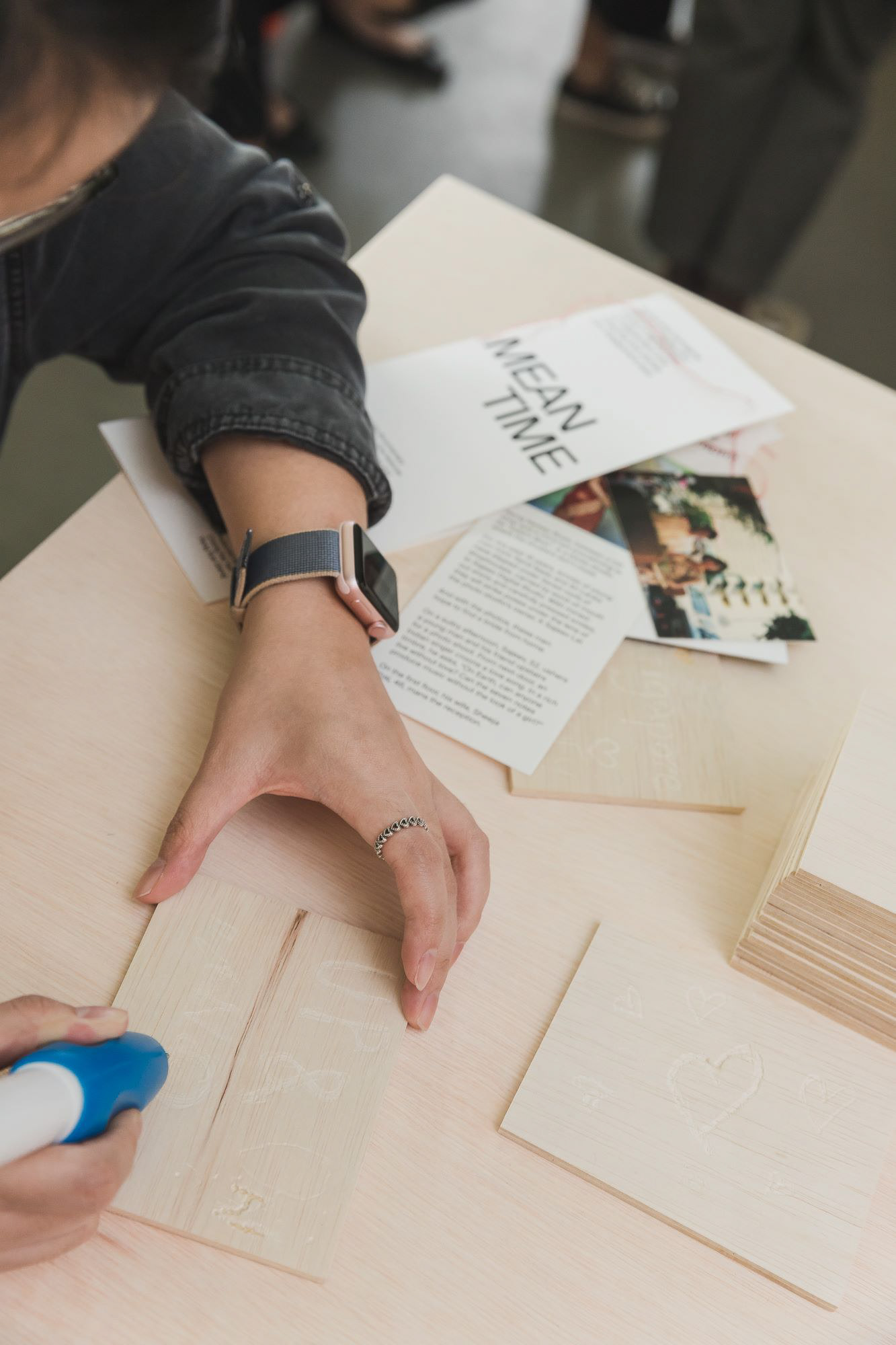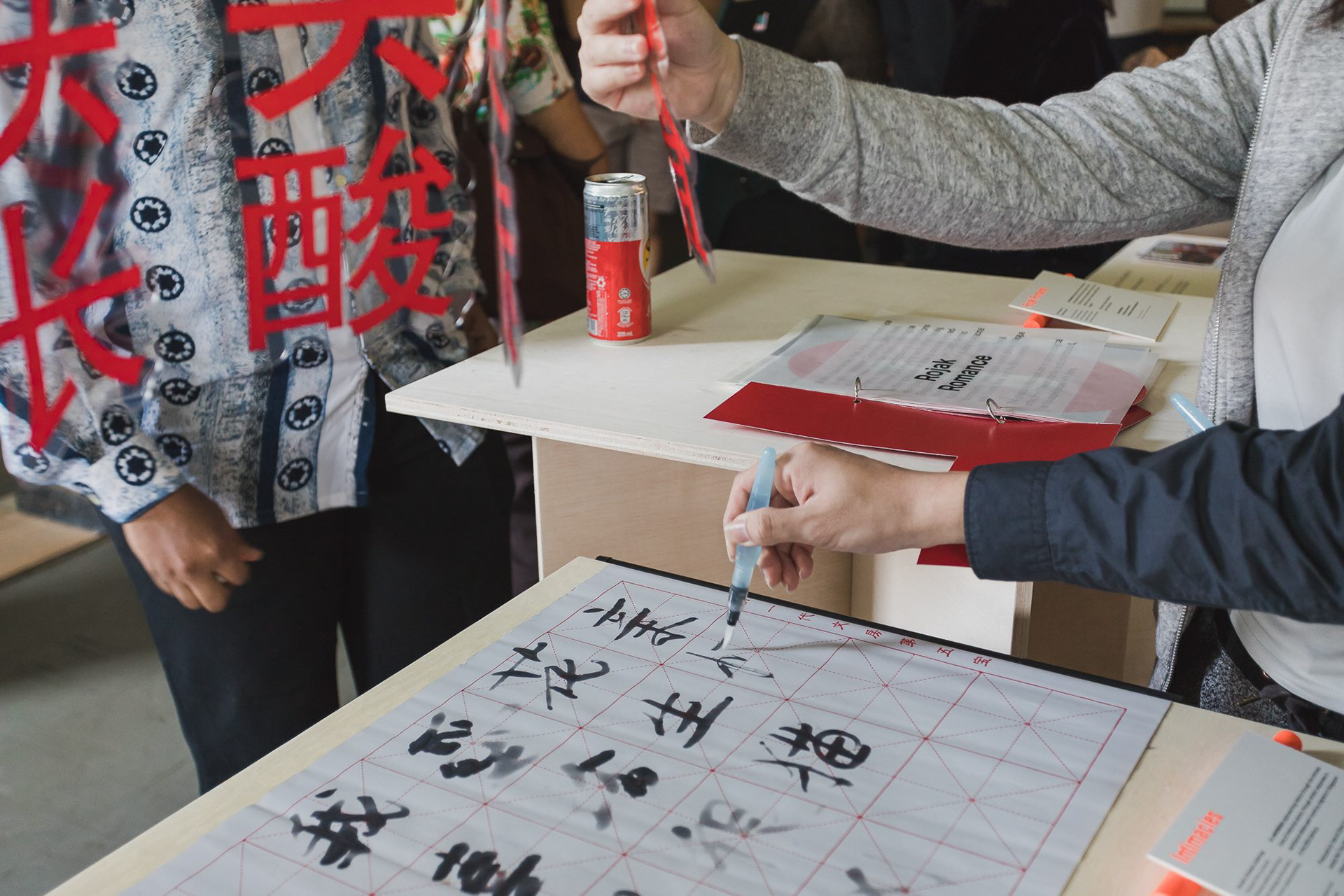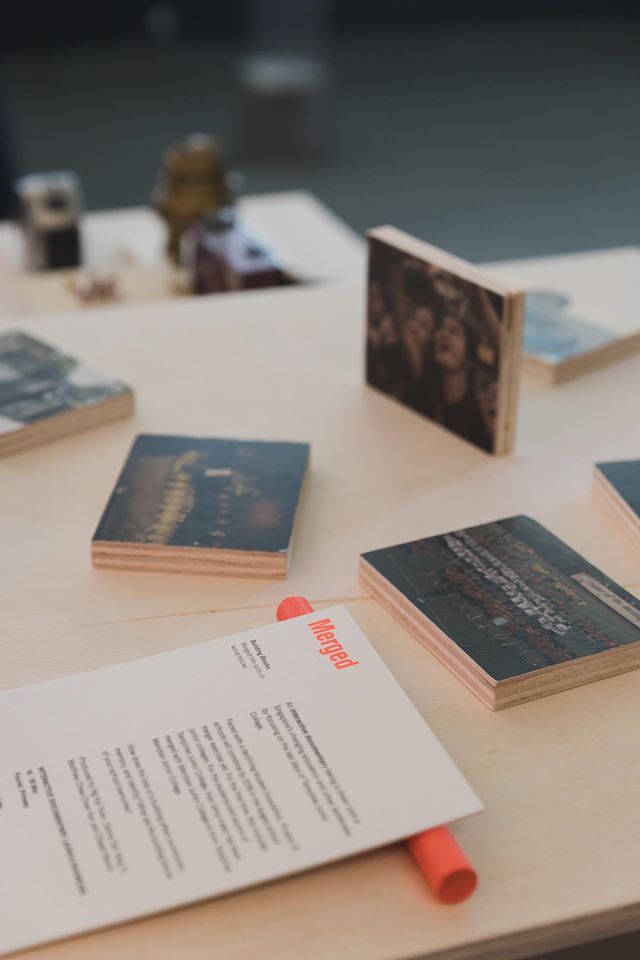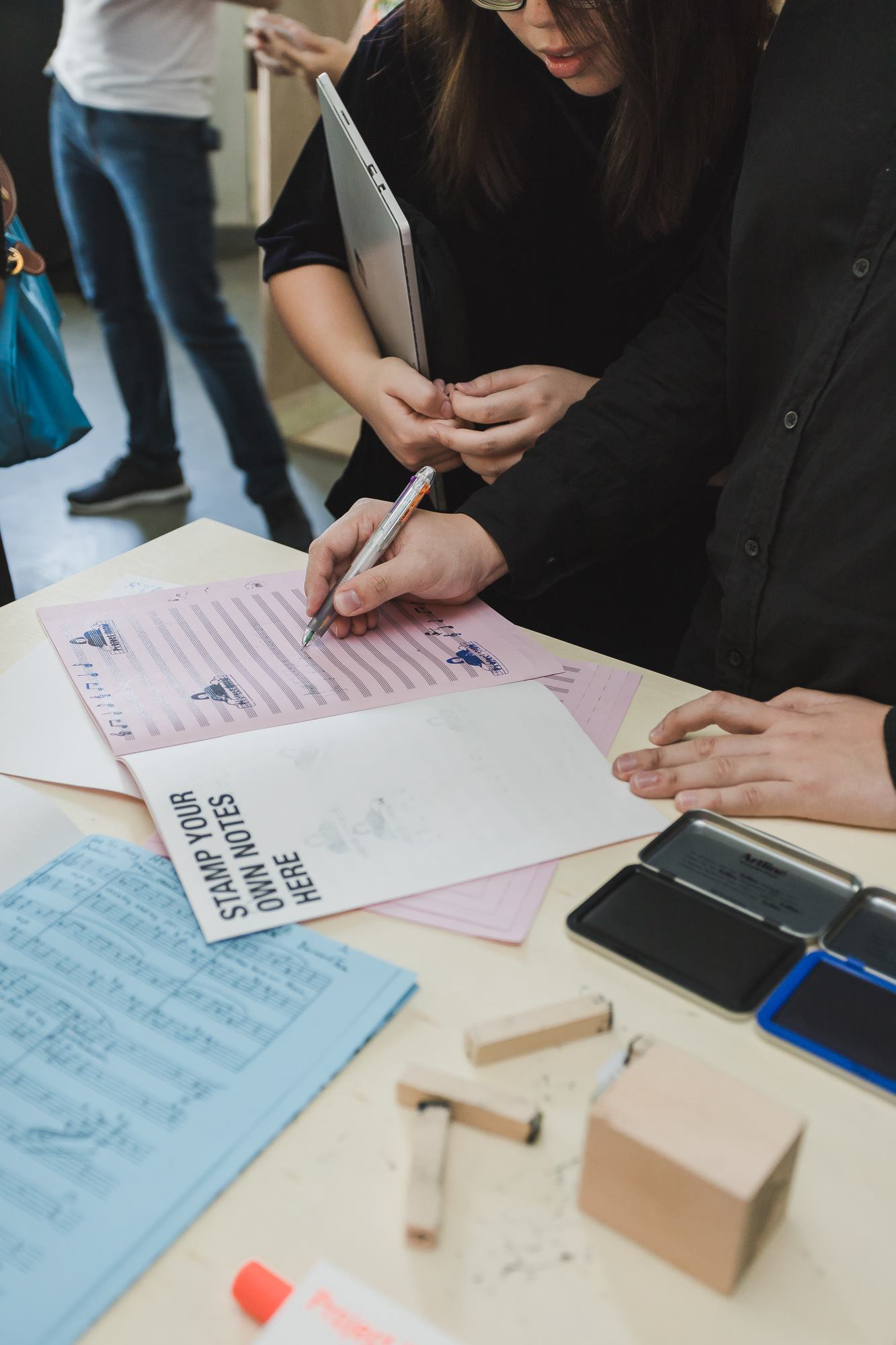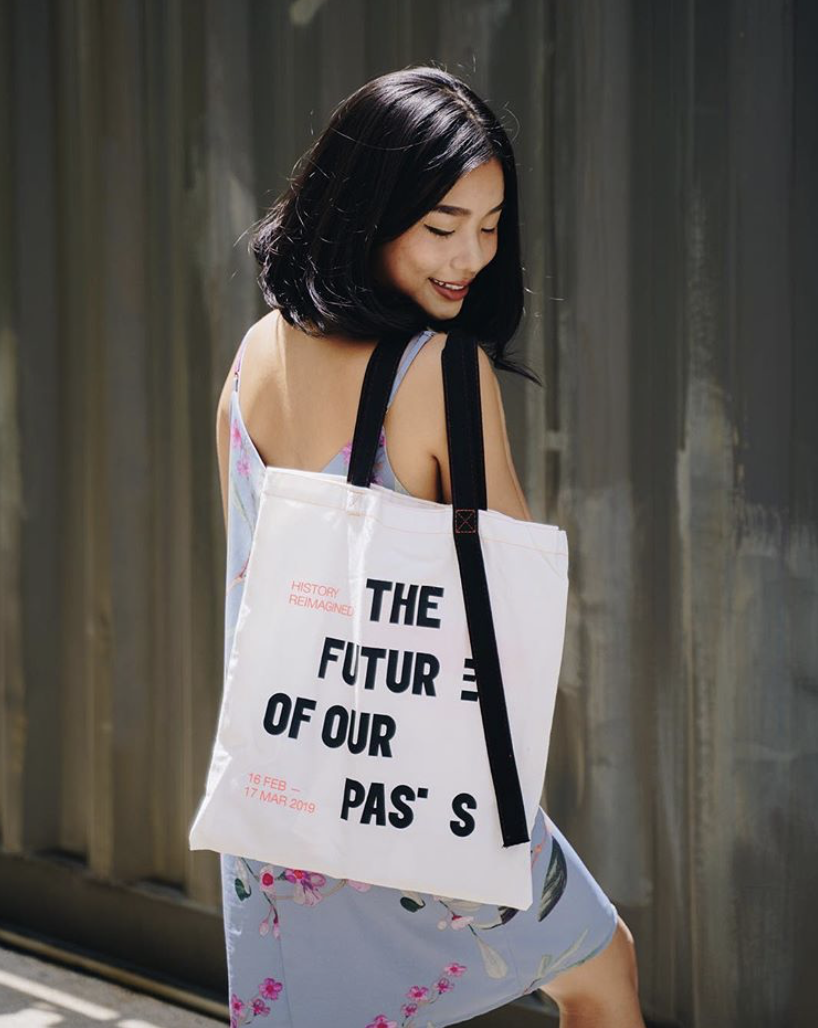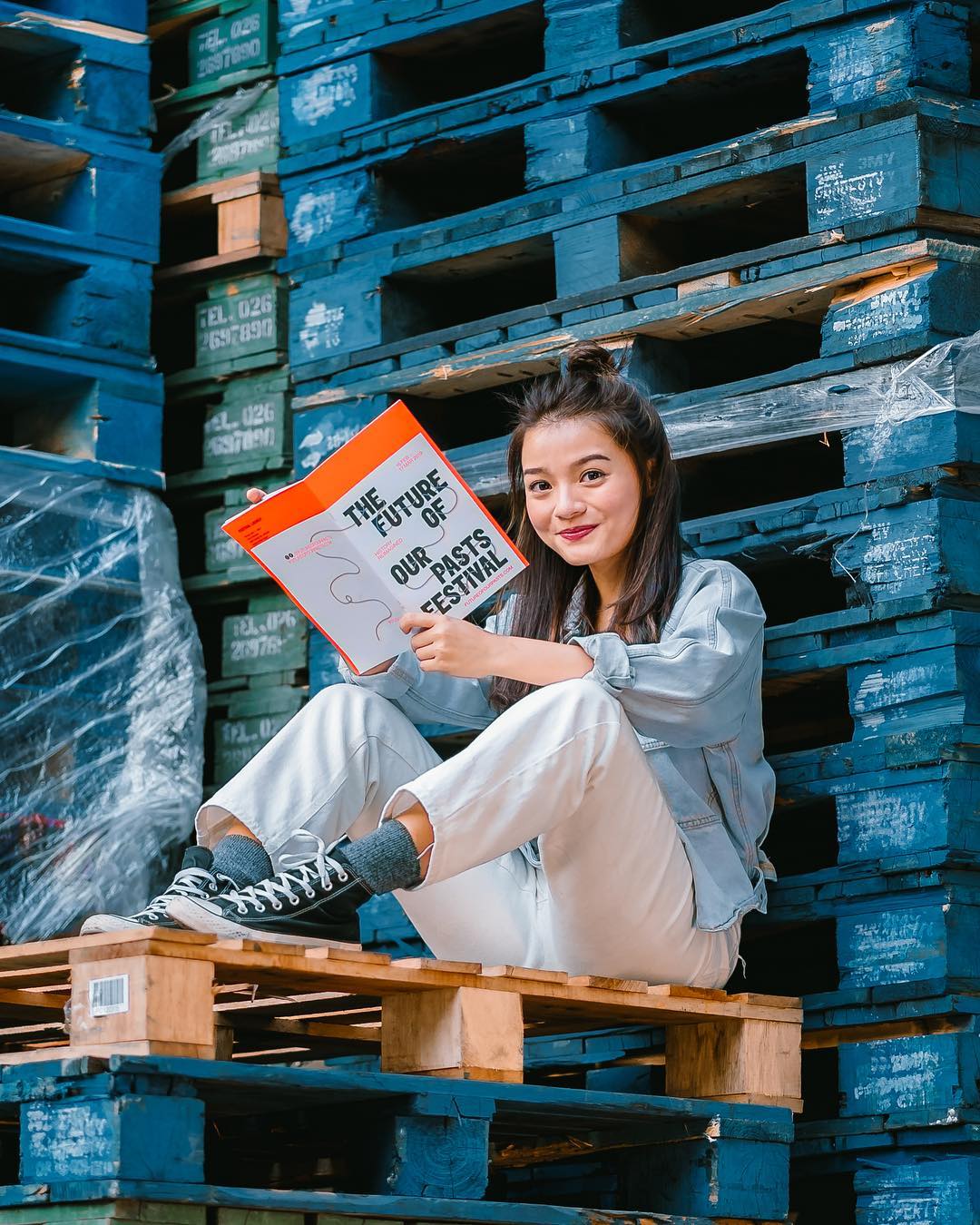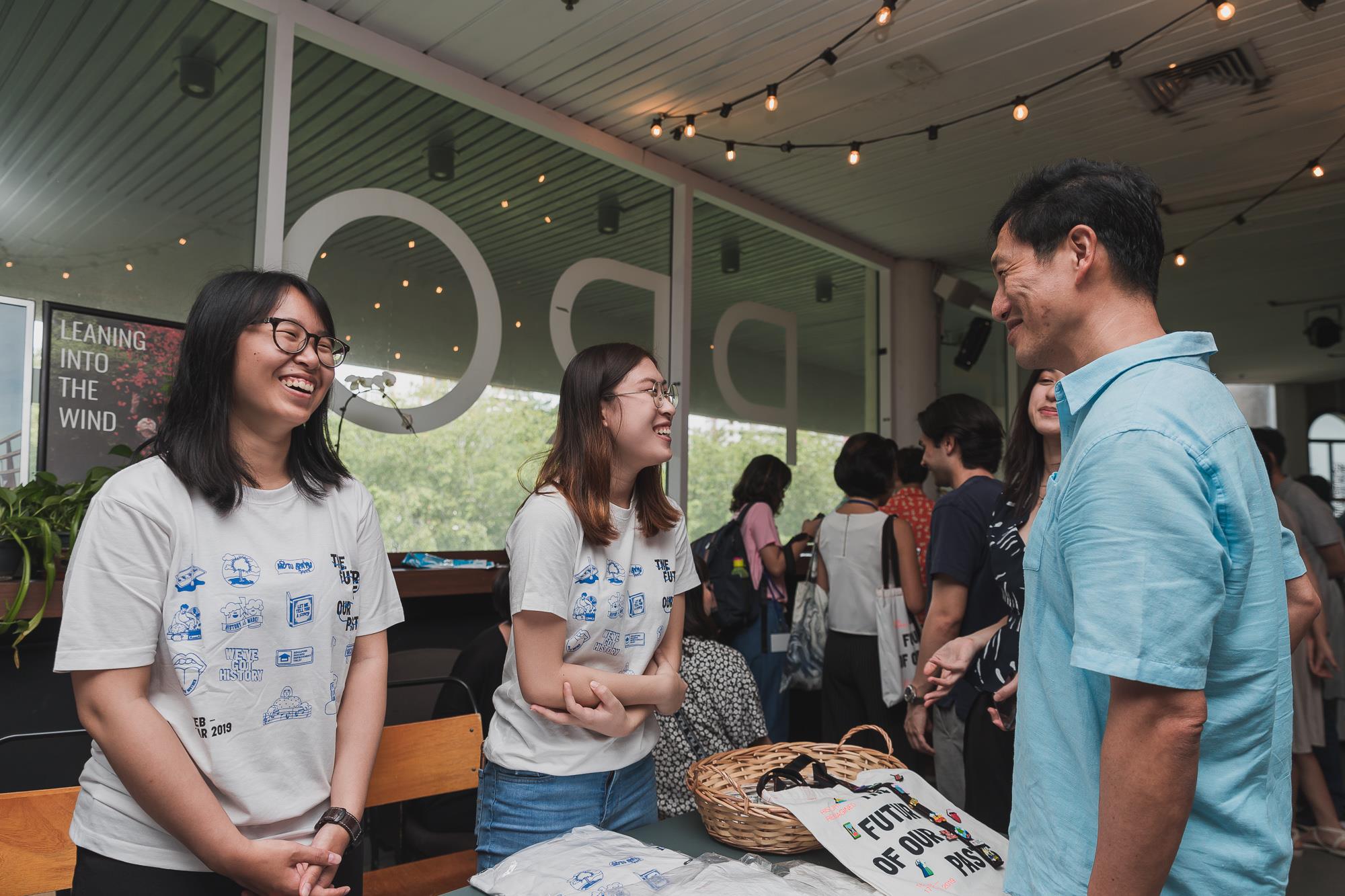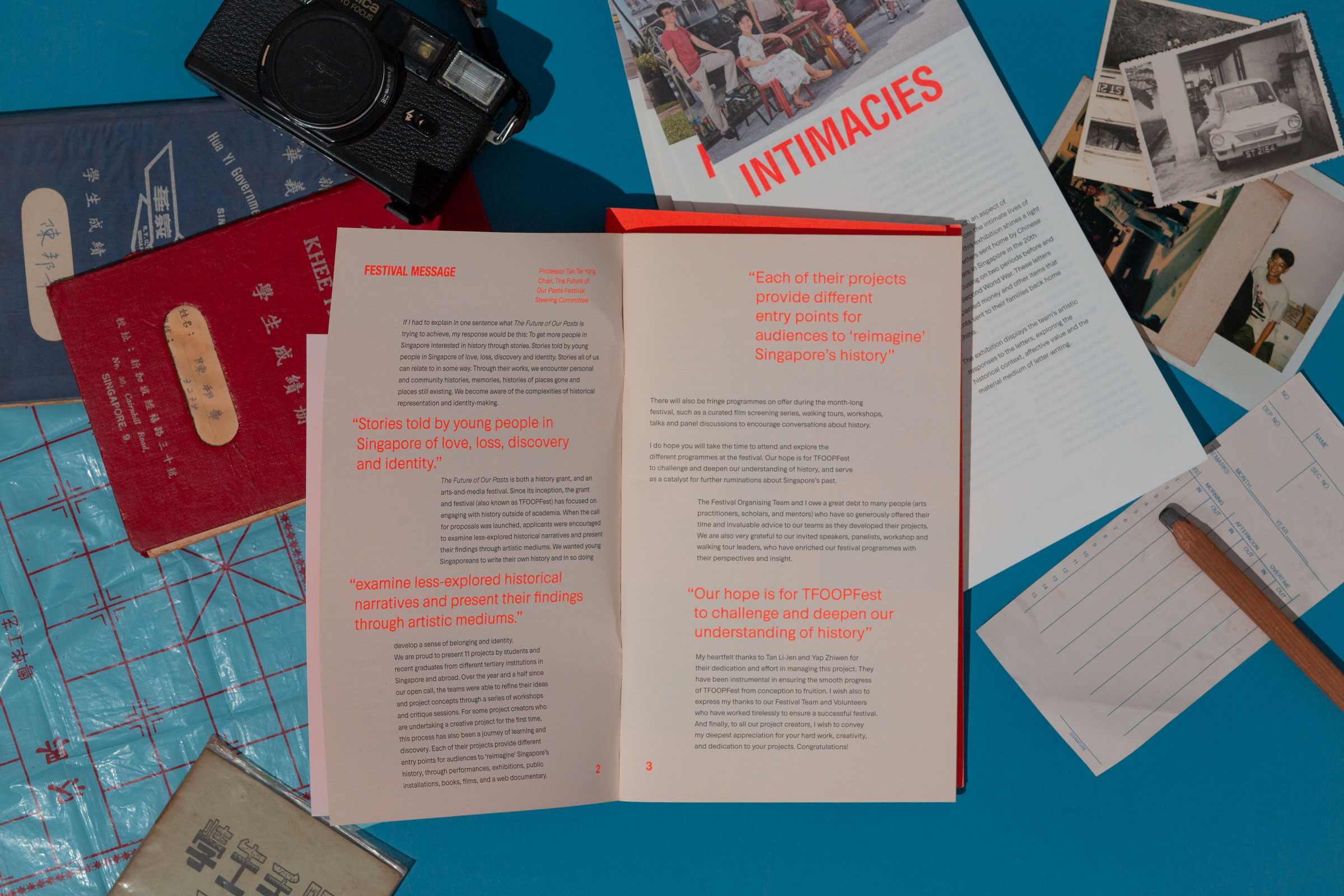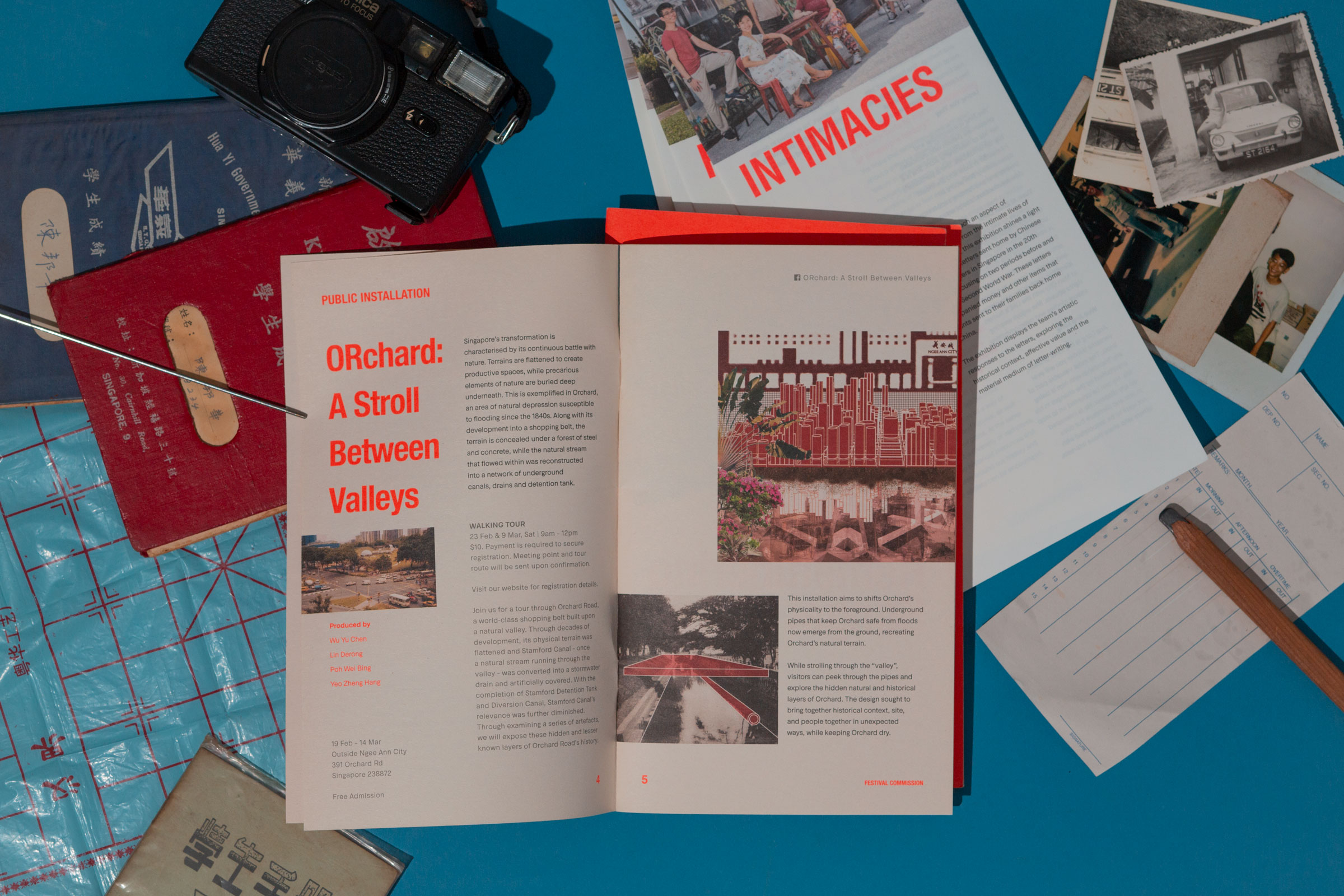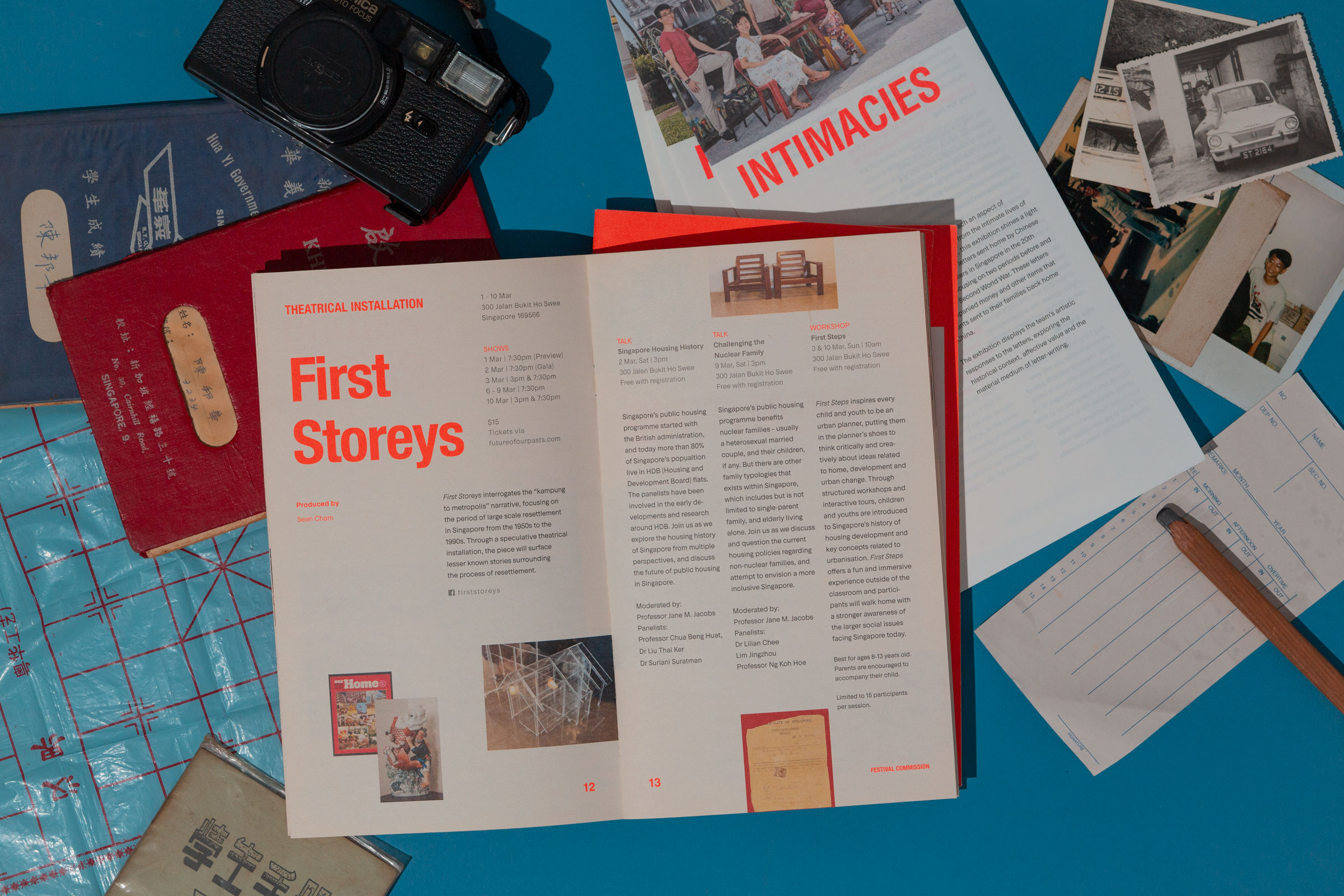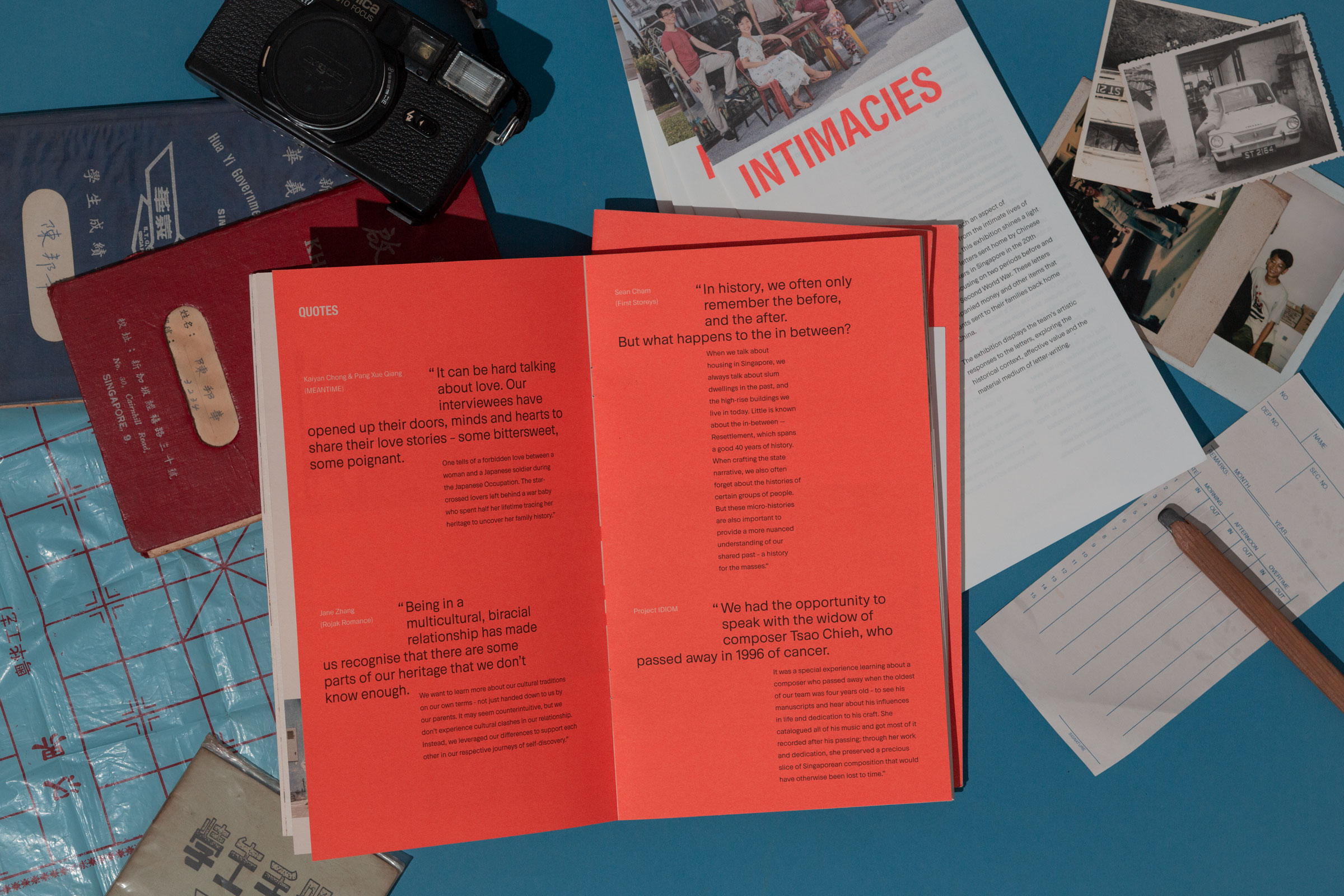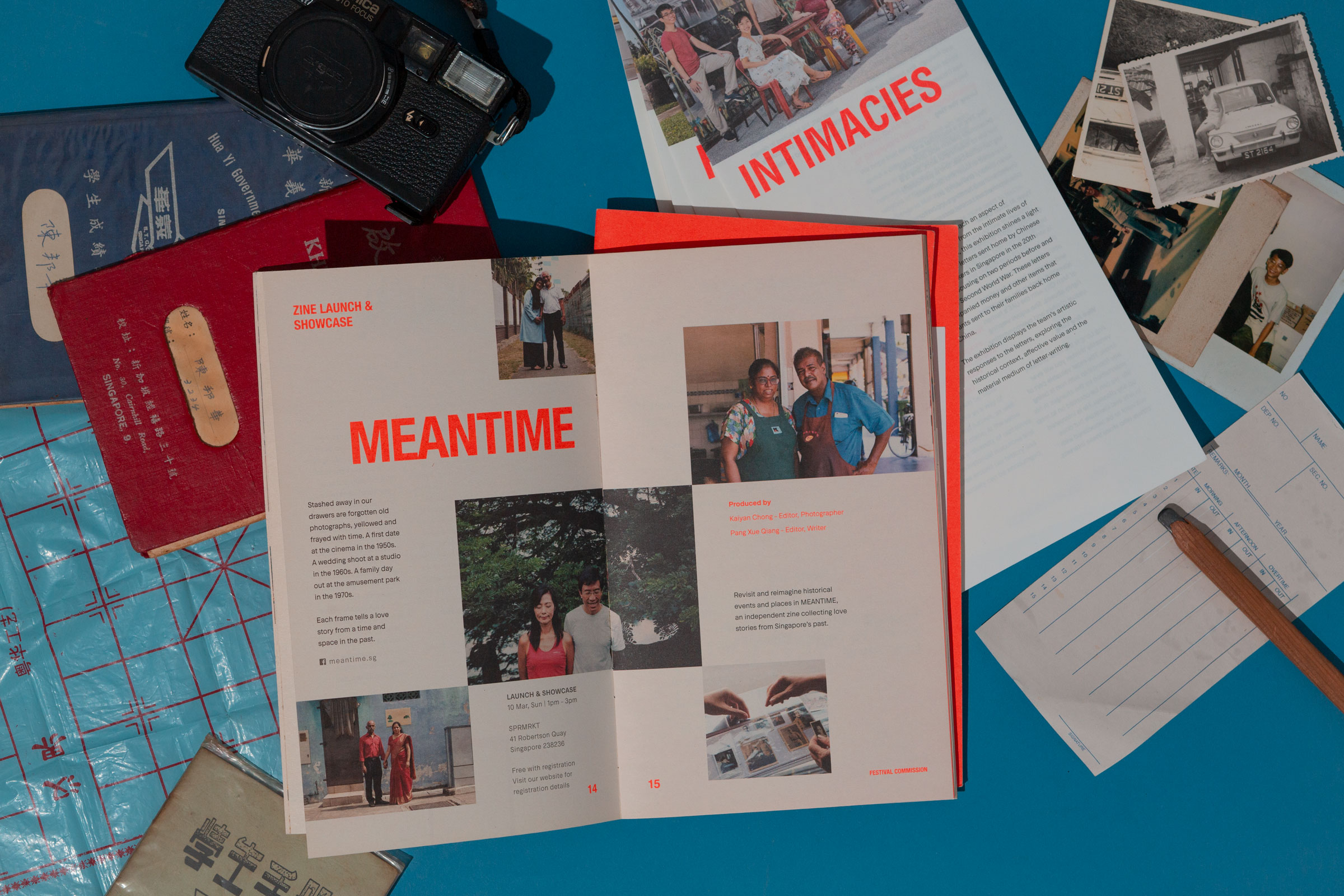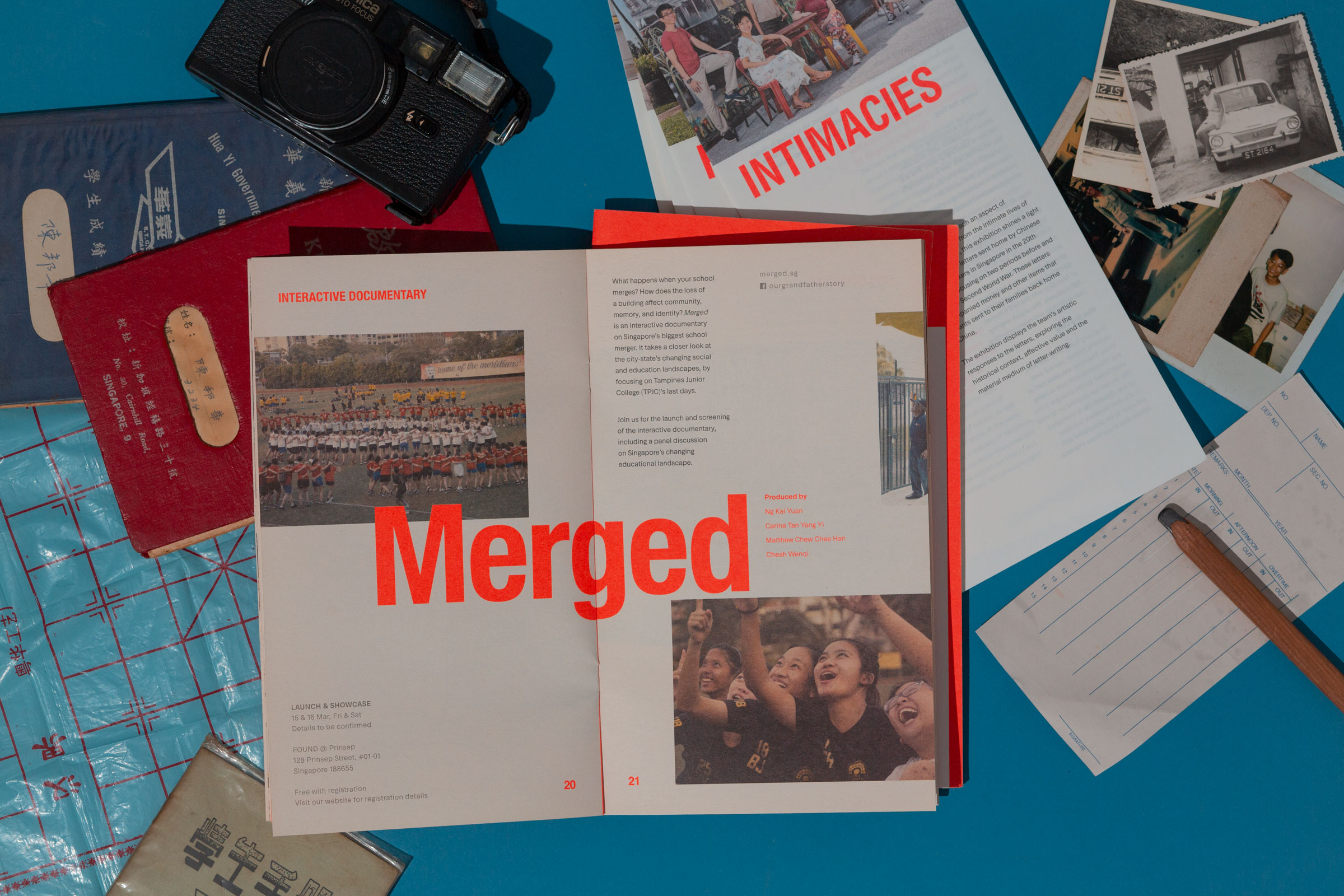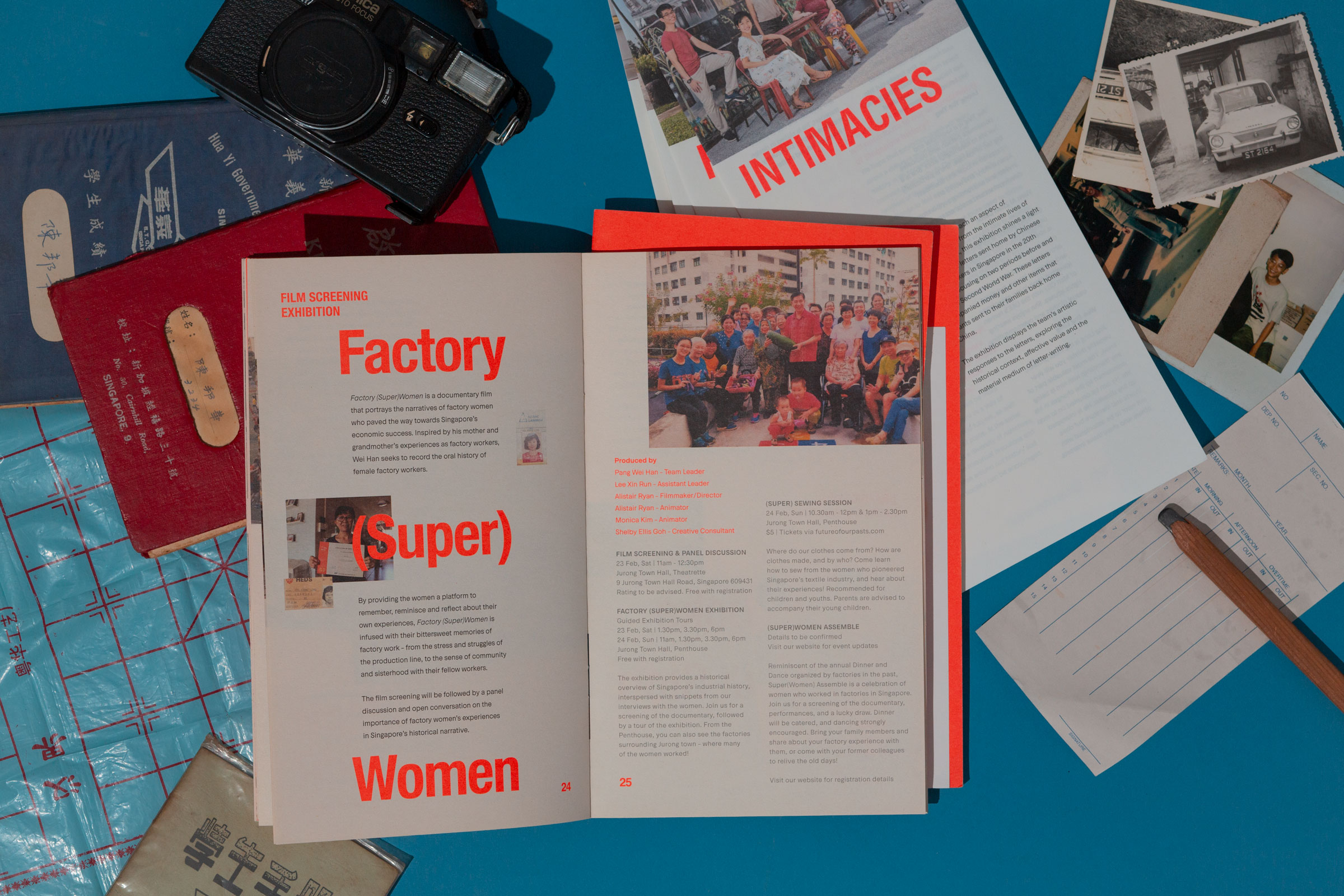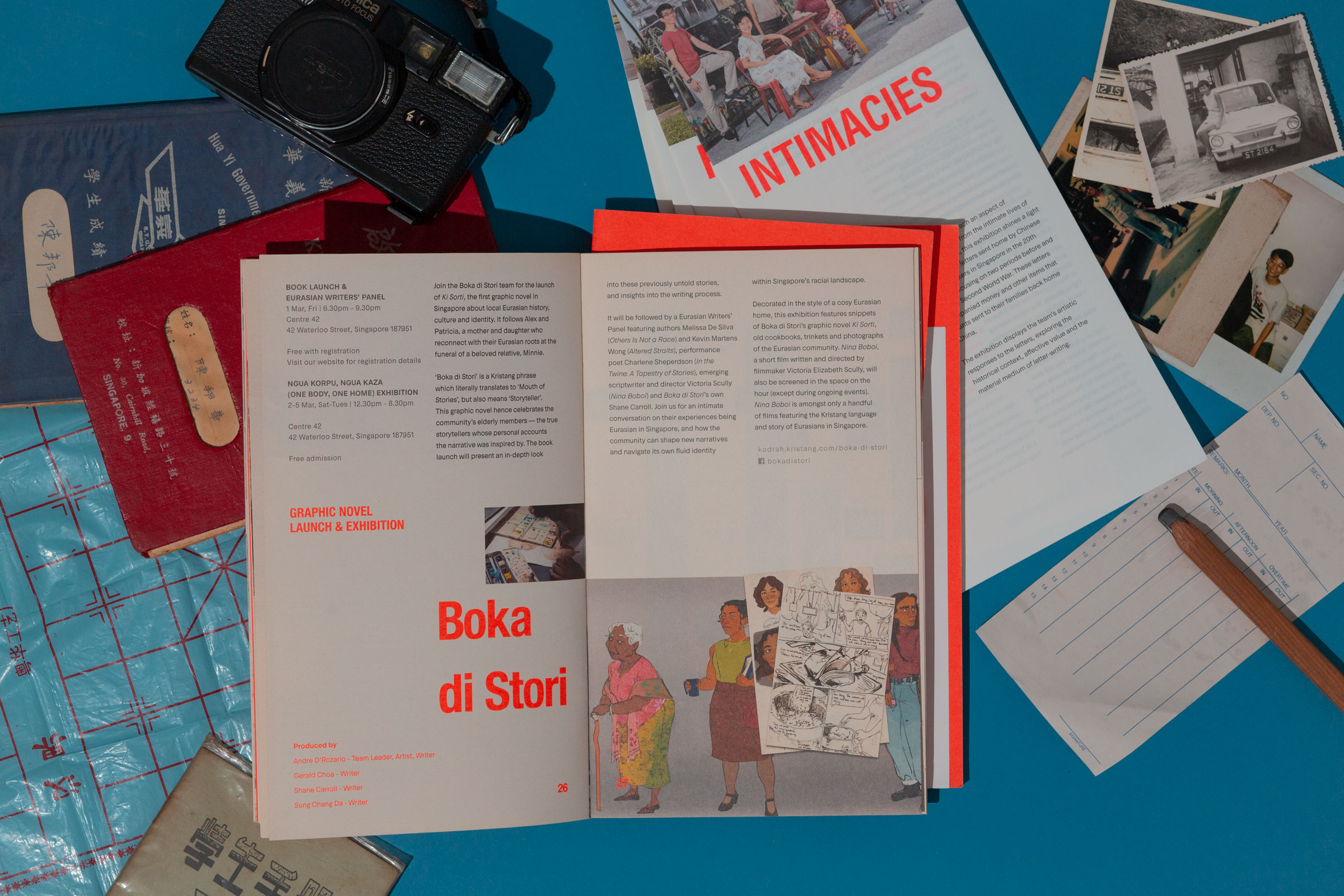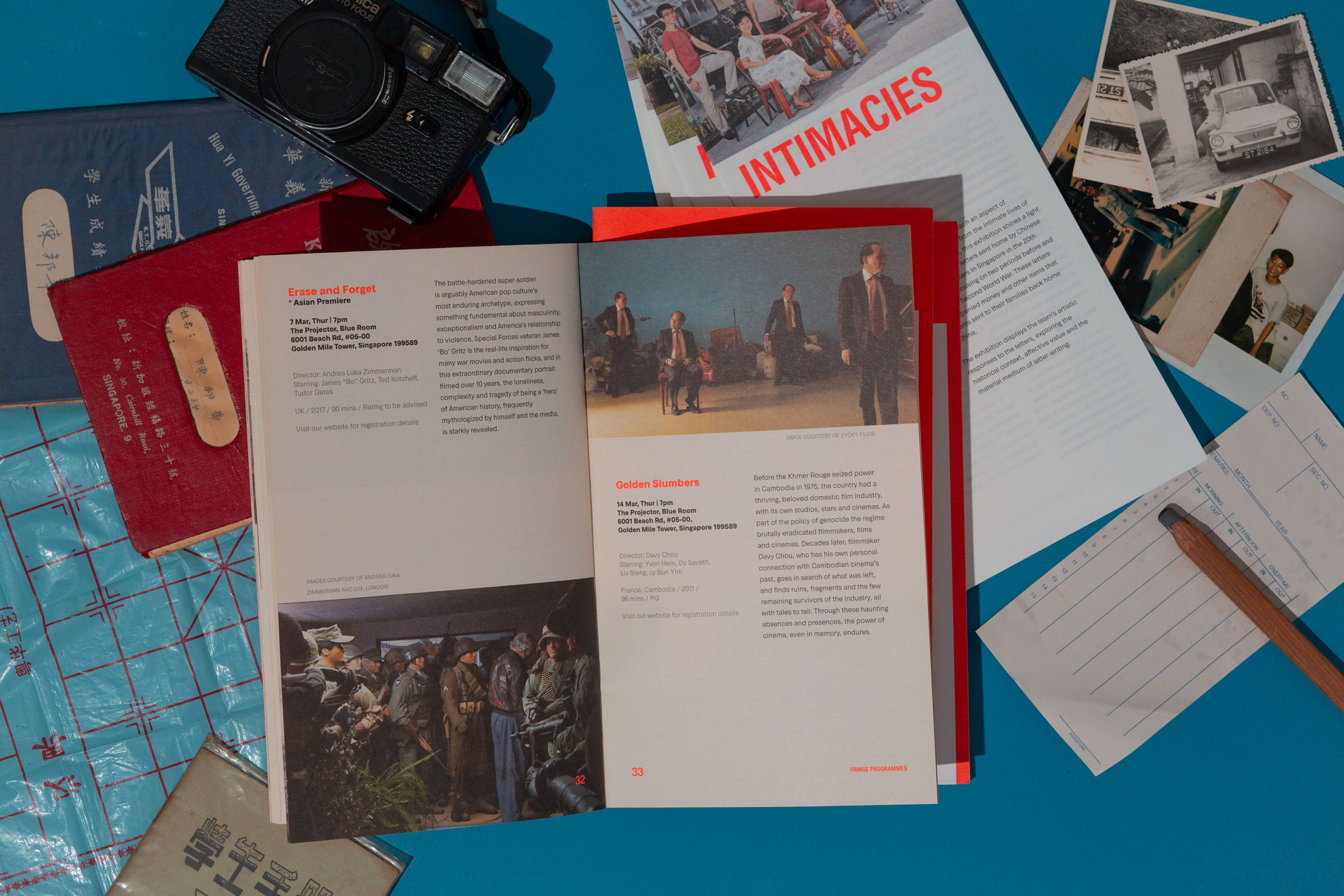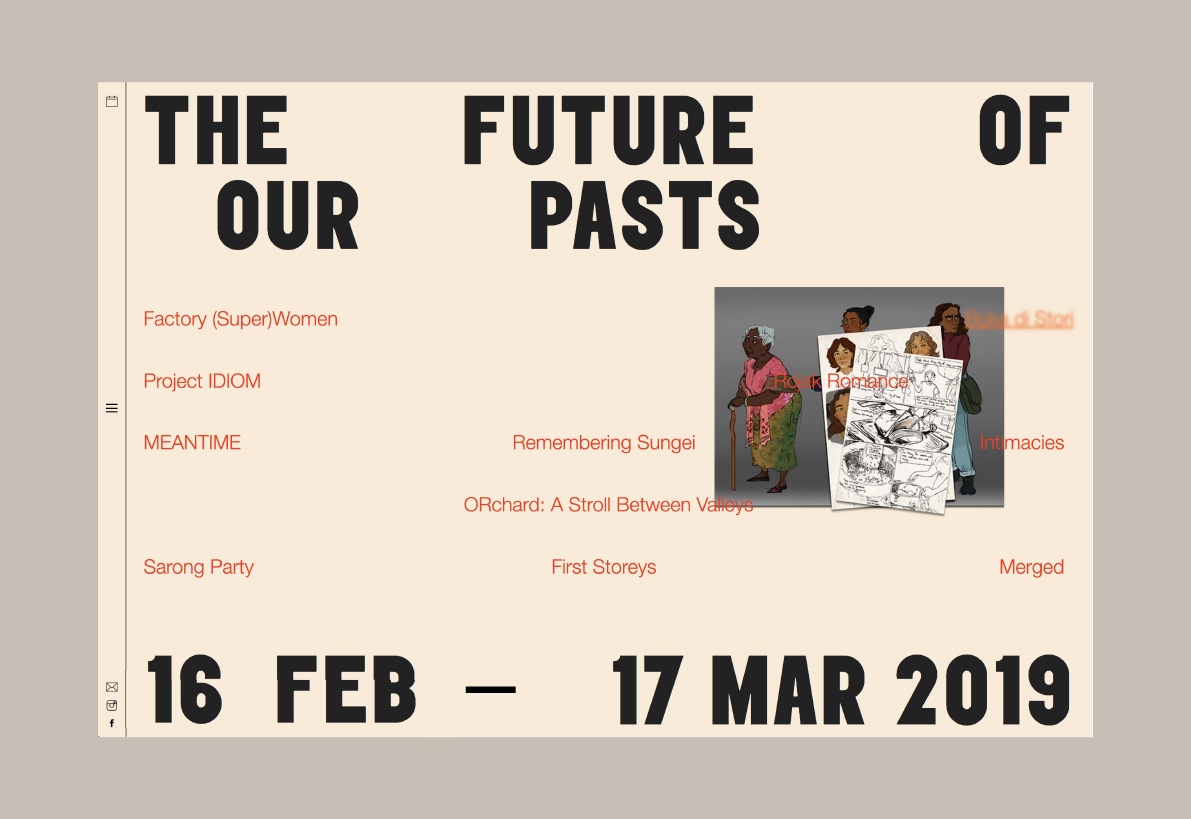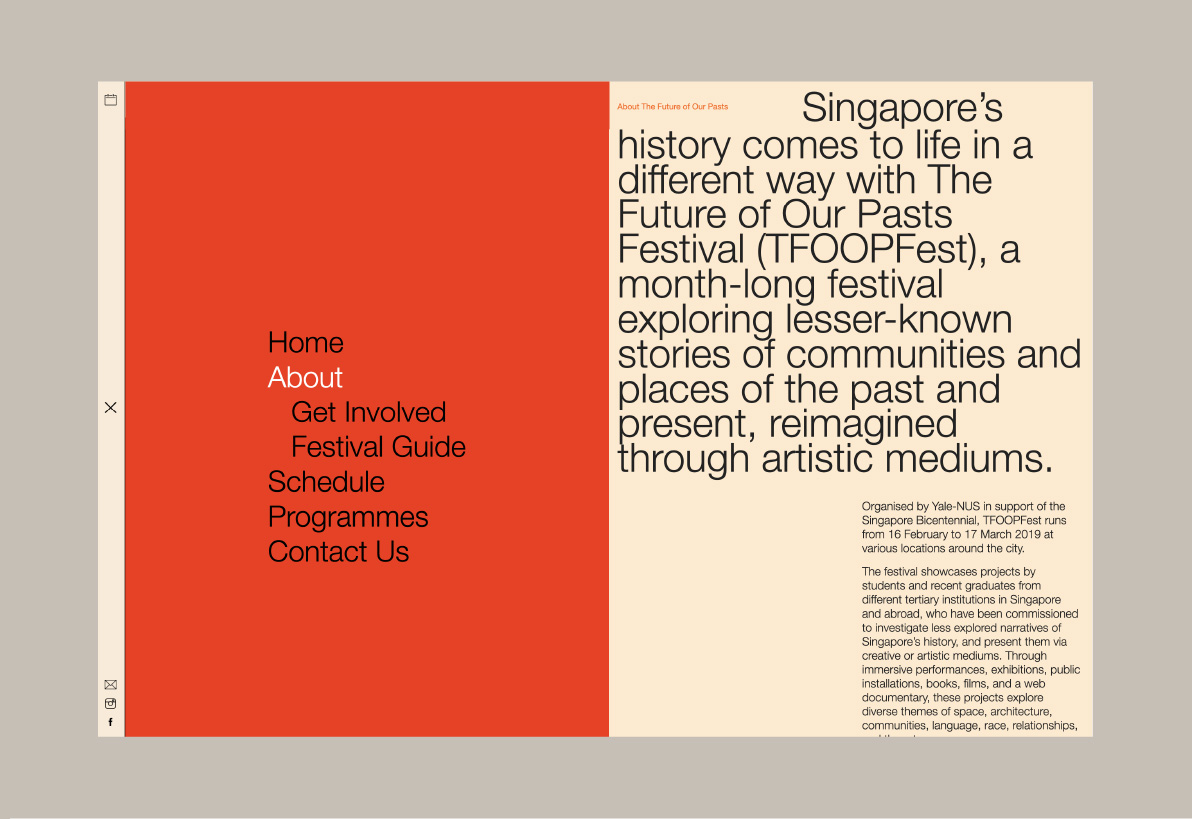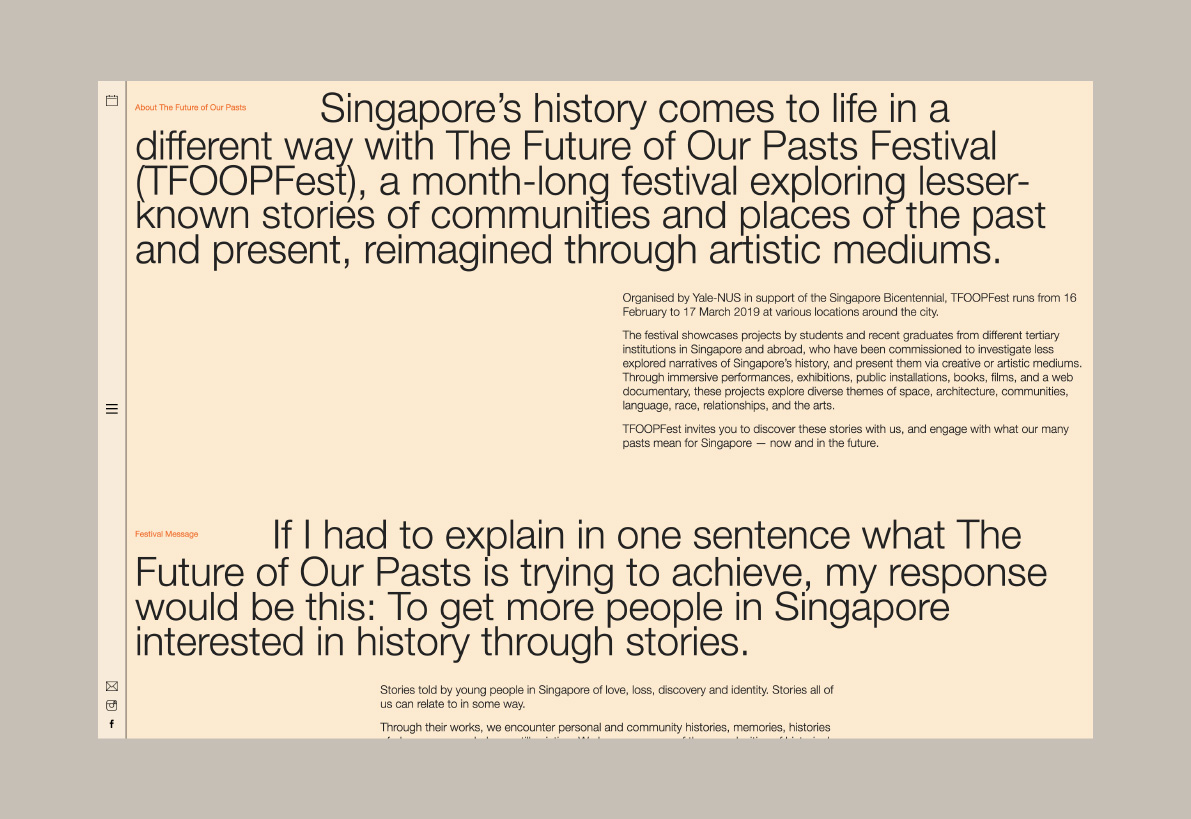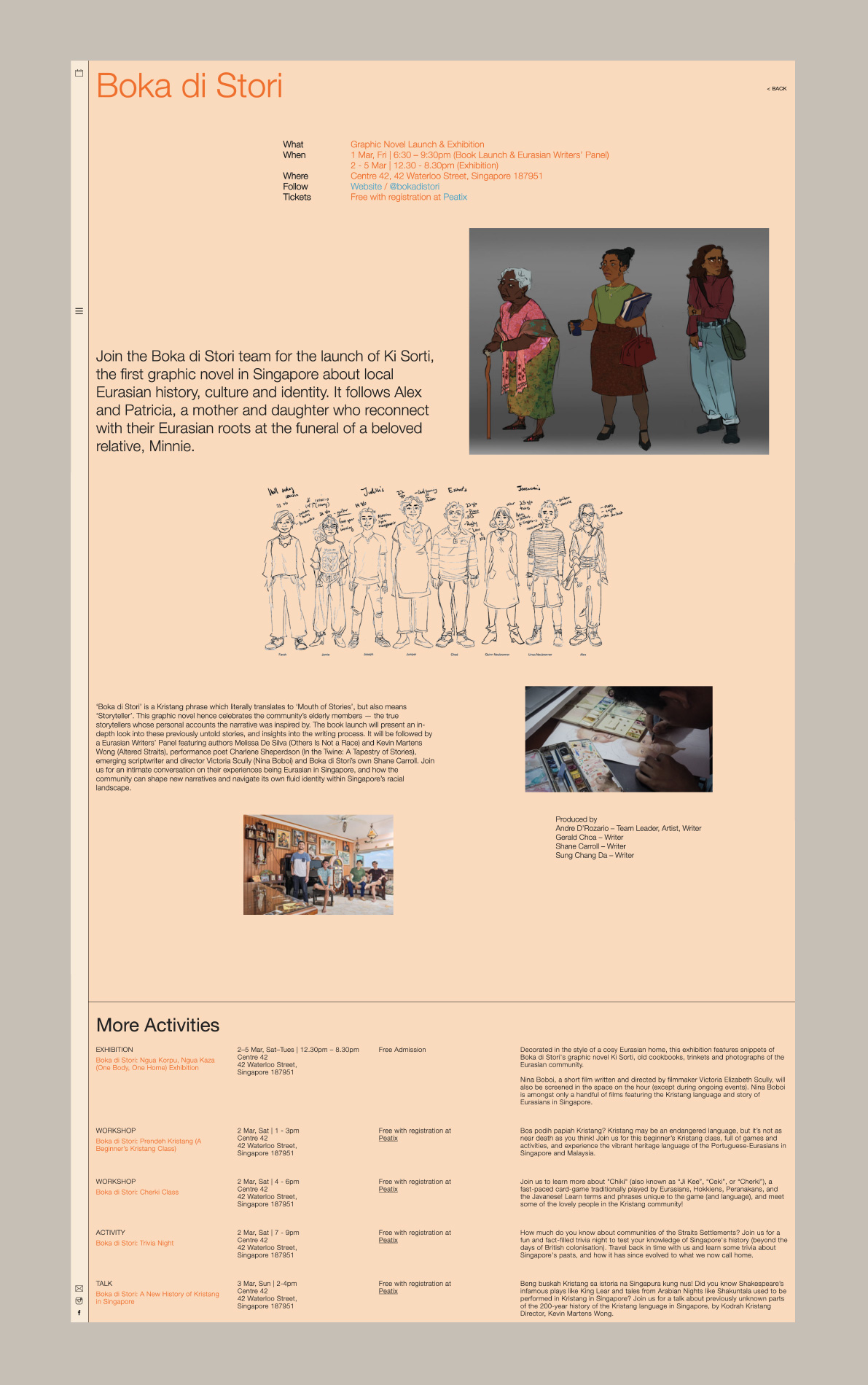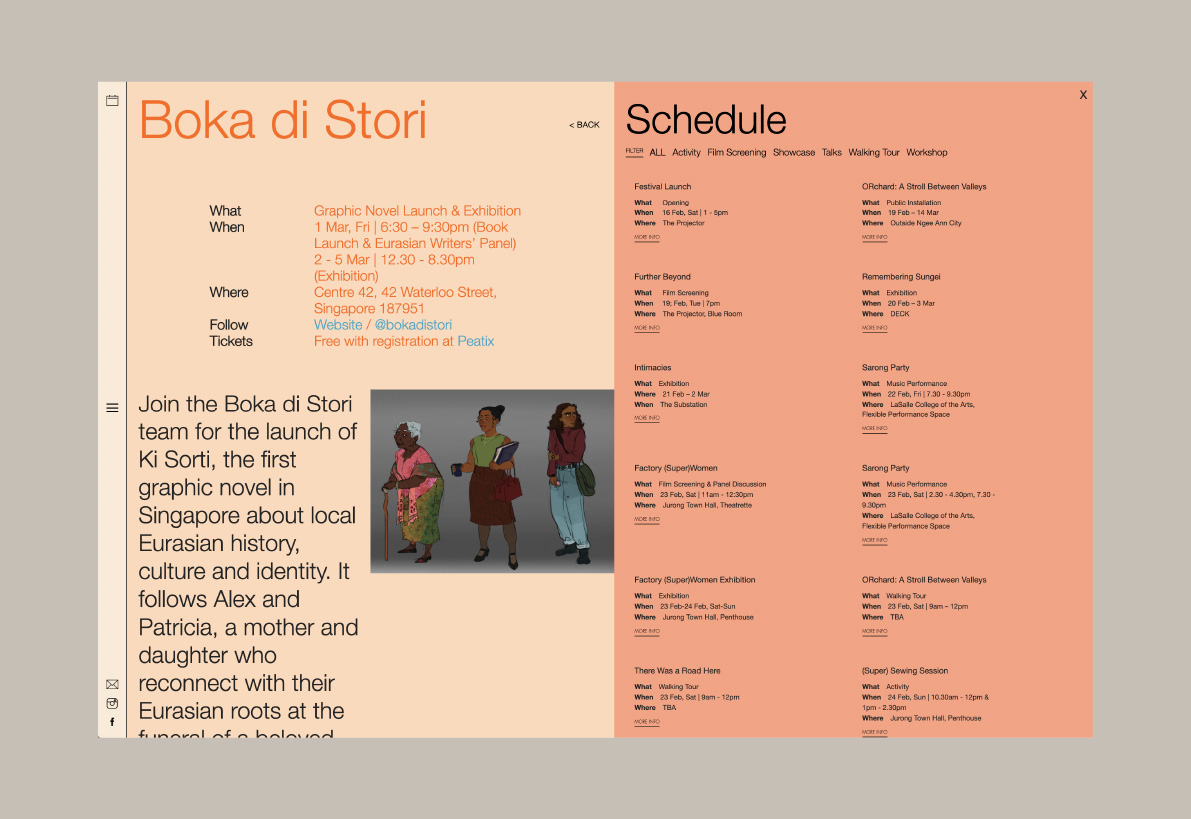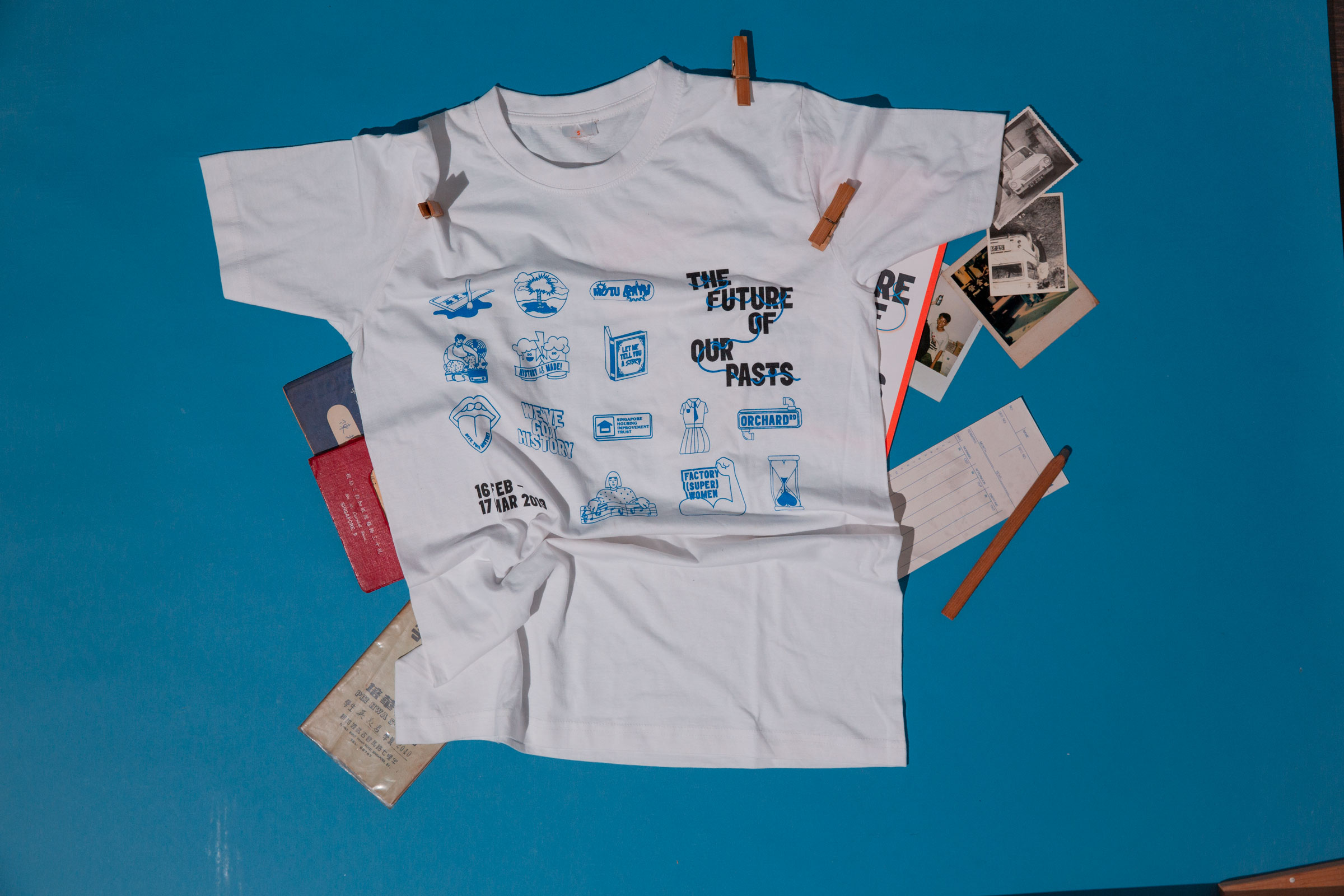Do Not Design for Dear - a visual language for a media company with an online and print publication for the curious
Dear
Services
Brand Audit
Research & Analysis
Brand Identity
Communication Strategy
Creative Direction
Design Direction
User Experience
User Interface
Website
Creative direction
Yanda
Design & Art direction
Yanda / Preston Tham / Edward Harland
Illustration
Stephanie Christy Lim / Sweet Gamboa / Jordi Ng / Amy Ong
Editorial Writing
Jethro Lim / Joyce Yang / Goh Yanhui / Alicia Tan / Charmaine Poh / Joylene Chai
Collaterals Photography
The Gentle Studio
Printing
Allegro Print
Dear is a media company steeped in culture and grounded in locality. Curated for the ever-curious, it comprises of printed magazine, online, broadsheet with a mix of commentary, op-eds, interviews and photo essays as well as research documentaries and city guides.
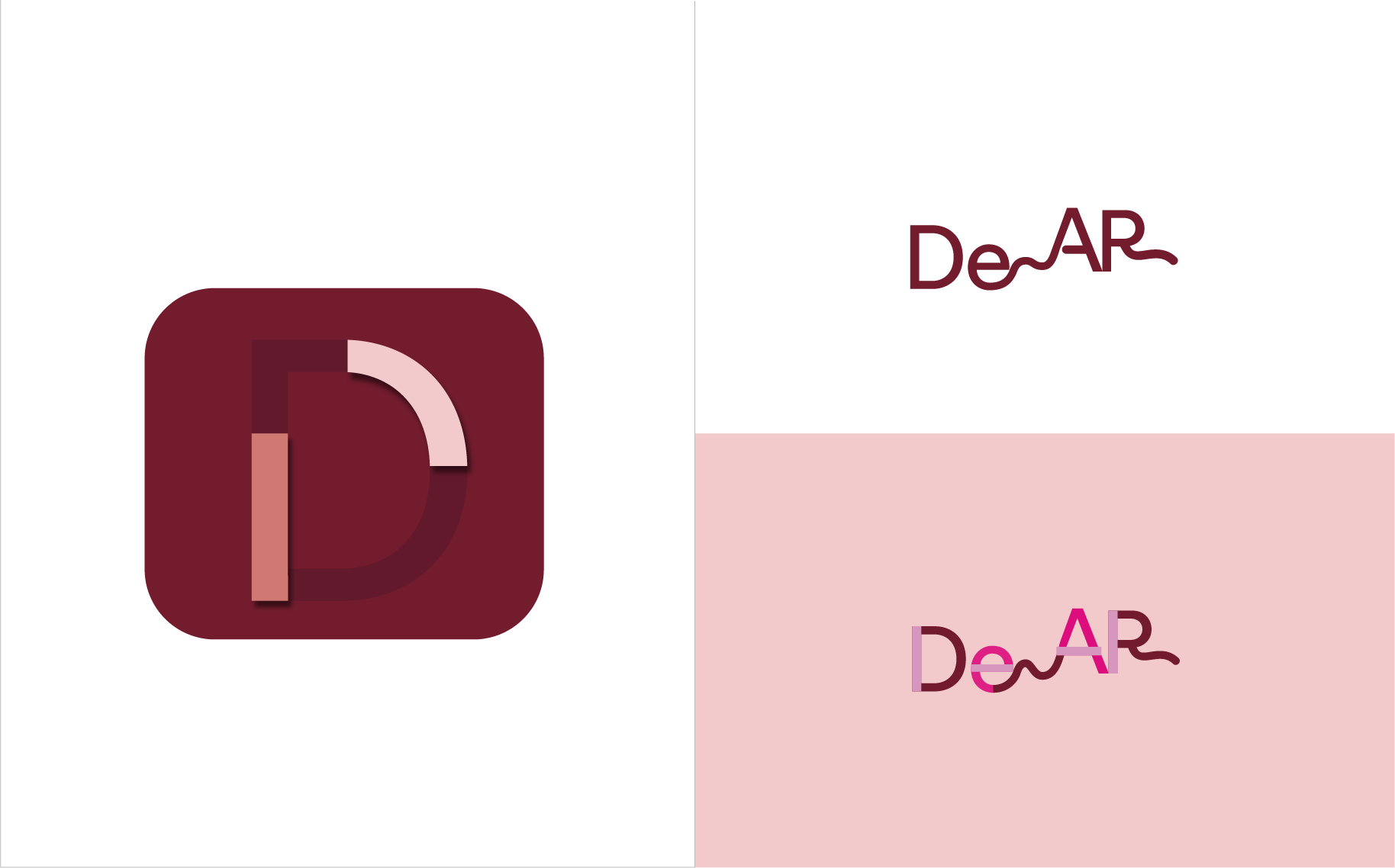
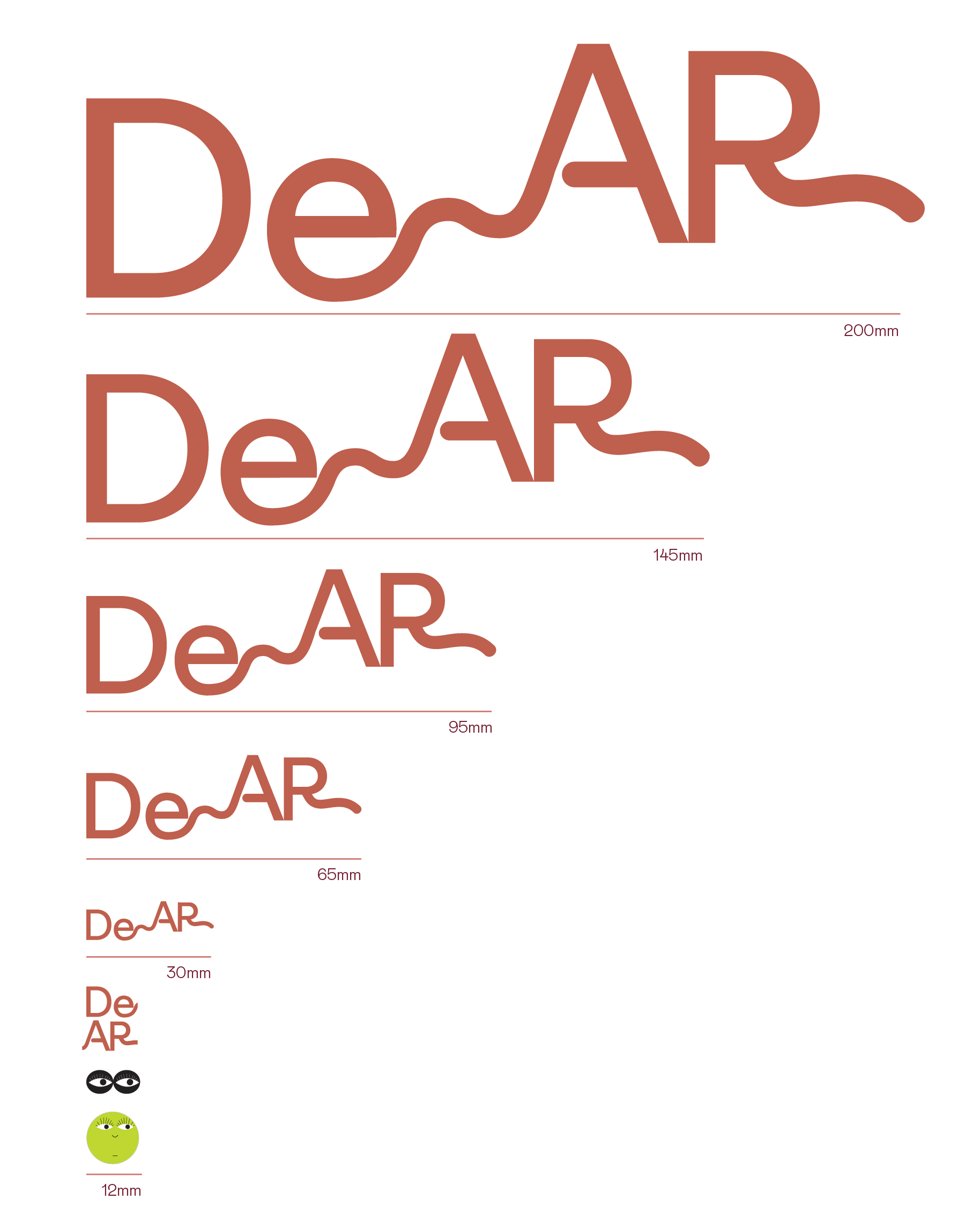
At its core, DEAR is a storyteller. Every read is a journey. Every last word and image elevates the reading experience to one that is immersive and engaging. How much would you pay for a Ramly burger set? How do we save Orchard Road? What if objects had feelings? Our stories are cheeky yet contemplative, with a penchant for the non-conventional. They are written by and for the everyday man, in a celebration of never-ending curiosity.
Identity—
Dear is personal yet distant, a double entendre that entails both fondness and formality at the same time. Termed with a sense of endearment, it characterises affection from our dearest; Termed as a form of salutation, it delineates a standard greeting in our emails.
Preserving the personal touch of DEAR, our logo’s word mark uses a handwritten, organic line that symbolises the channel of connection that we stand for. It is designed for all contexts from digital to print, in which legibility plays a paramount role throughout.
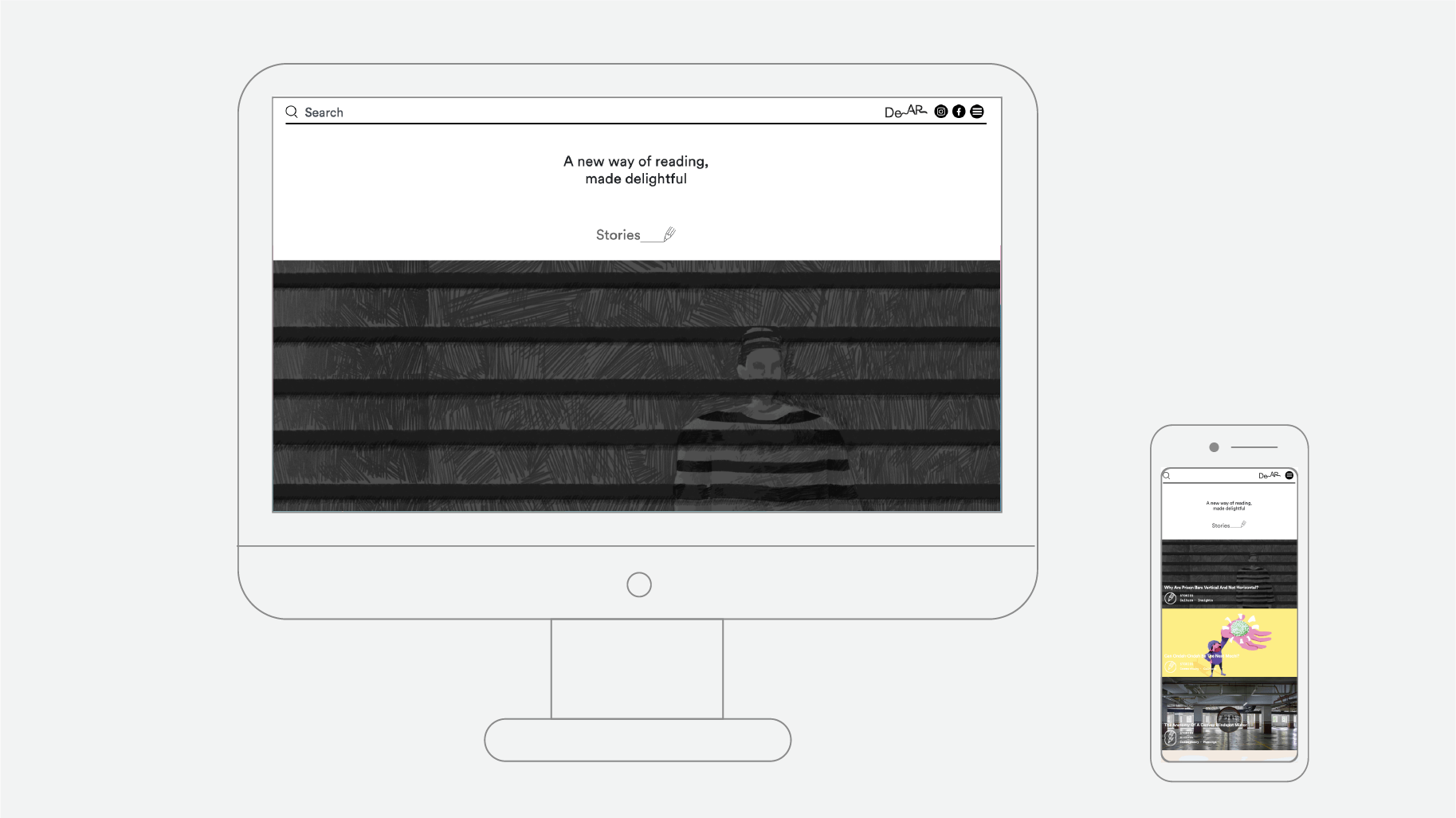

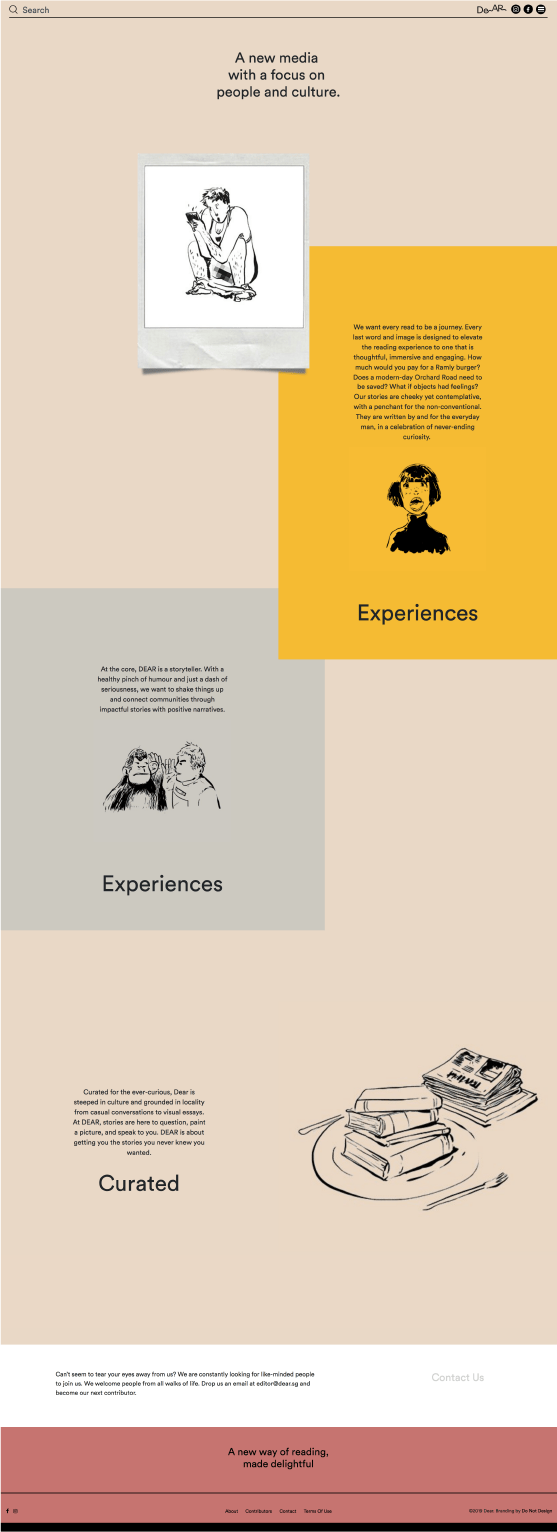

With a healthy pinch of humour and a trifle of seriousness, we want to shake things up and connect communities through insightful and thoughtful narratives. From casual conversations to visual essays, our stories are here to question, paint a picture, and speak to you. DEAR is about uncovering the little oddities in everyday life, getting you the stories you never knew you wanted.

UIUX
Our website is designed to be modular for all screens. Small or big, we ensure that your reading experience is fuss-free and plain sailing. Apart from eye-catching visuals, subtle design elements complement the experience that assures spellbound attention from you.
Experience and Story
Divulge the delights of reading. That’s what we want to do. Each and every story is stripped to its core, researched to its demise with no stones unturned. The long and short of it- we have it all covered. With our visuals taking centre stage, our stories shy no less of its limelight through its subtle yet canny voice which offers alternative angles to ordinary (or not so) affairs.
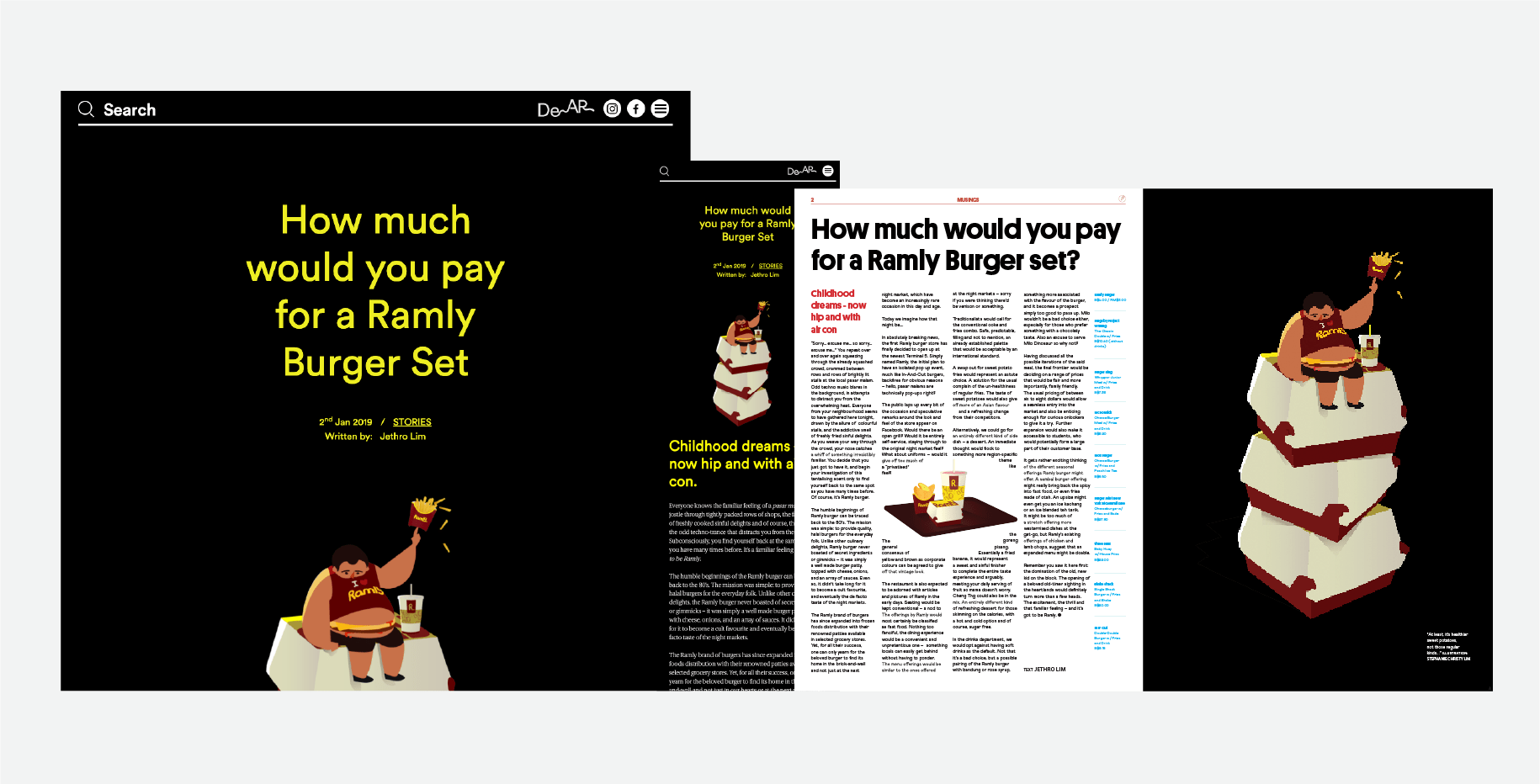


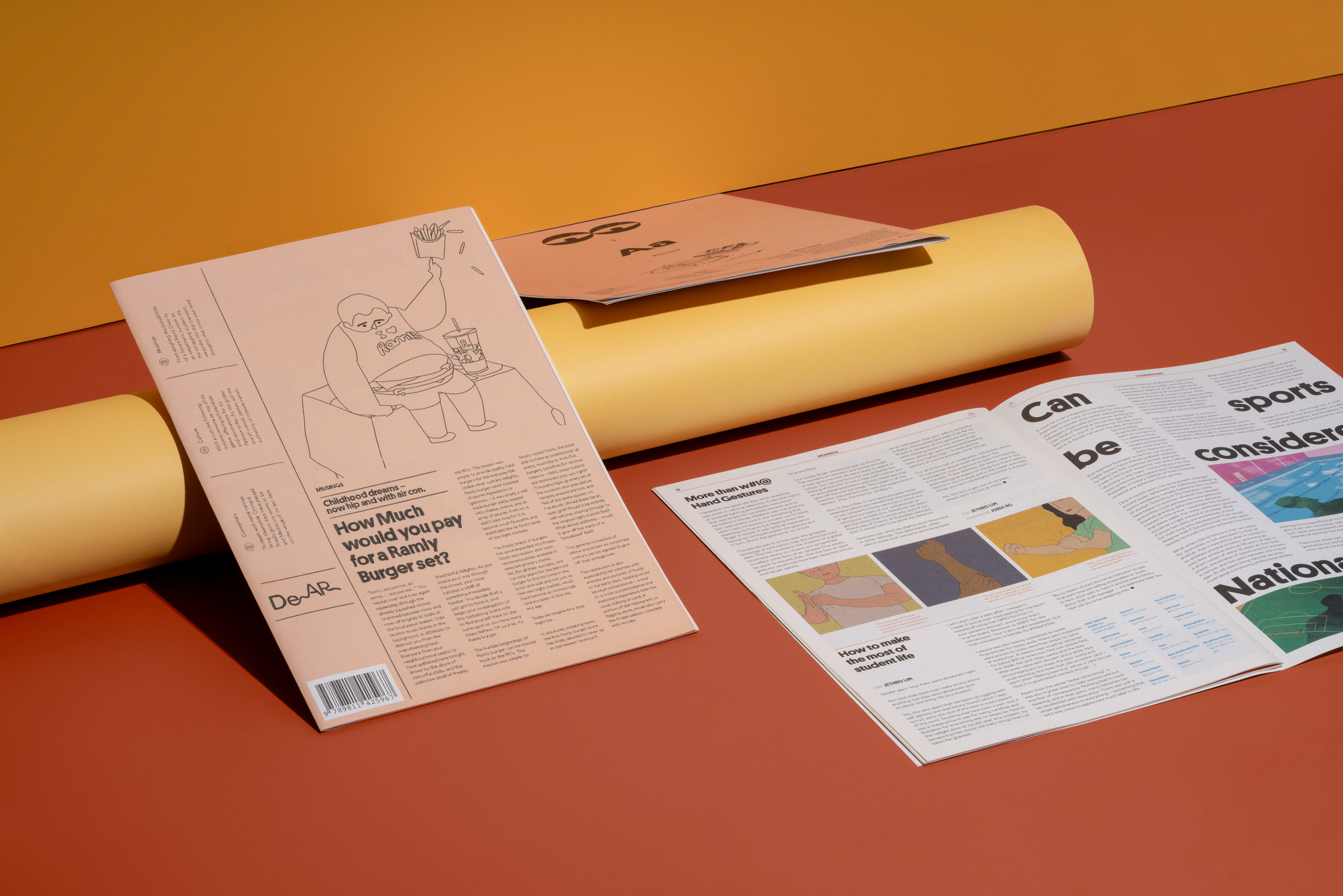
A combination of illustration, art direction, design and writing come together to breathe new life into storytelling, making reading that much more robust, immersive and exciting. Where words come to life and imagery elevates everyday reading experiences, DEAR is about capturing the essence of what makes a story— the little oddities in everyday life, and a sense of never-ending curiosity of the world. From casual conversations to visual essays, our stories embody the joy of reading across various mediums.
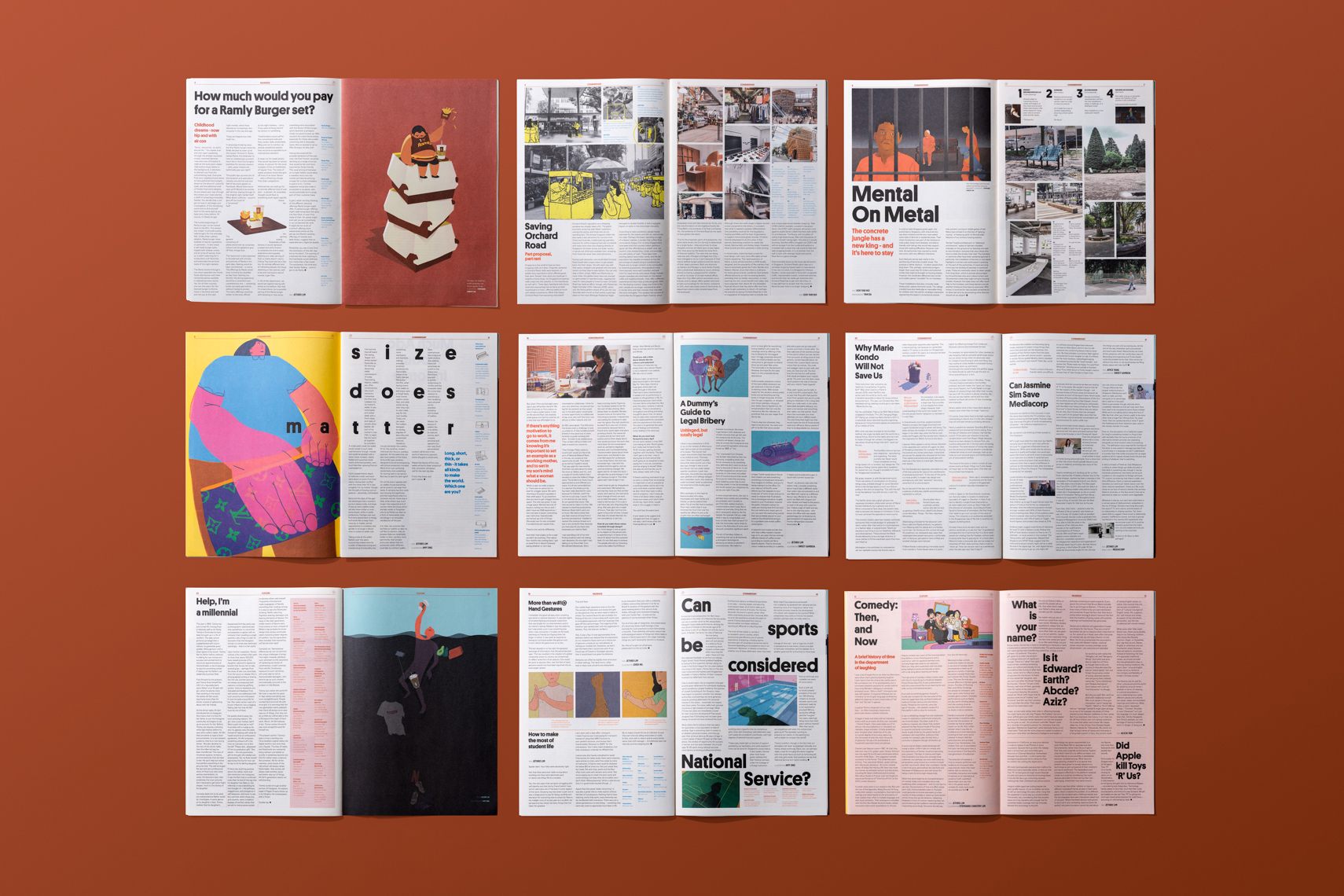
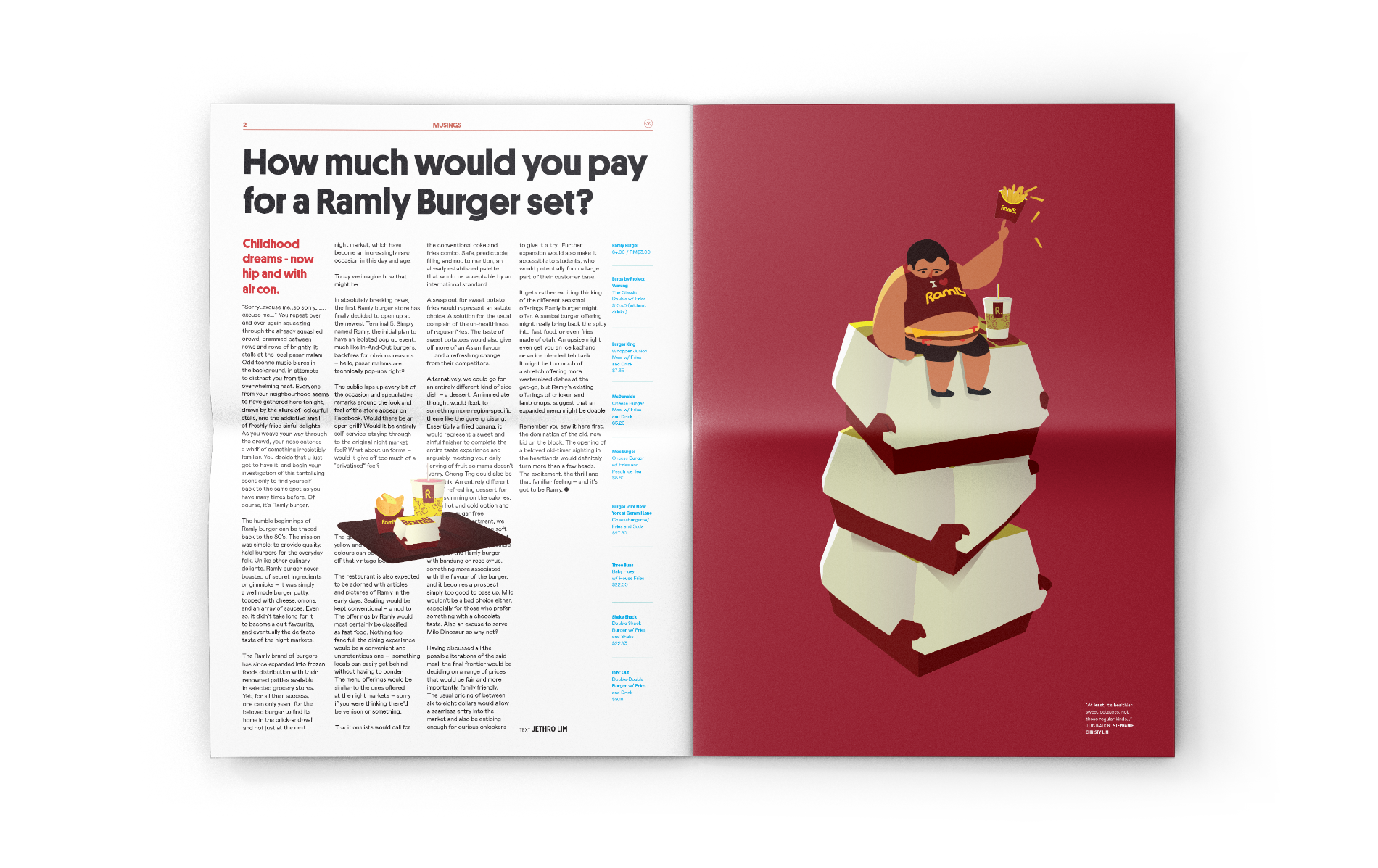
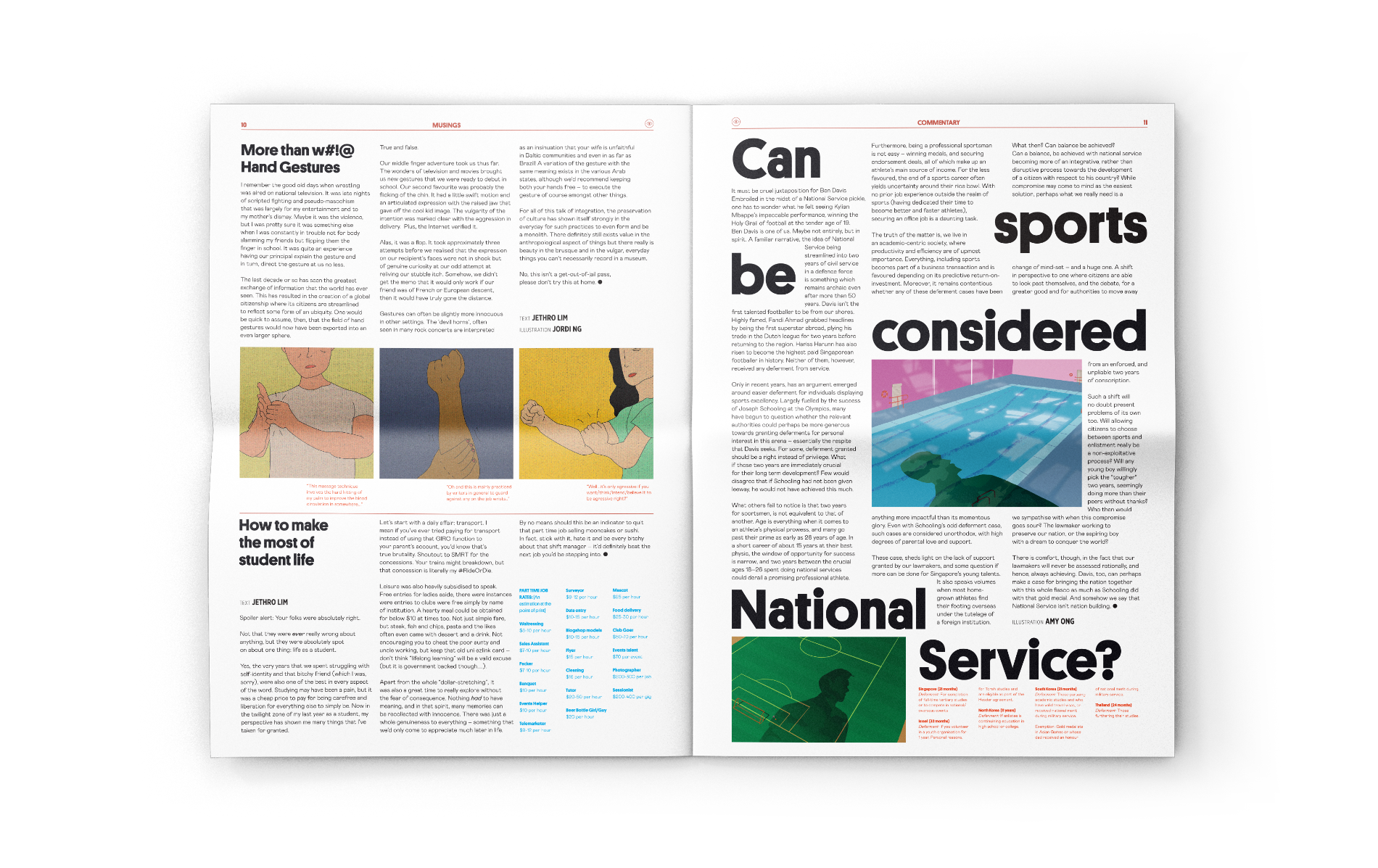
Our stories are a combination of illustration, art direction and design, paired with writing to breathe new life into experiential storytelling, making reading that much more robust and exciting. Where words and imagery come to life to elevate ordinary reading experiences, DEAR is about capturing the essence of what makes a story— the little oddities in everyday life, and a sense of never-ending curiosity of the world. From casual conversations to visual essays, our stories embody the joy of reading across various mediums.
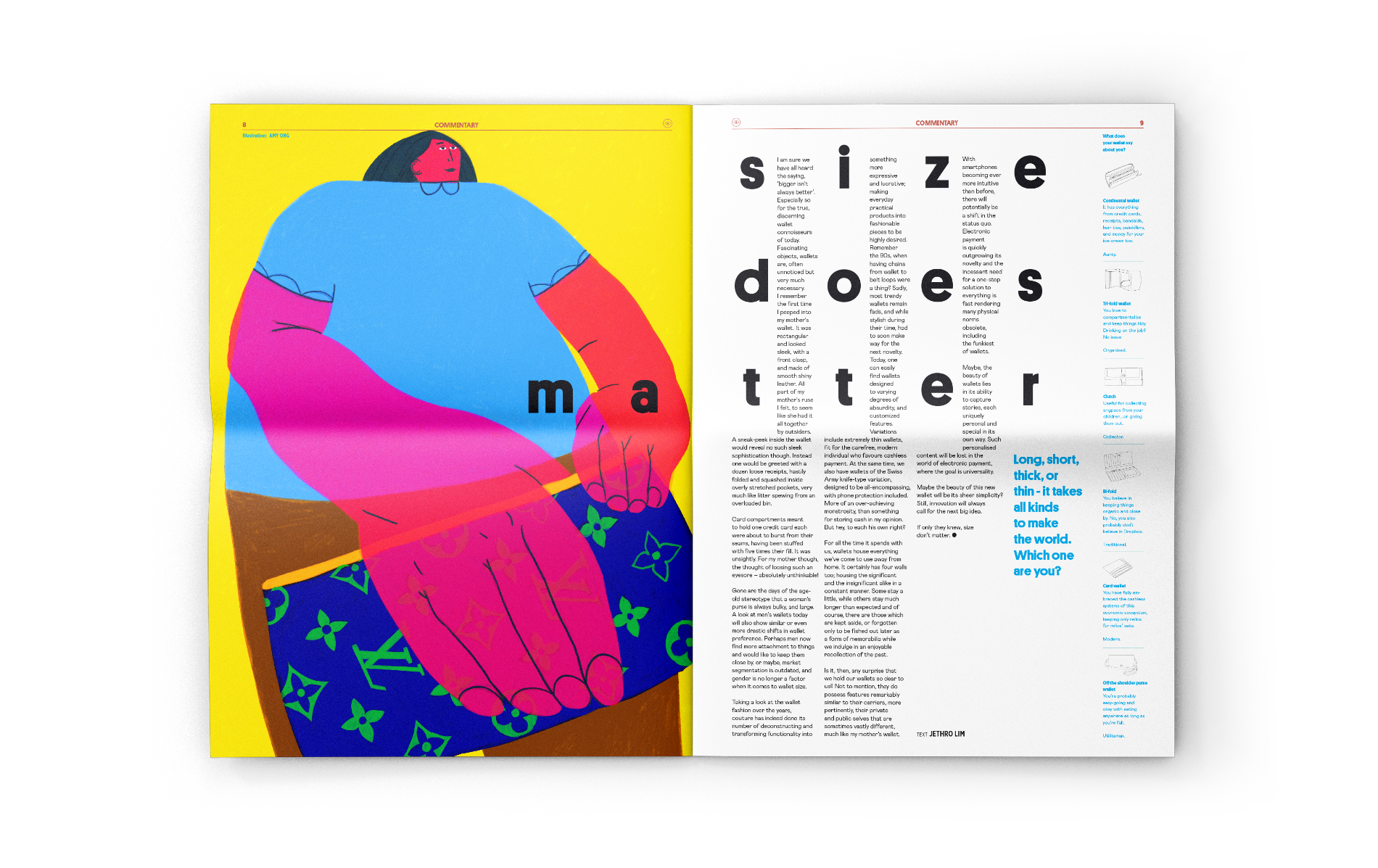

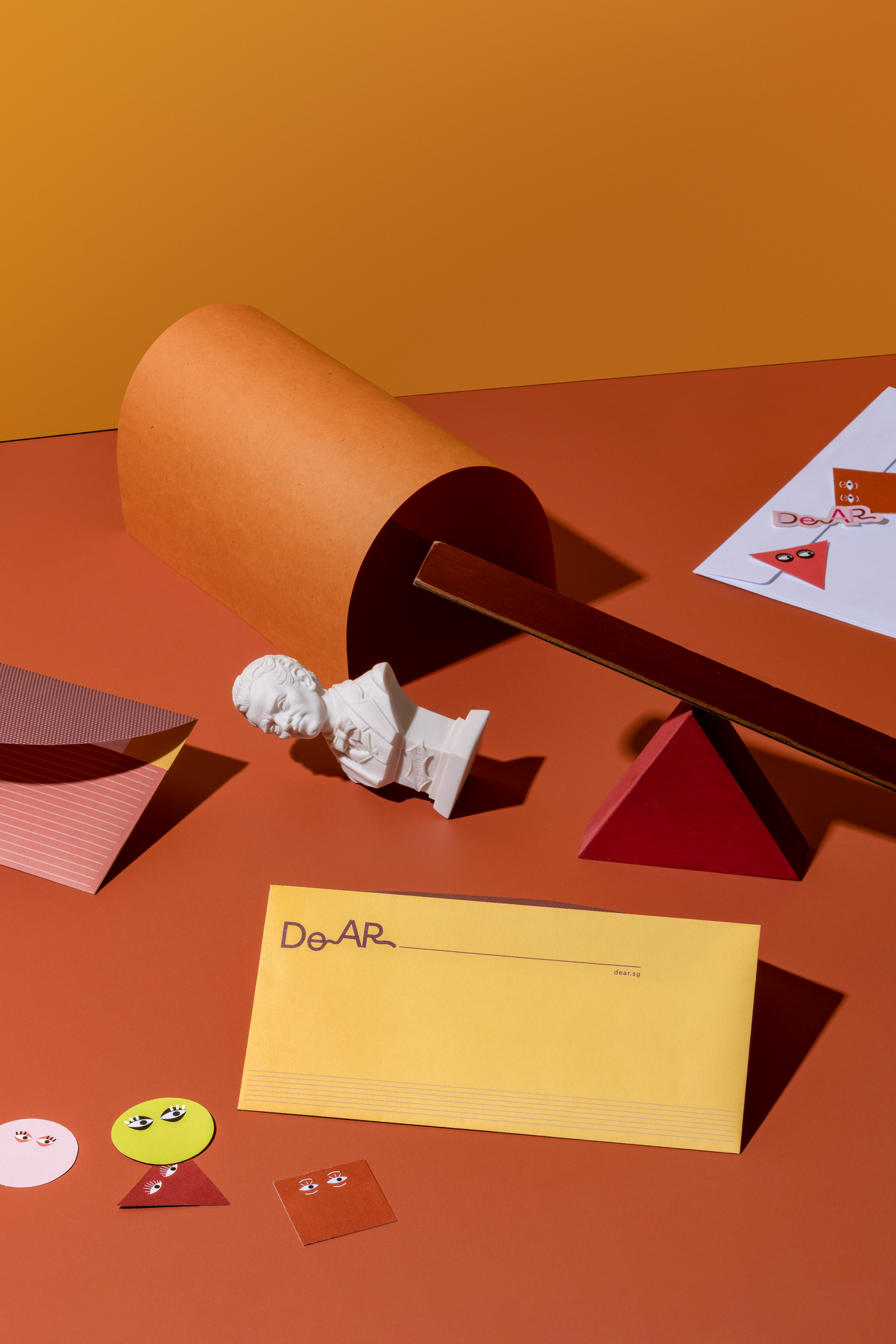

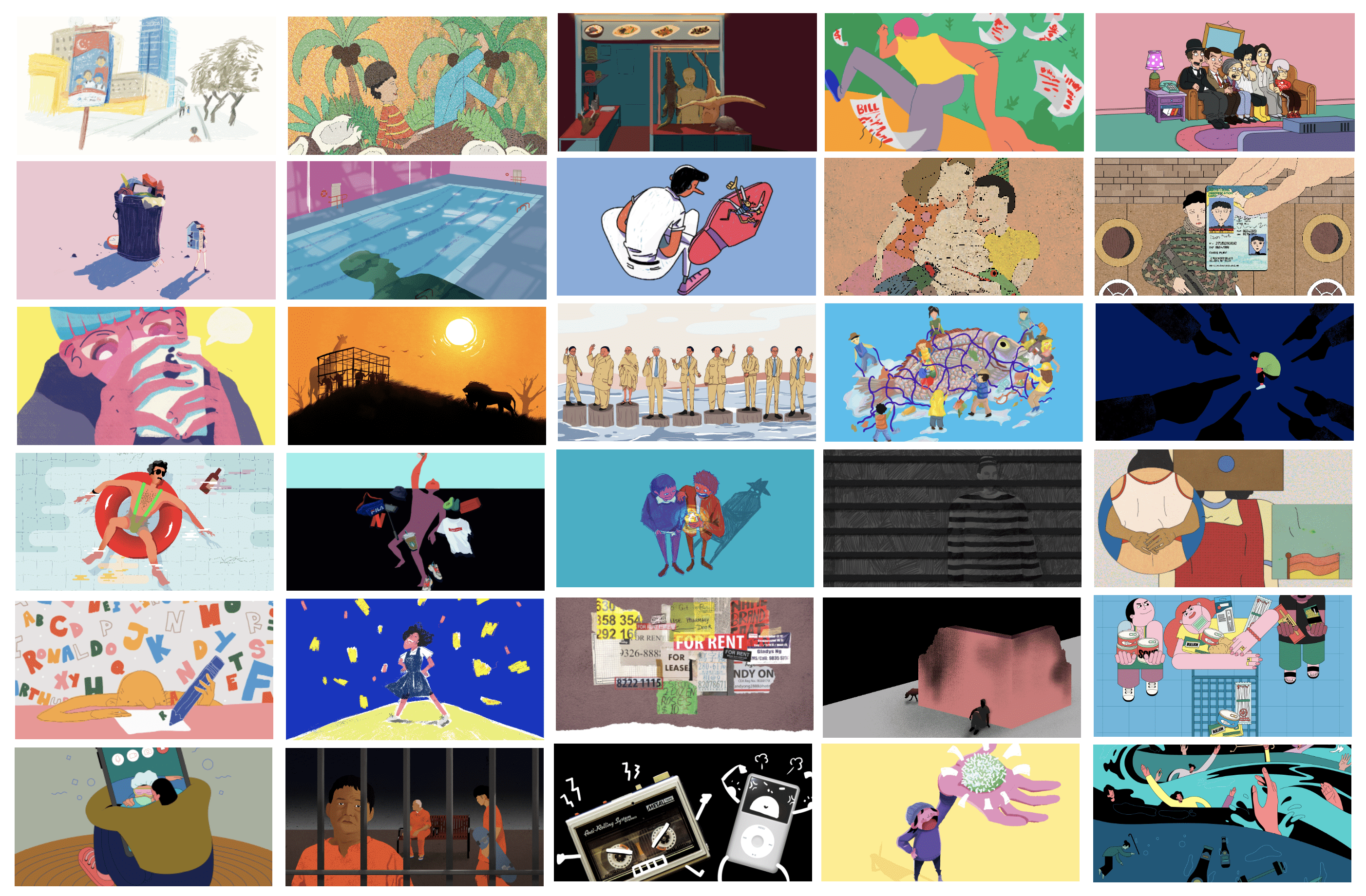
Our stories are a combination of illustration, art direction and design, paired with writing to breathe new life into experiential storytelling, making reading that much more robust and exciting. Where words and imagery come to life to elevate ordinary reading experiences, DEAR is about capturing the essence of what makes a story— the little oddities in everyday life, and a sense of never-ending curiosity of the world. From casual conversations to visual essays, our stories embody the joy of reading across various mediums.
Do Not Design
Work with us — write to we@donotdesign.com
©2009—2021


















